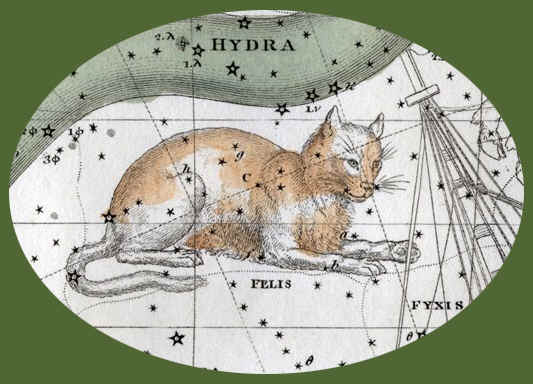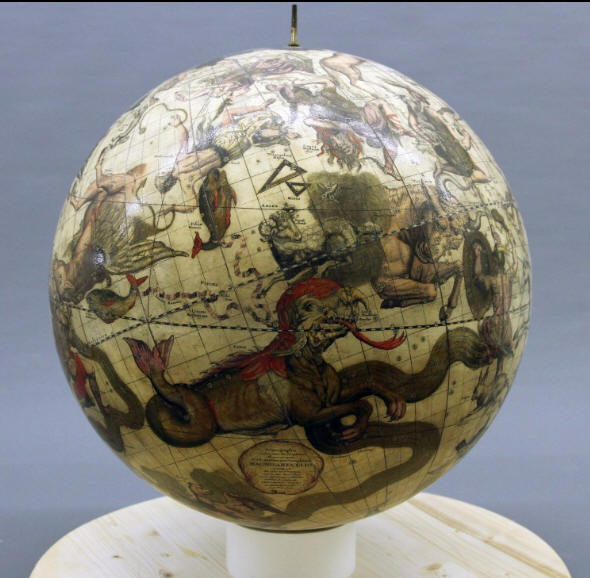
|
Gerard Valk e con Leonard Valk |
Uranographia Caelum omne hic Complectens, Illa pro ut aucta, et ad annum 1700 Completum MAGNO ab HEVELIO correcta est… Amsterdam 1700 Edizione del 1715
|
Gerard Valk
Uranographia Caelum omne hic Complectens, Illa pro ut aucta, et ad annum 1700 Completum MAGNO ab HEVELIO correcta est…, Amsterdam 1700

Il globo celeste di questa pagina, 15 pollici di diametro, θ presentato per cortesia di Barry Lawrence Ruderman, che attualmente lo pone in vendita in coppia con un globo terrestre dello stesso autore prodotto nel 1707.
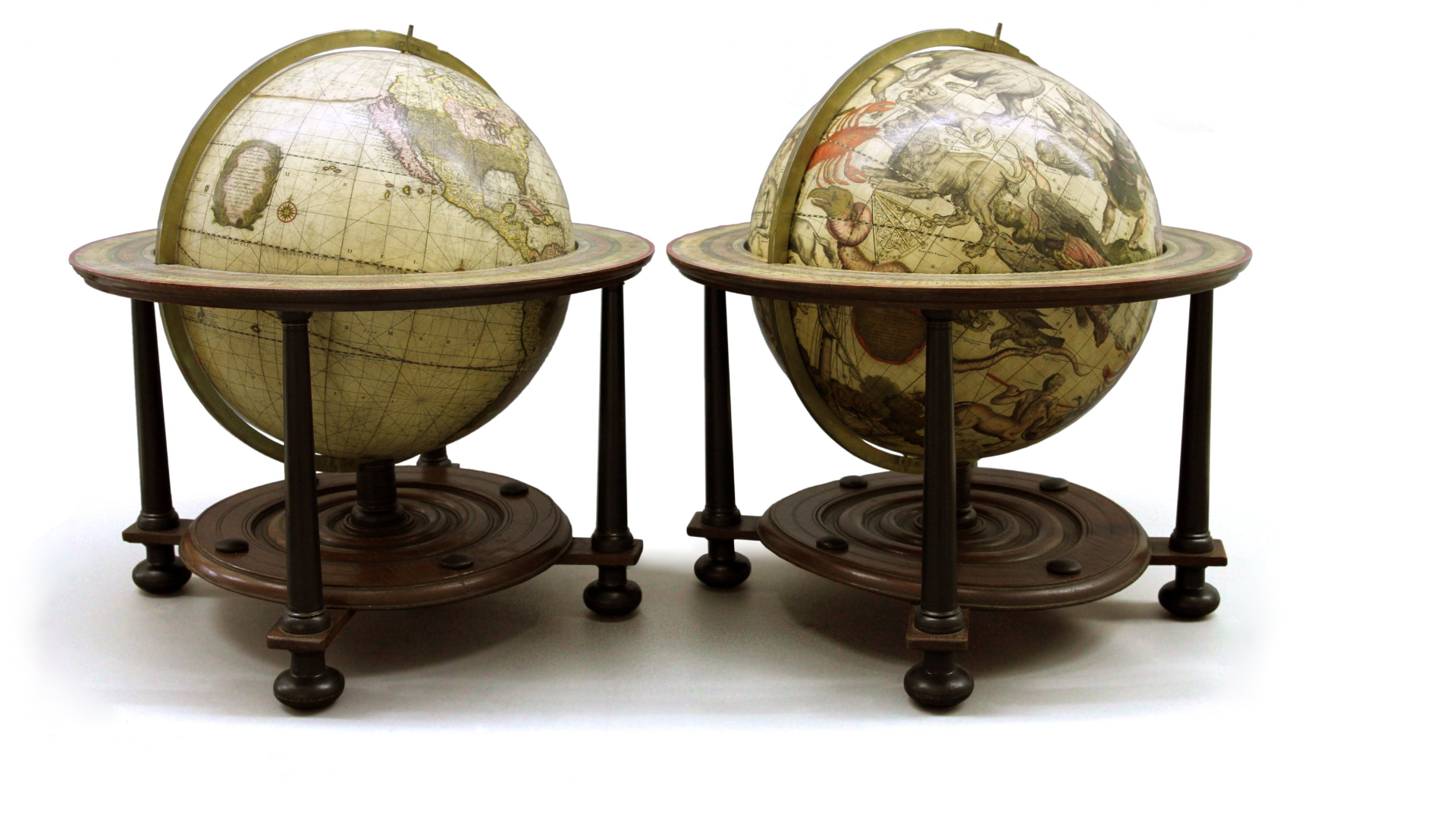
Presentazione a cura di
Barry Lawrence Ruderman
The globes come from the German castle Schloss Breitenburg, the ancestral home of the Counts of Rantzau in Schleswig.
Celestial globe title:
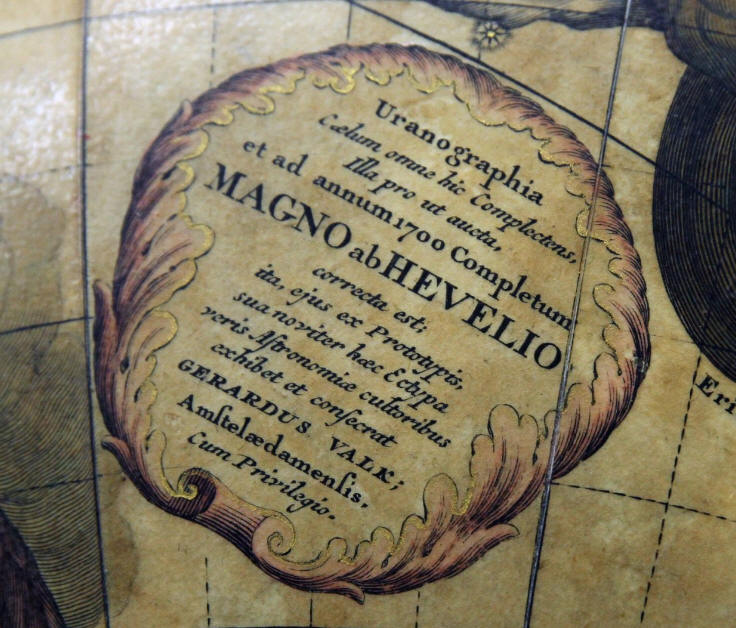
Uranographia Caelum omne hic Complectens, Illa pro ut aucta, et ad annum 1700 Completum MAGNO ab HEVELIO correcta est: ita, ejus ex Prototypis, sua noviter haec Ectypa veris Astronomiae cultoribus exhibet et consecrat GERARDUS VALK; Amstelaedamensis Cum Priviligio.
Translation:
Uranographia, comprising the whole sky, as it was augmented and corrected for the year 1700 by the great Hevelius. Thus from his prototypes, Gerard Valk of Amsterdam offers and dedicates these new engravings to true devotees of astronomy. With privilege
Near the constellation "Hydra" is the legend reading:
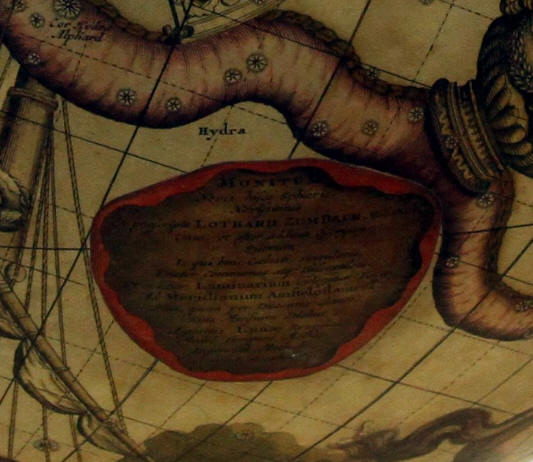
"Monitum Novis hisce Sphaeris Novissimus. Ex praescripto Lotharii Zum-Bach Med. Doct. unus, et alter additus Horizon : Quorum Is, qui huic Caelesti singularis, Praeter Communes atque Bissextilem, Ut exactior, Luminarium indigetur Locus ad Meridianum Amstelodamens. Plus quam per Ducentos Annos, Suis Mensium Diebus Appositas Lunae Syzygias, Medio Tempore Medias, Ingeniosa Methodo et emit, et exhibet.
Translation:
"Notice. To these our spheres, in accord with the directions of Lothar Zum Bach, Doctor of Medicine, there has been added one very recent, and also a second horizon; of these two the one which belongs to the celestial globe has in addition the common and bissextile years, in order that the location of the stars may the more exactly be discovered; it both works out and exhibits by an ingenious method, according to the meridian of Amsterdam, over a space of more than two hundred years the syzygies of the moon placed opposite their proper days of the month, the middle ones being in the middle time."
Terrestrial globe title:
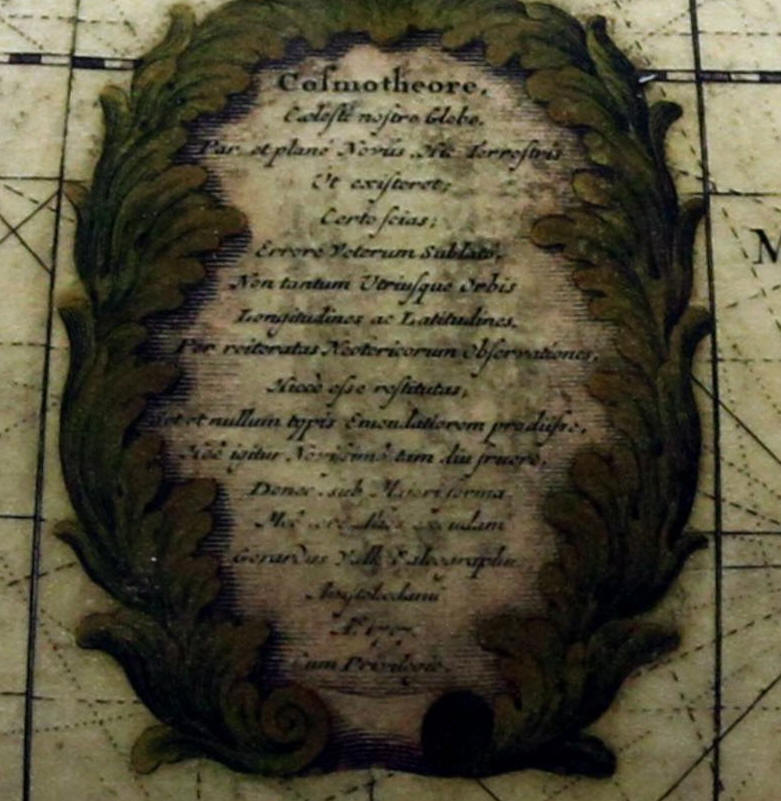
Cosmotheore, caelesti nostro globo, par, et plan novus, hic terrestris ut existeret; certo scias: errore veterum sublato, non tantum utriusque orbis longitudines ac latitudines, per reiteratas Neotericorum observationes hicce esse restitutas; sedet nullum typis emendatiorem prodiisse. Hoc igitur novissimo tam diu fruere, donec, sub majori forma, meo aere alios excudemus. Ger. et Leon. Valk calcographi Amstelaedami, revis: Ao 1707 cum privilegio.
Translation:
Sky-watcher, you may be sure that this terrestrial globe is equal to our celestial one, and is completely new. After removing the errors of the ancients, not only have the longitudes and latitudes of both worlds been put right according to the repeated observations of modern scholars but in addition, no better-corrected version has come forward. Therefore, be delighted by this very newest version, until I engrave others in a larger size. Gerard Valk, engraver, at Amsterdam, in the year 1707, with privilege.
Gerard Valk Biography
Gerard Valk, or Gerrit Leendertsz Valck (1652-1726) together with his son Leonard, were the only significant publishers of globes in the Netherlands in the eighteenth century, enjoying an almost total monopoly in the first half of the 1700's. Initially an engraver and art dealer, and having worked for map-sellers Christopher Browne and David Loggan in London between 1672 and 1679, Valk established the firm in Amsterdam in 1687. Initially, they published maps and atlases, but in 1700 the company moved the shop to the building previously occupied by map and globe-maker Jodocus Hondius. In 1701, he applied for a charter for making globes and the "Planetolabium", designed by Lotharius Zumbach de Coesfelt (1661-1727), an astronomy lecturer at Leiden University. The Valks produced several editions of 3, 6, 9, 12, 15, 18 and 24-inch diameter terrestrial and celestial globes. The cartography, as stated on the cartouche, is based closely on the celestial atlas Uranographia, published in 1687 by the celebrated Polish astronomer Johannes Hevelius (1611-1687).
Around 1711, when he became a member of the bookseller's guild, Leonard Valk (1675-1746) came into partnership and his name started to appear alongside that of his father on the cartouches of the globes, although the earliest of these, both terrestrial and celestial, still bear the date 1700. Leonard naturally took over the business on his father's death in 1726, and following his own death in 1746 the firm was run by Maria Valk, cousin, and wife to Gerard. By then its days of glory had passed. Leonard Valk died in relative poverty: his wife had to take in the washing of their aunt to make ends meet. The late eighteenth century saw a number of successful reissues by publisher Cornelis Covens (1764-1825), who ran the famous cartographical publishing house of Covens & Mortier (1721-1866) in Amsterdam. This firm was the biggest Dutch one for publishing maps in the 18th century. It was located on the Vijgendam (Fig Dam), the southern part of what is now Dam Square, the central hub of the city. They didn't move out of their building, but they did change addresses. At first in 1795 the whole Dam was rebaptized into Revolution Square, then it got the name Napoleon Square, till in 1813 after Napoleon's fall Covens & Mortier were back again at the Vijgendam.
Celestial globe
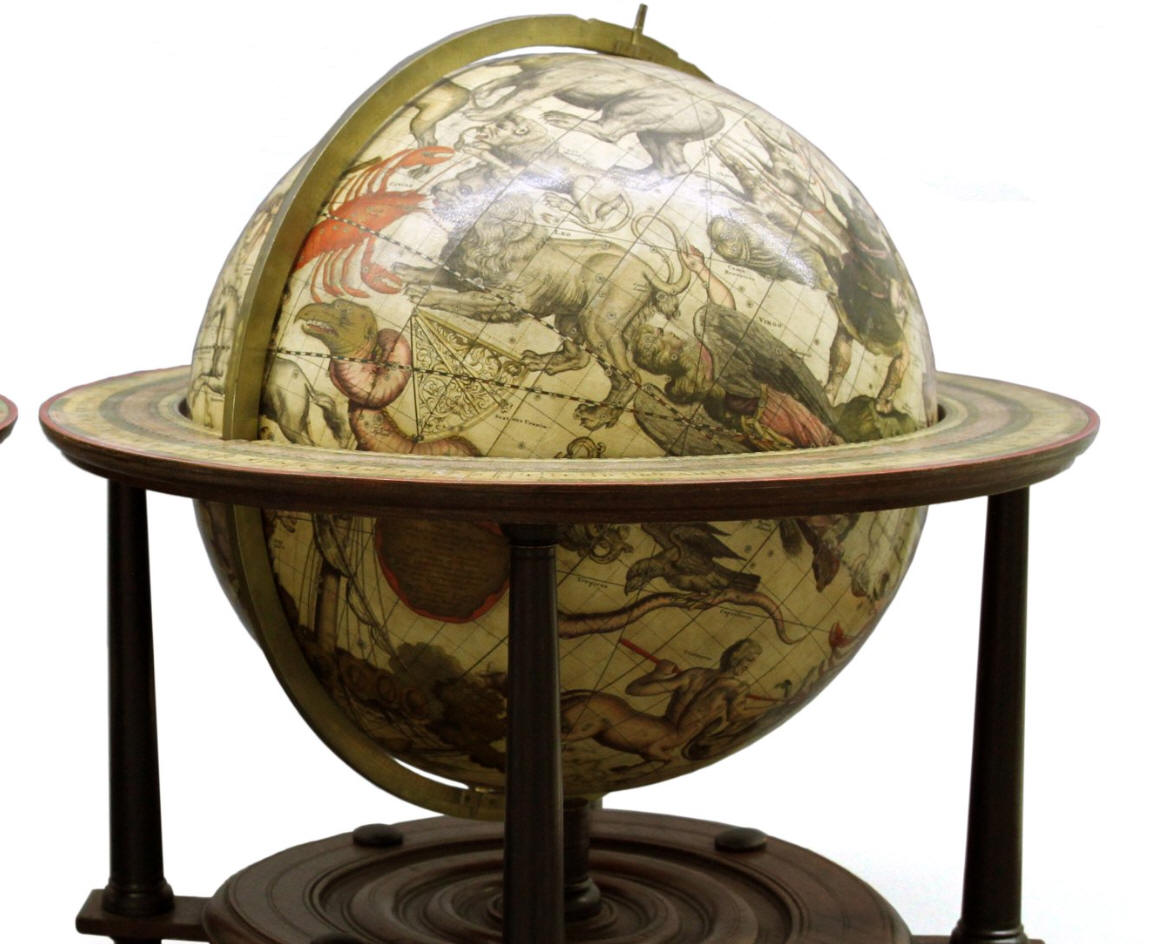
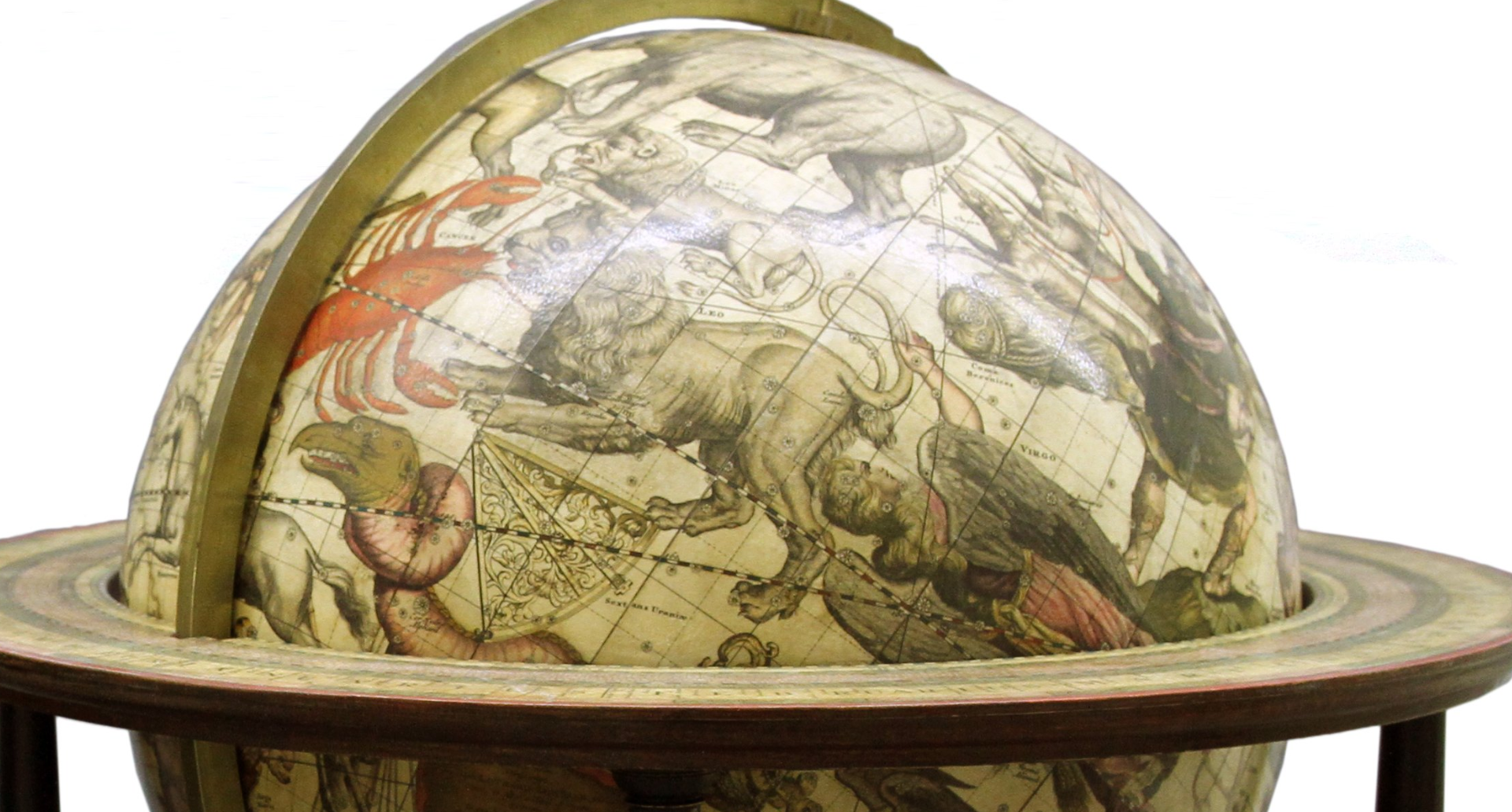
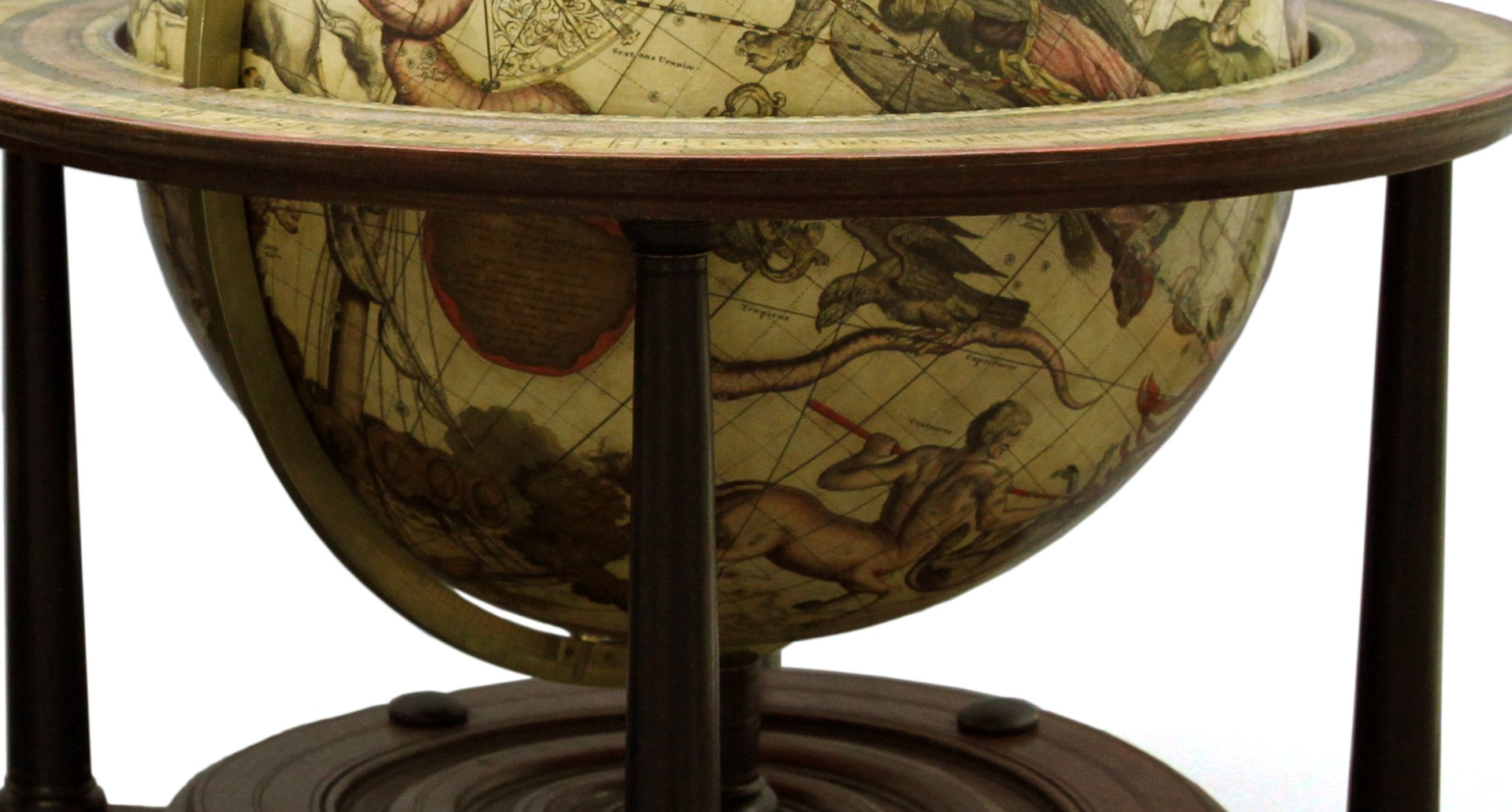
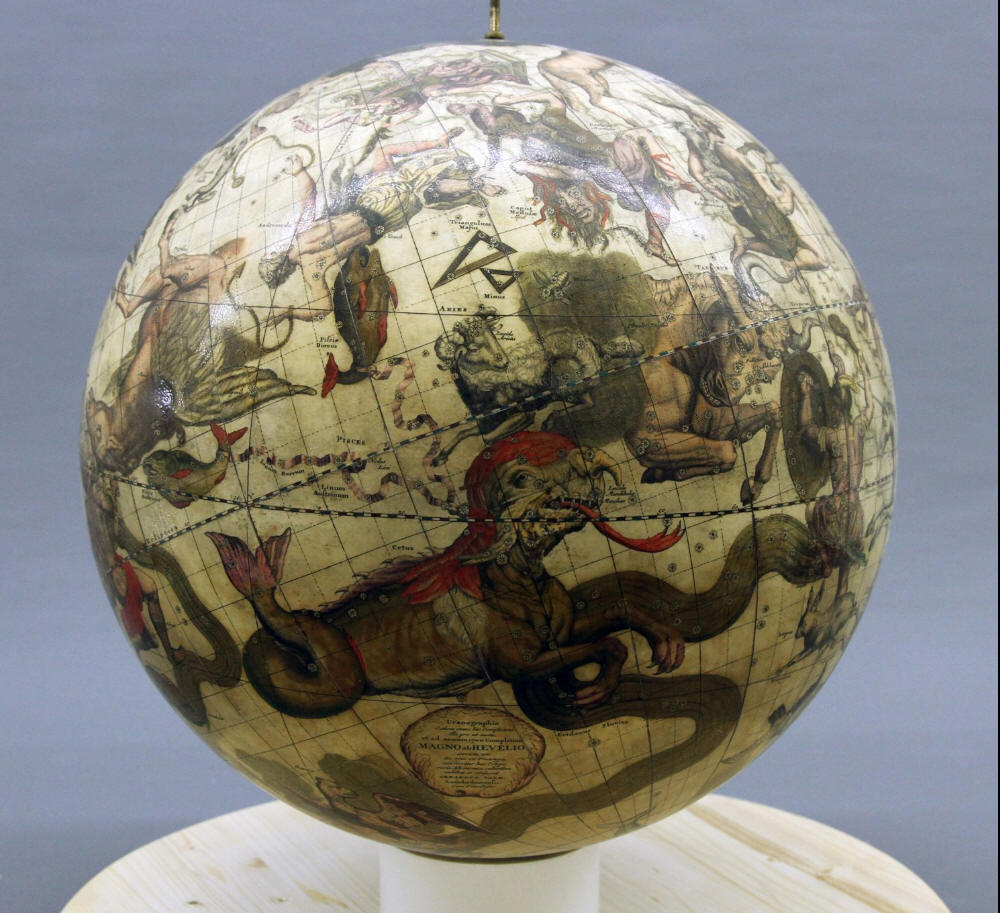
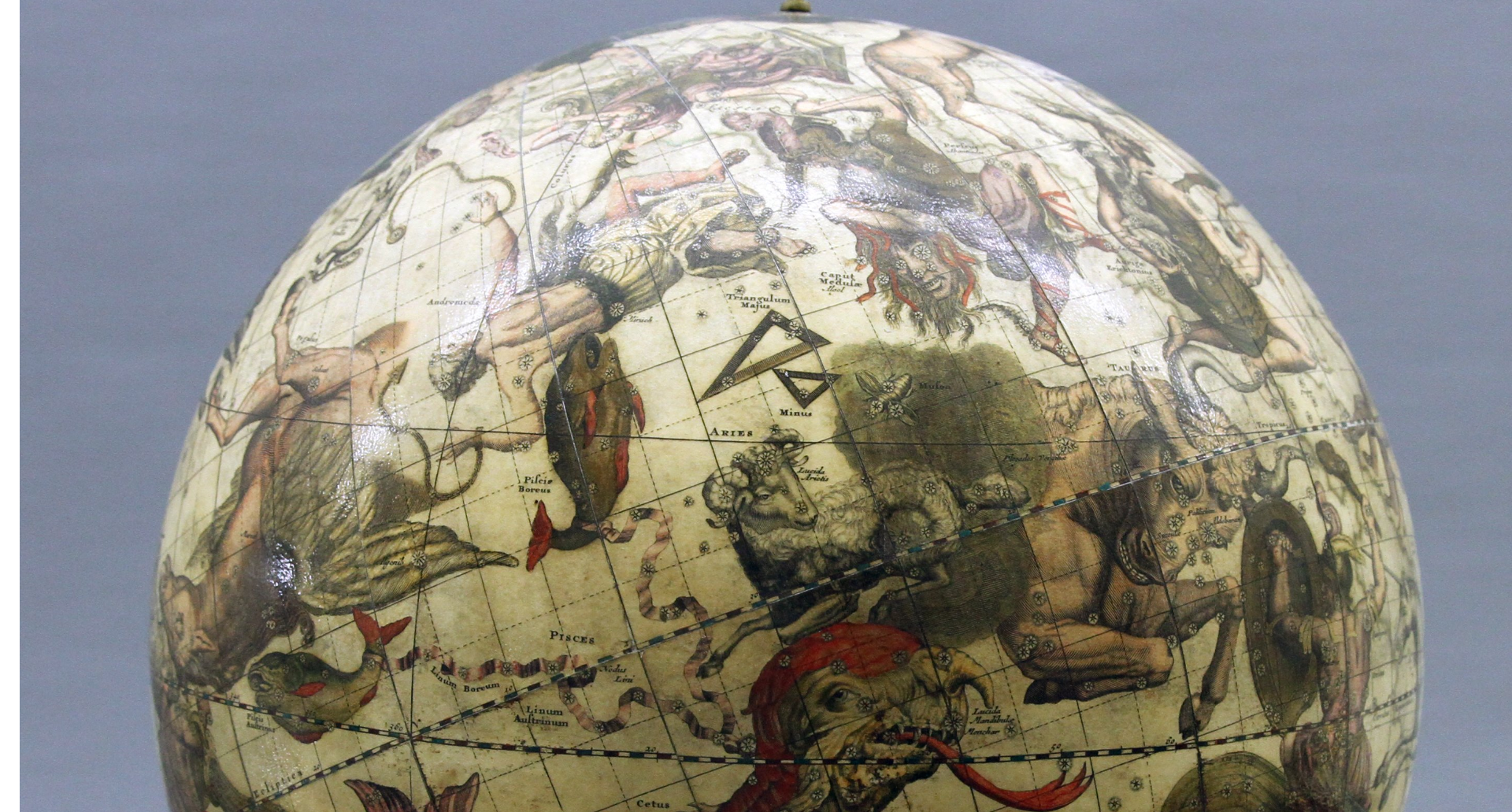
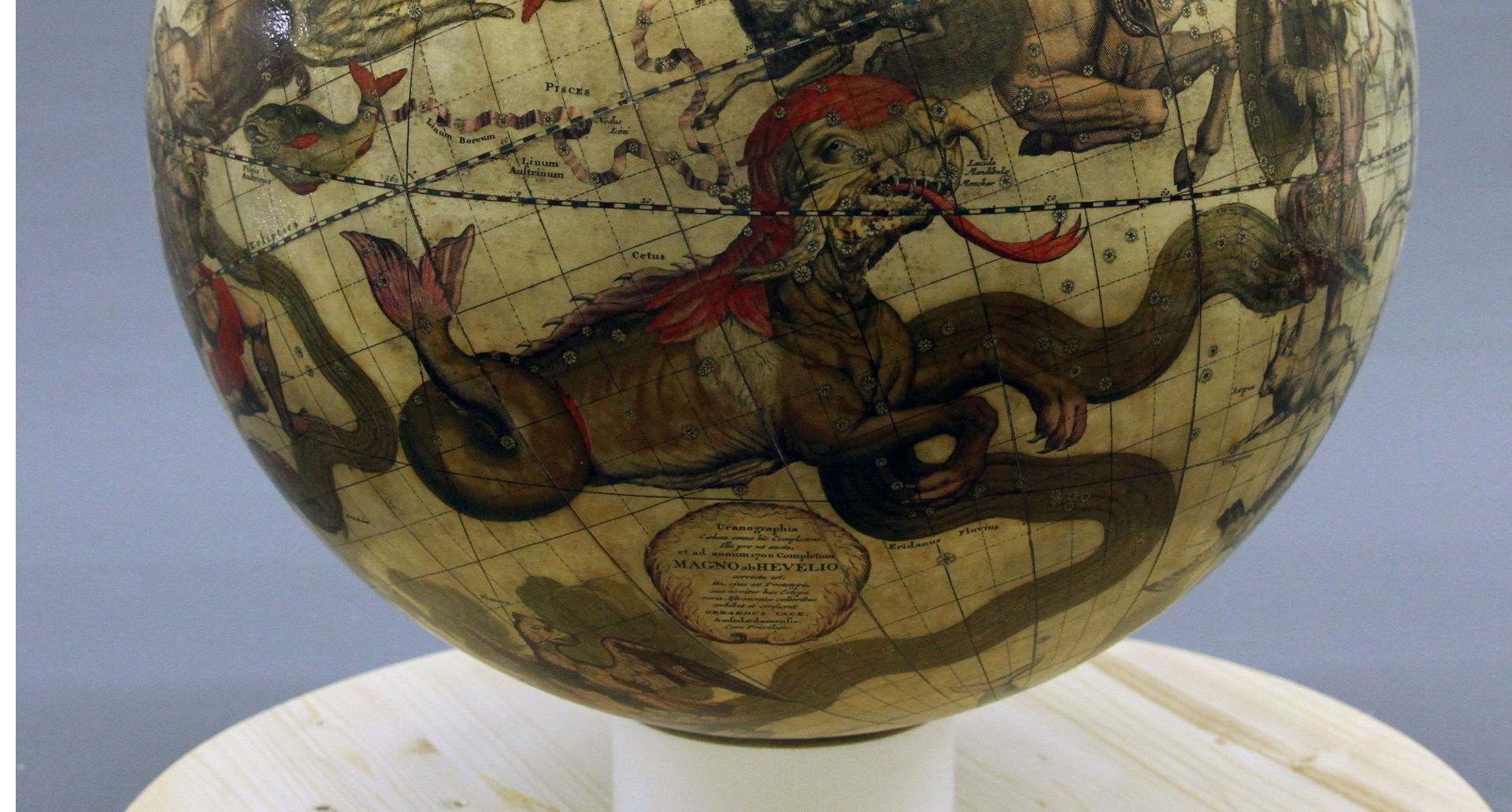
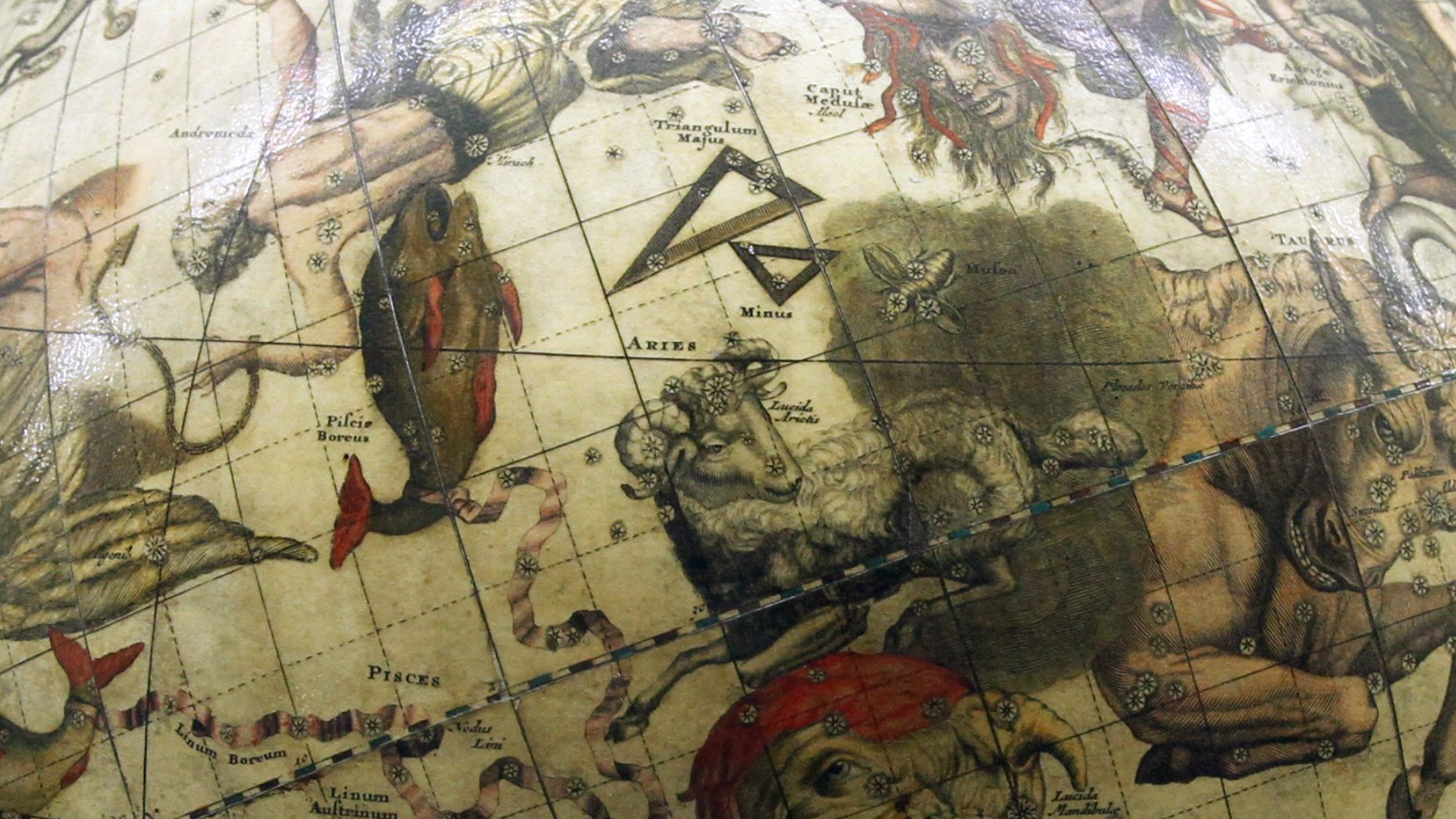
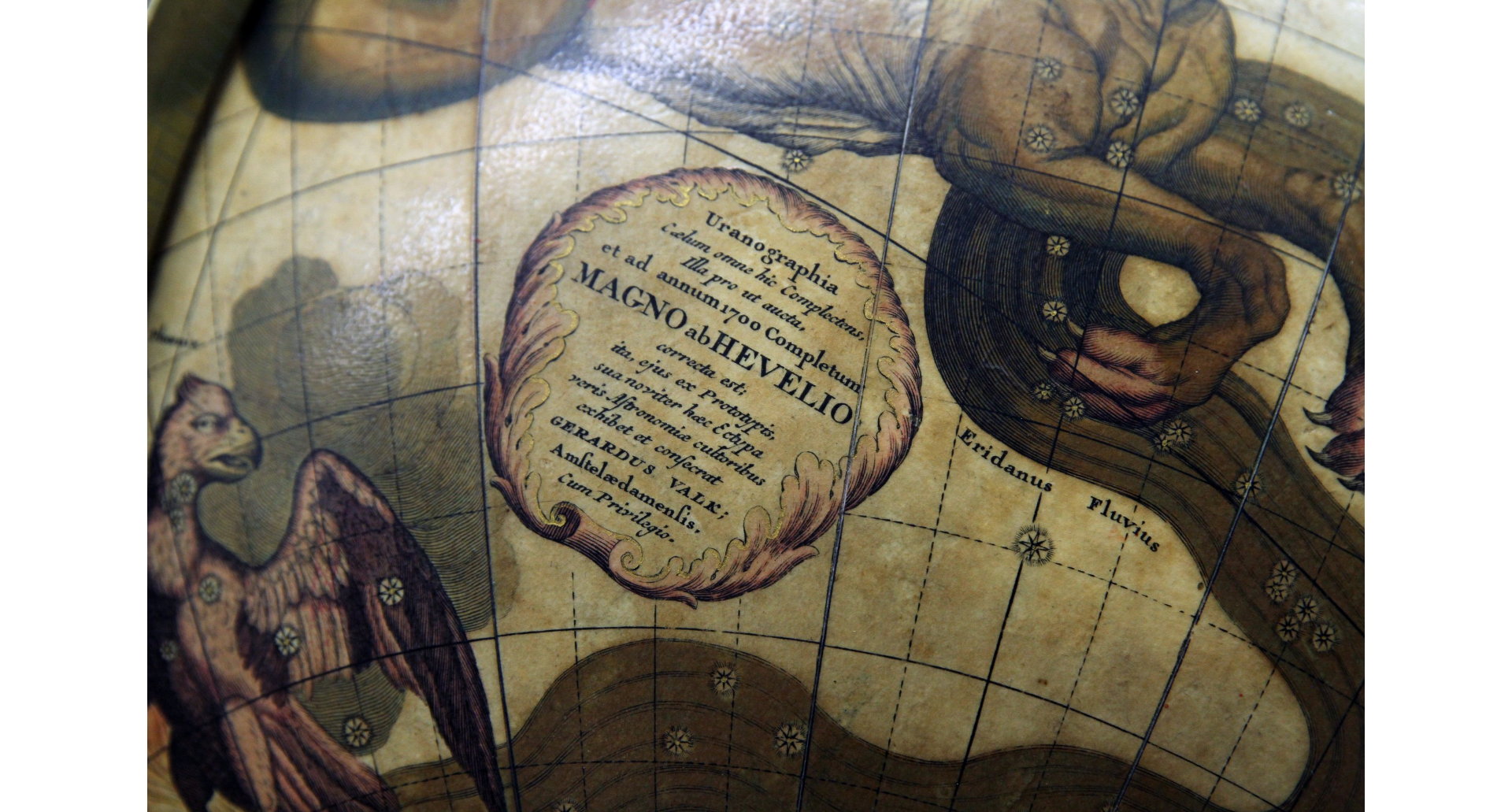
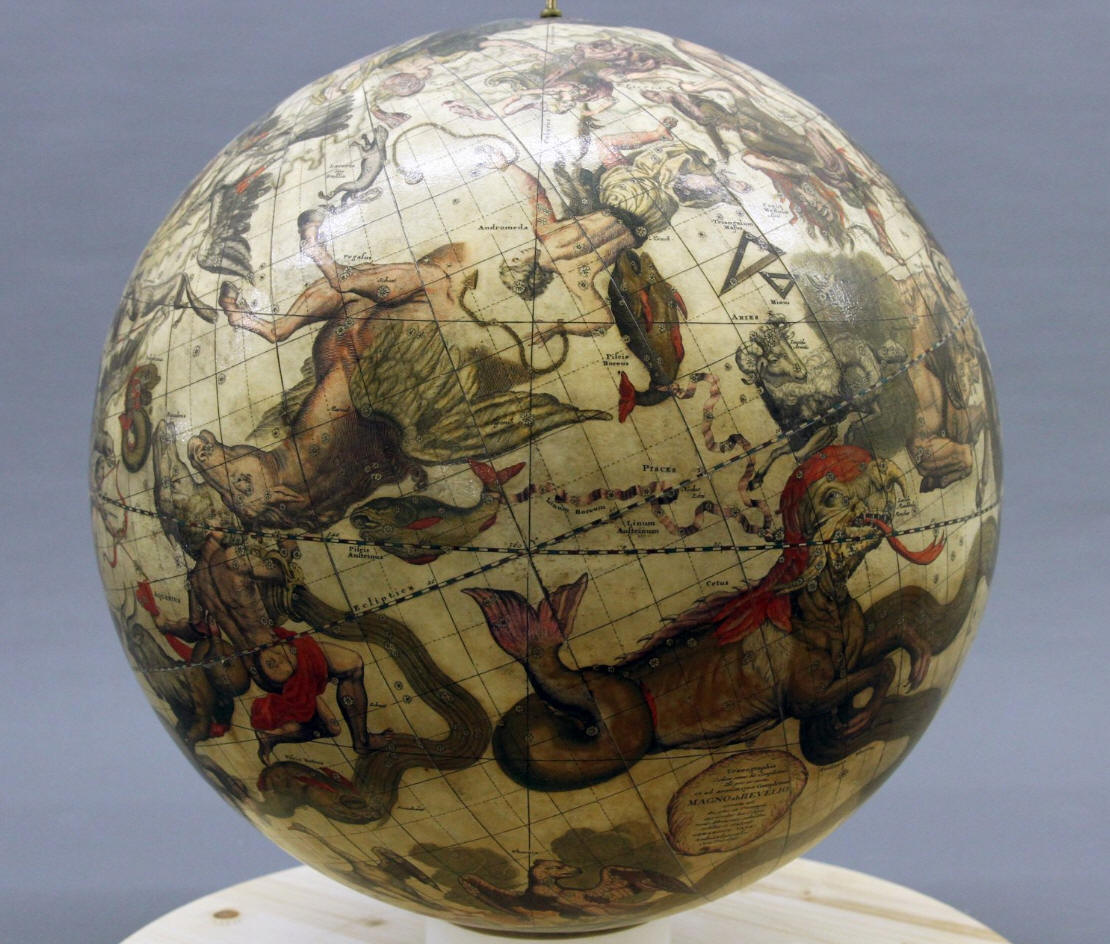
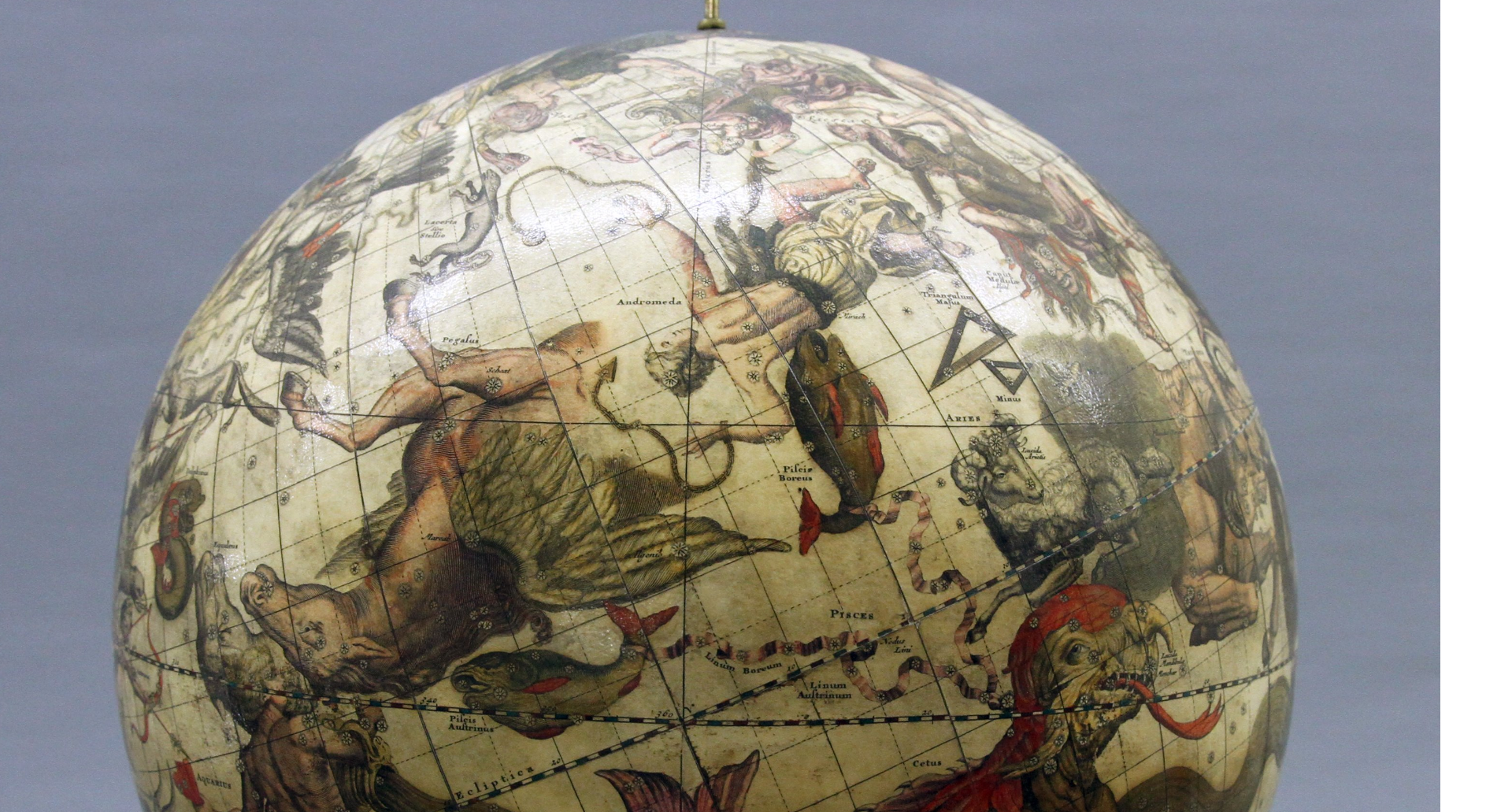
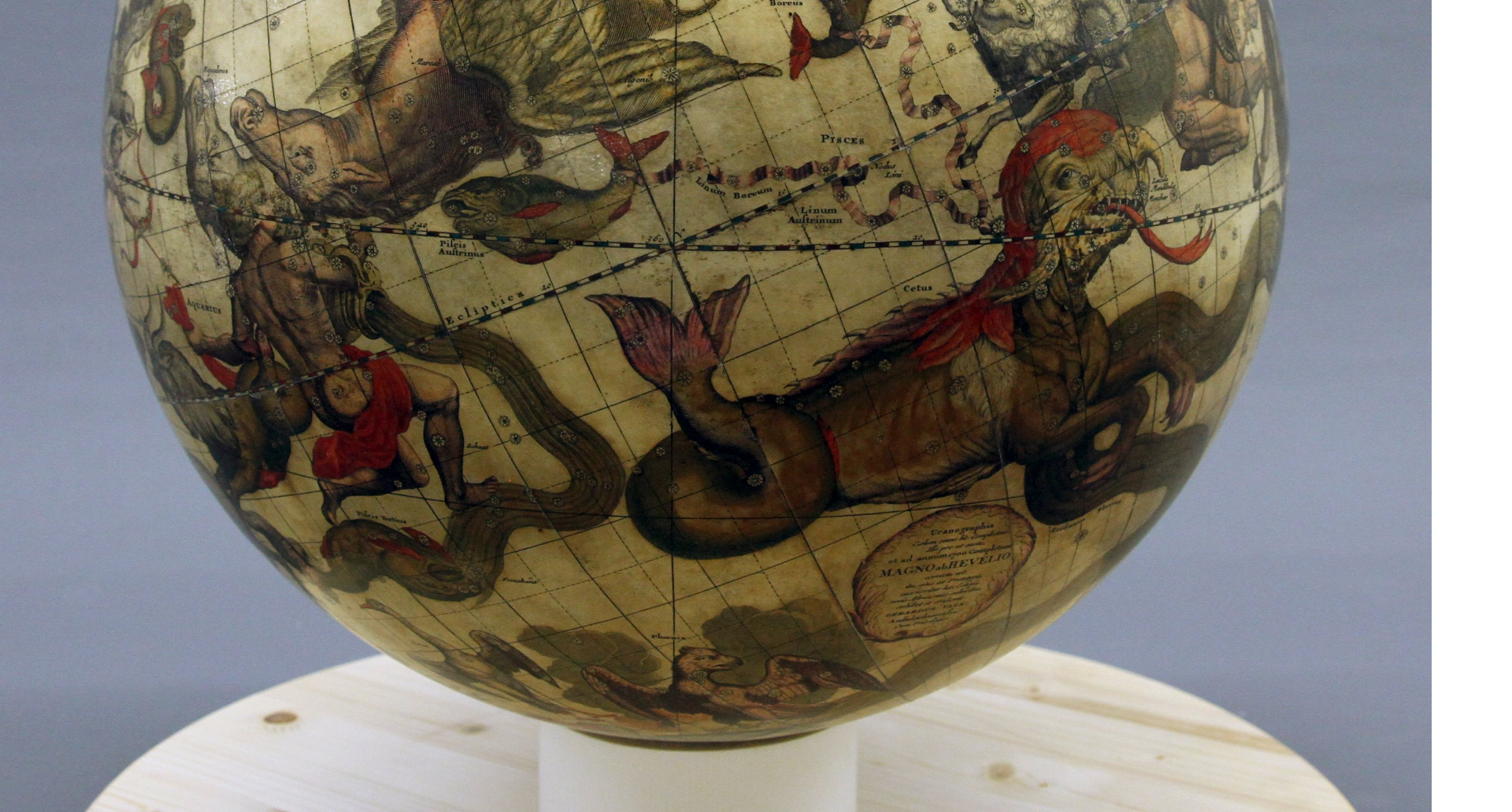

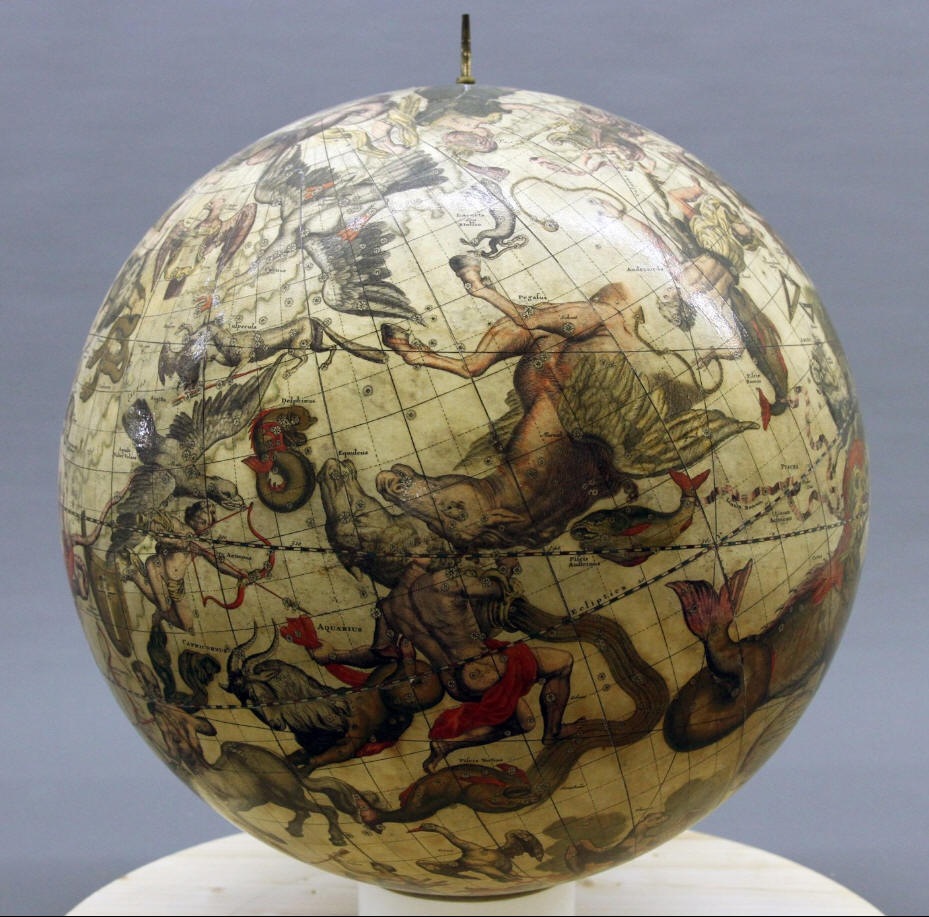
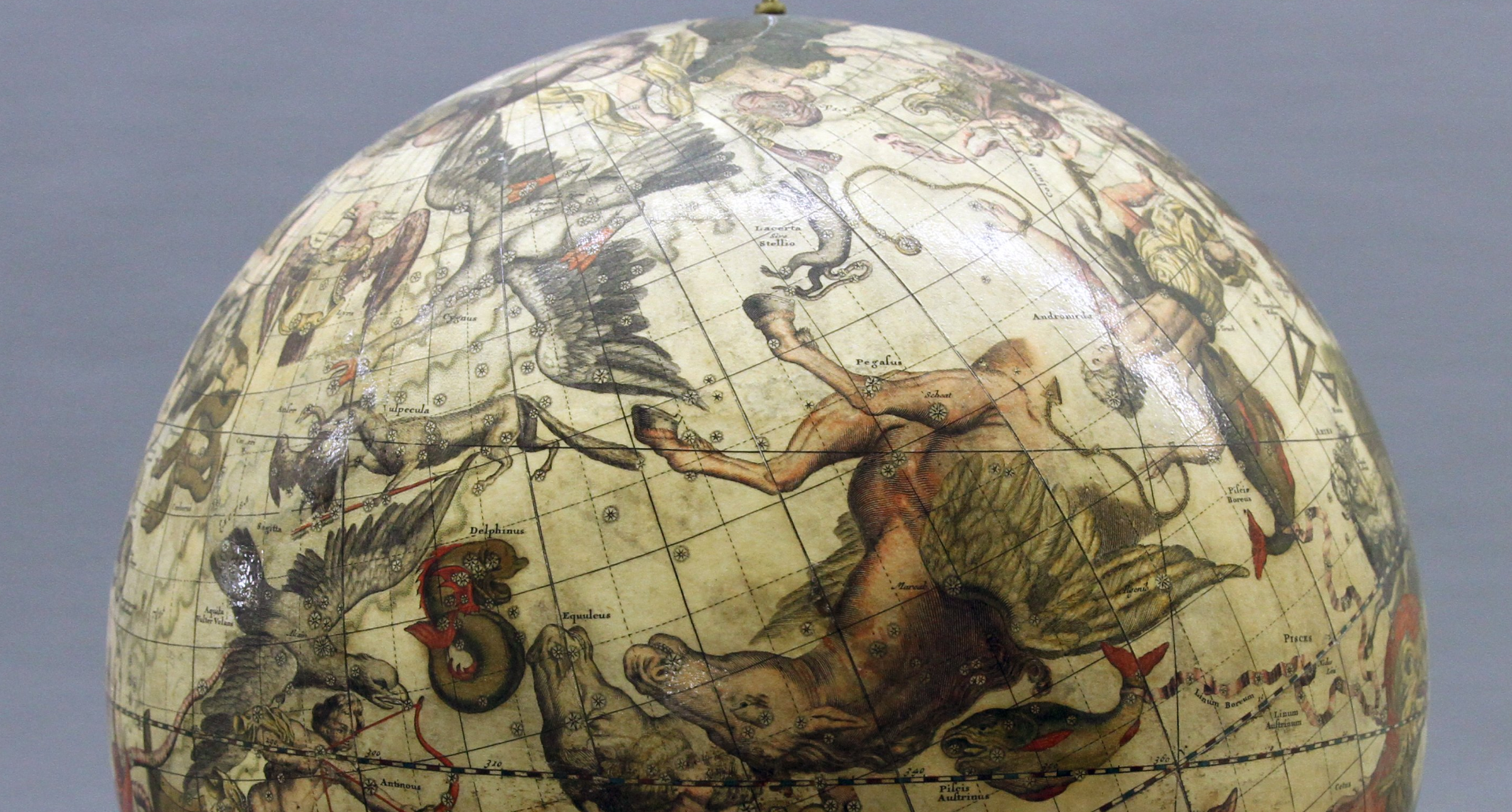
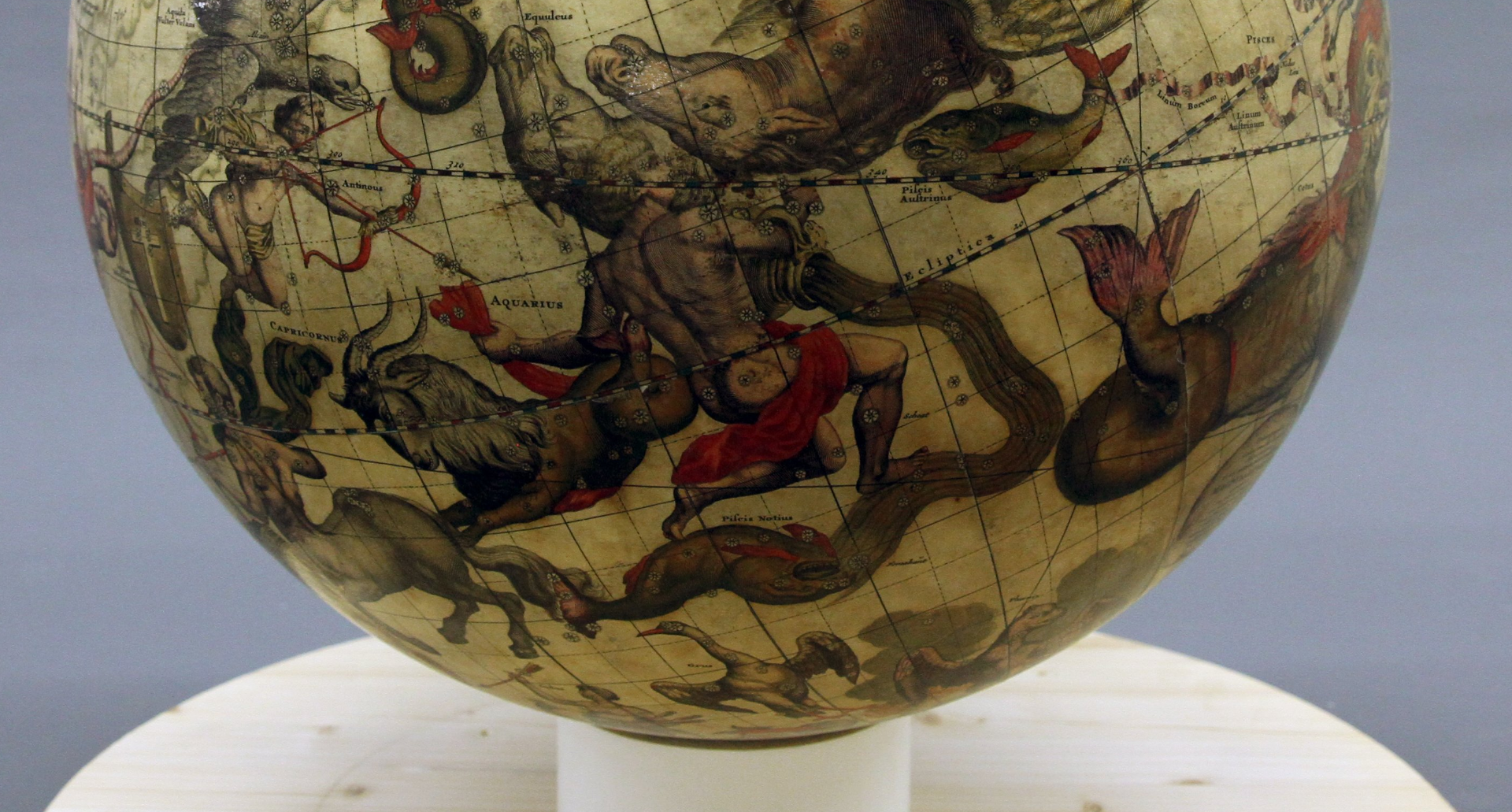
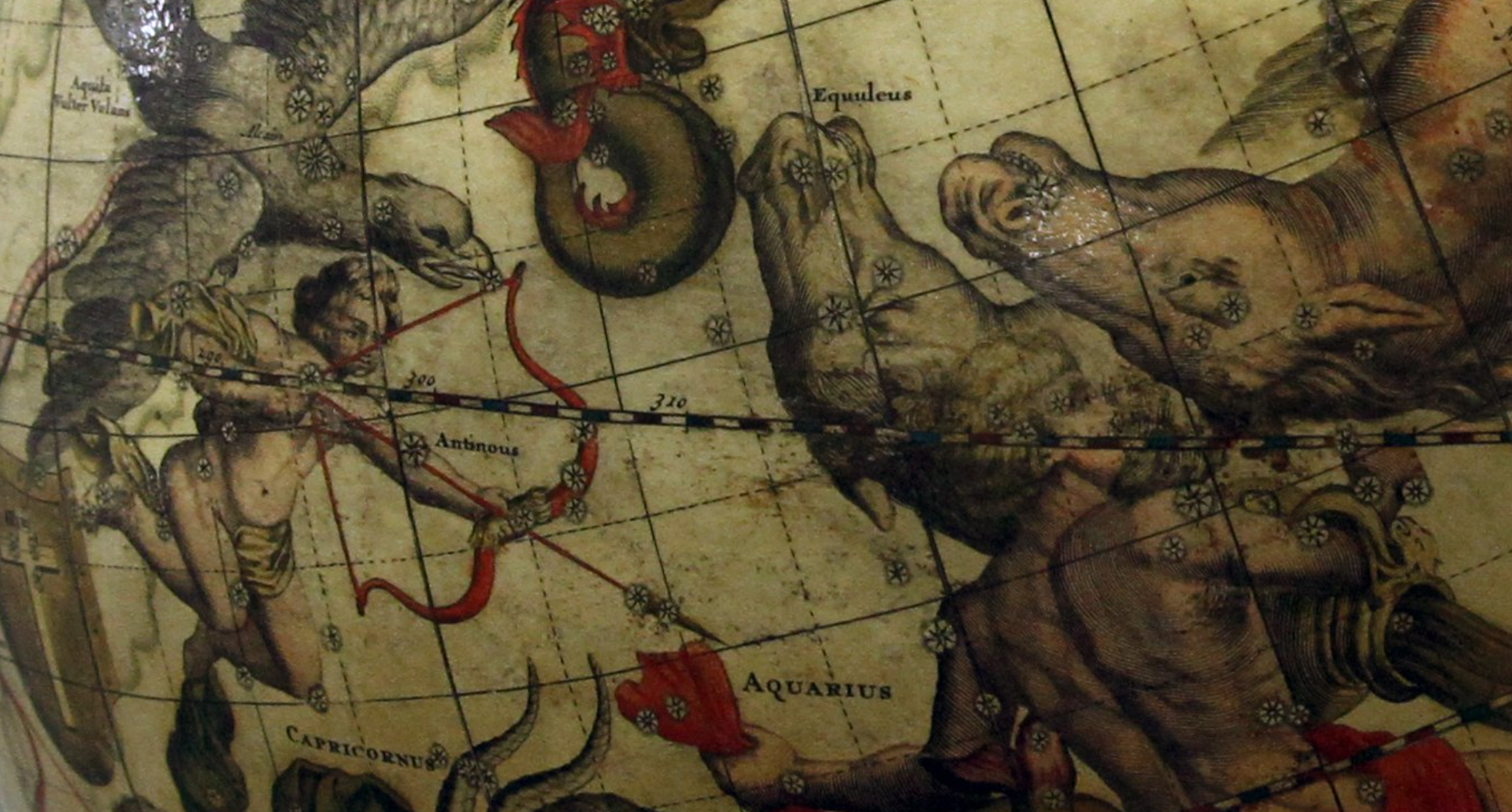
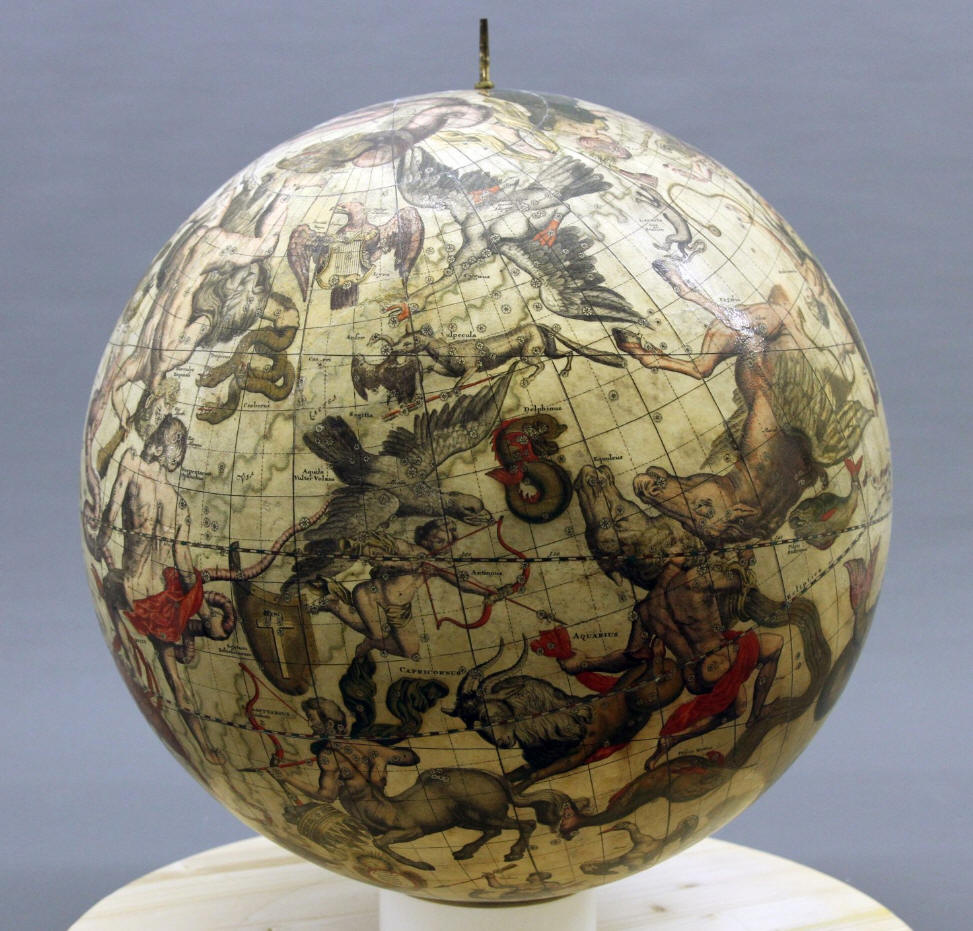
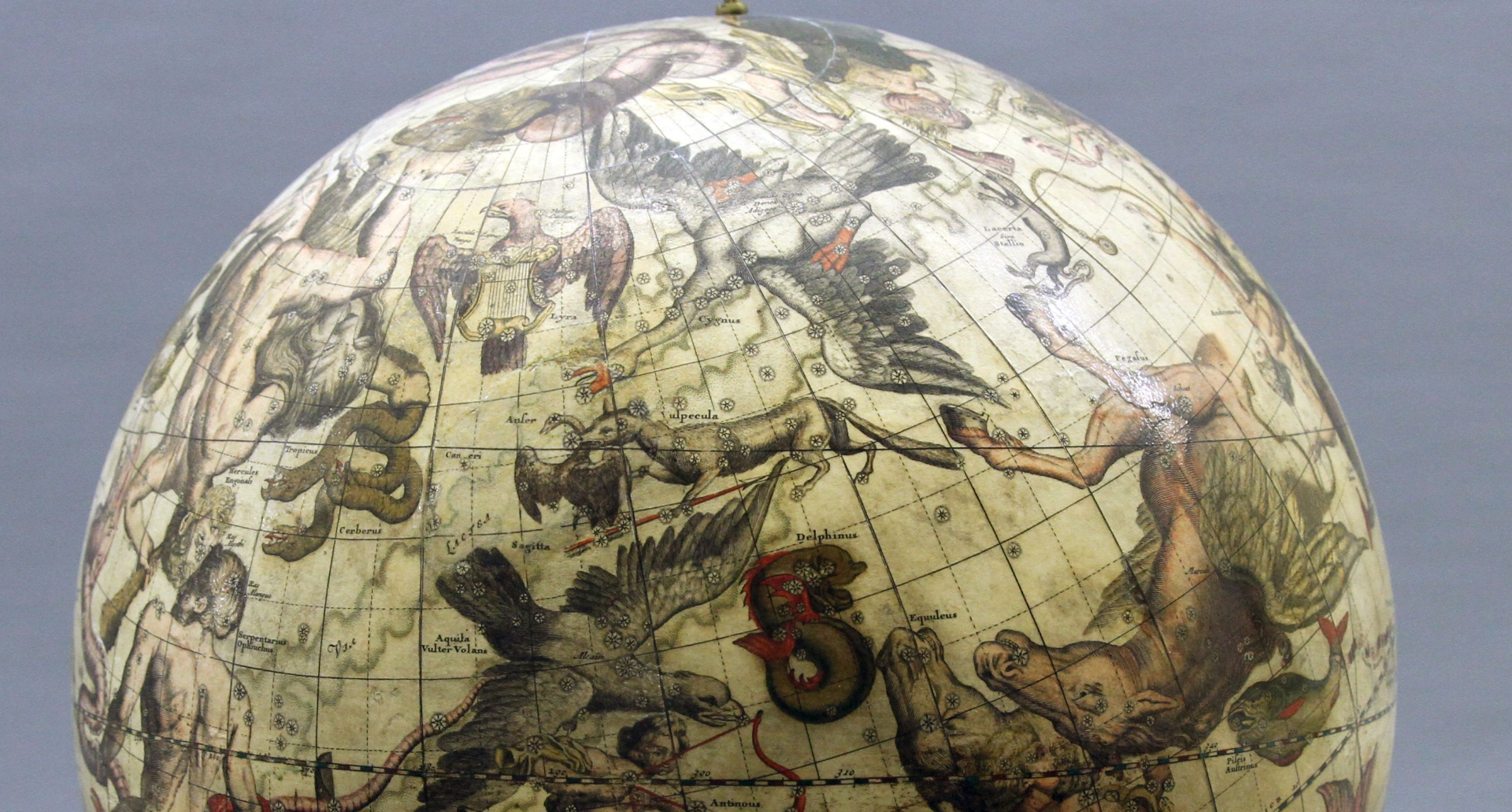
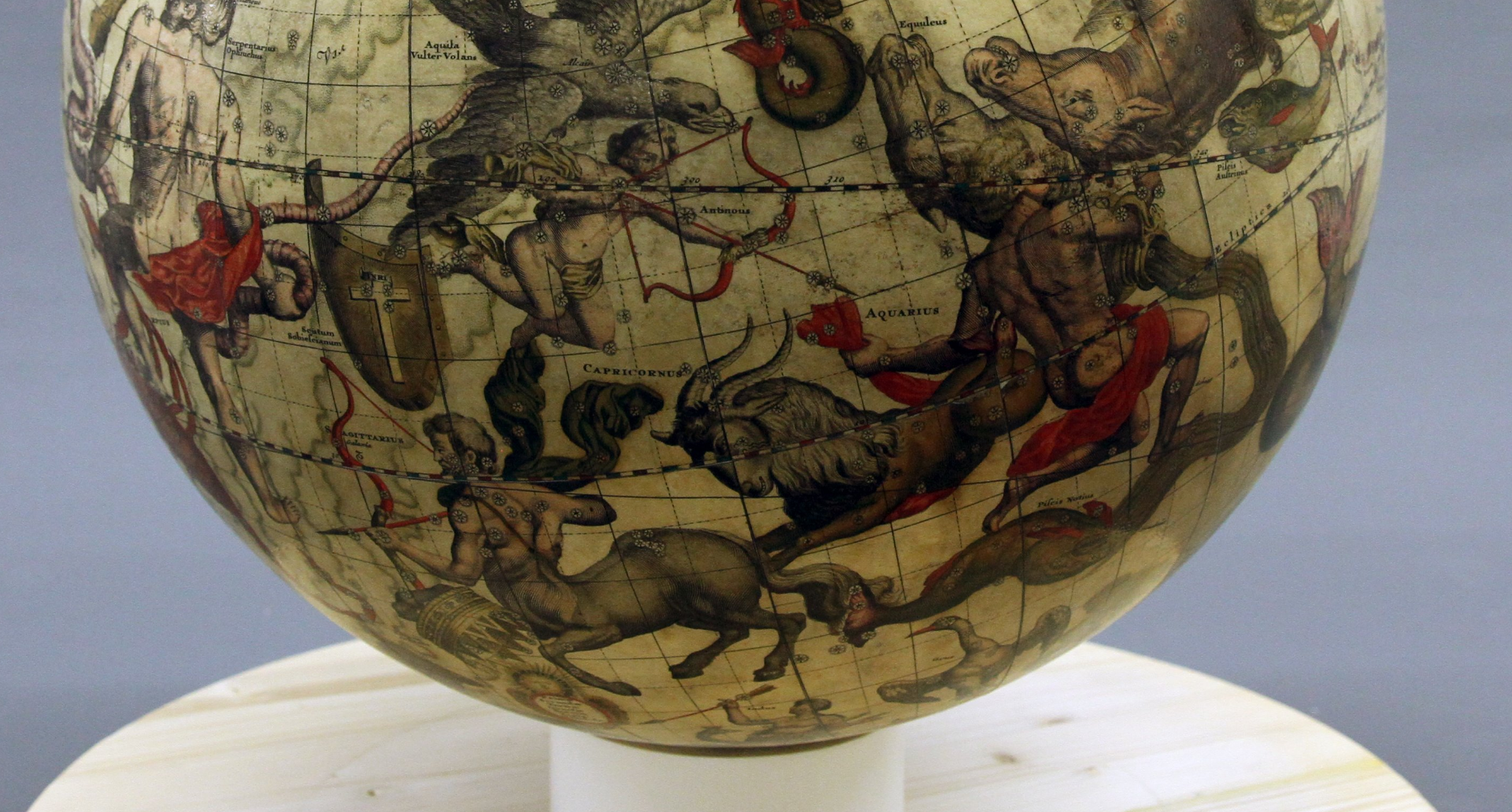
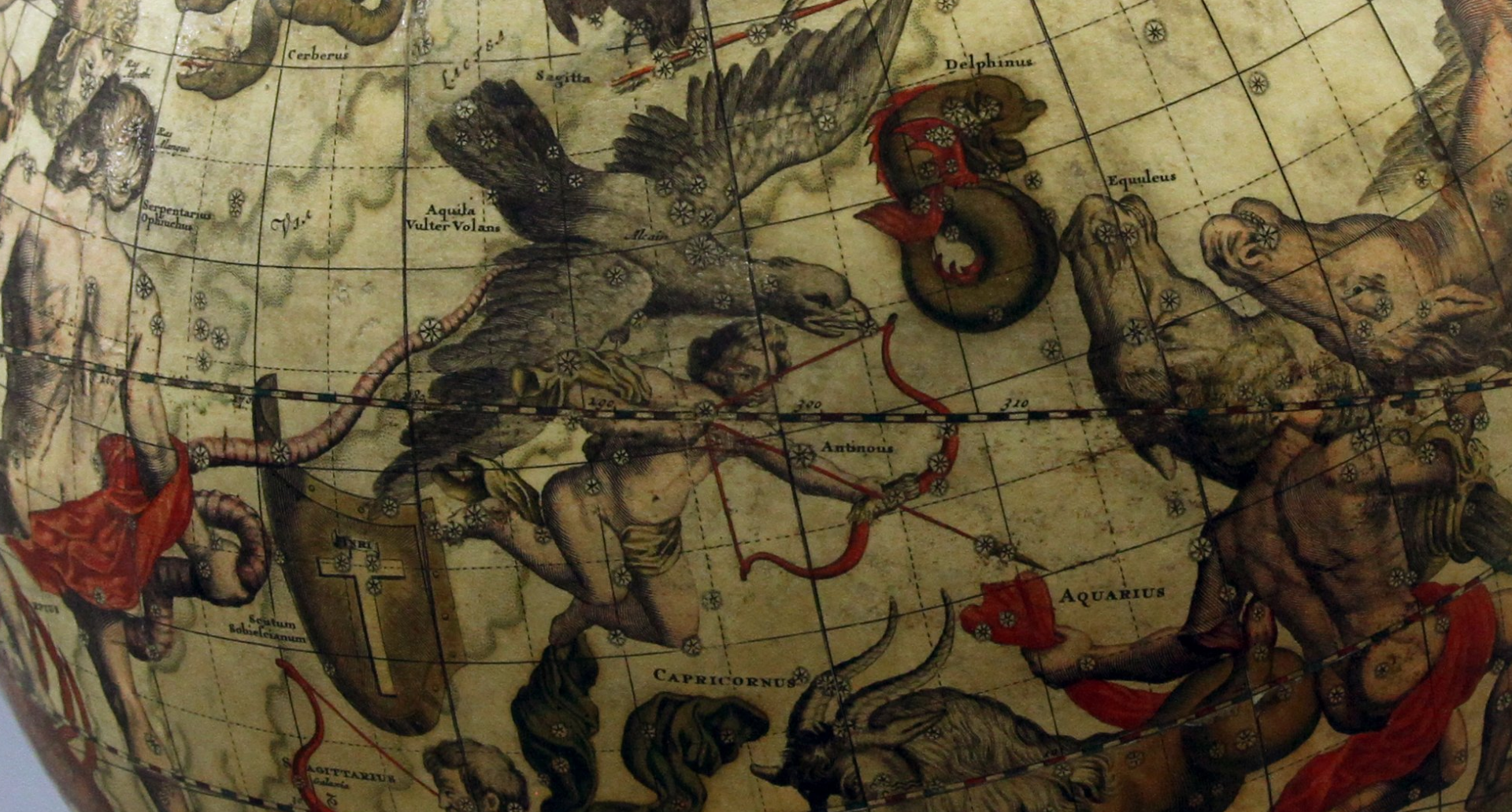
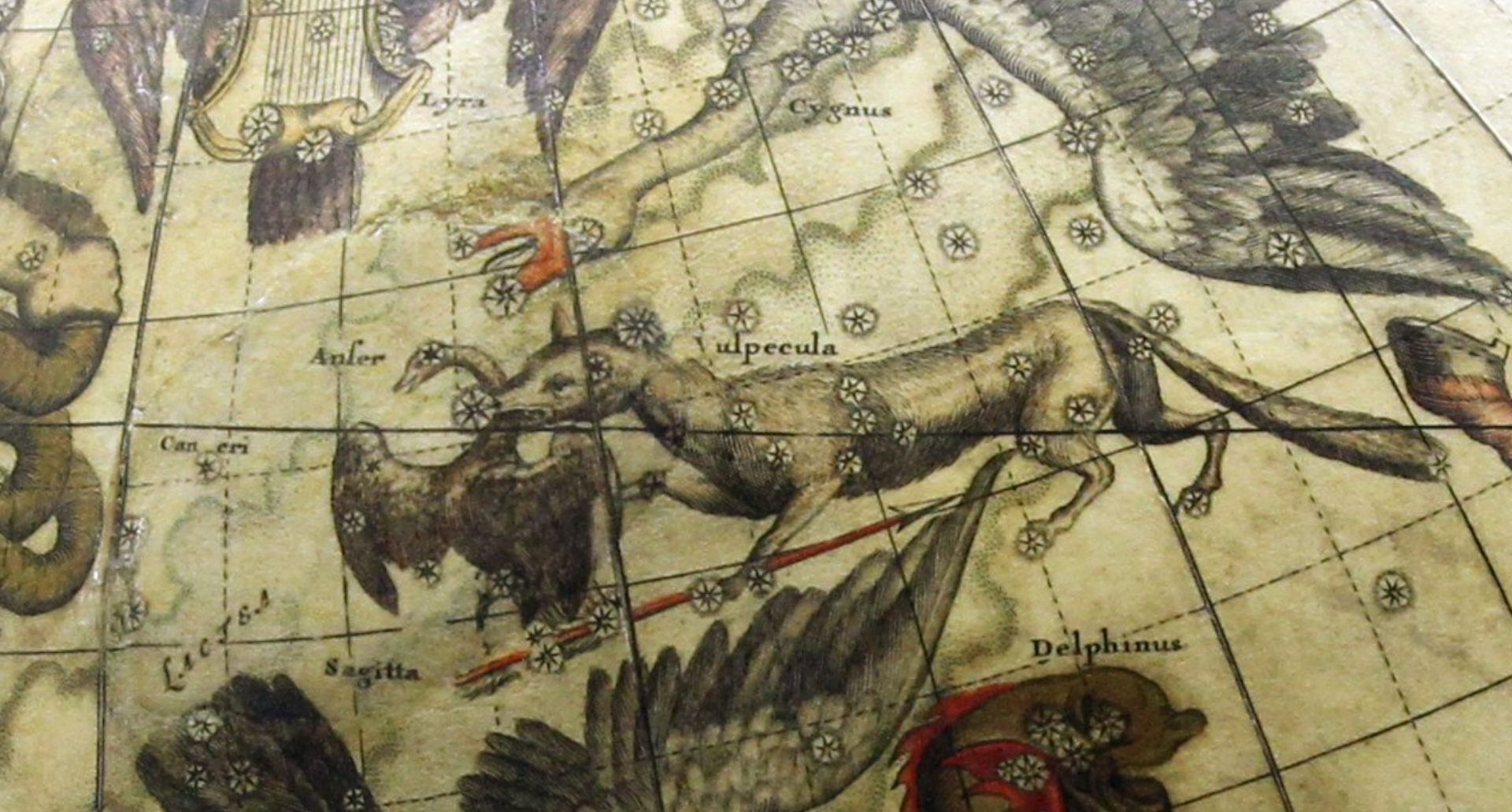
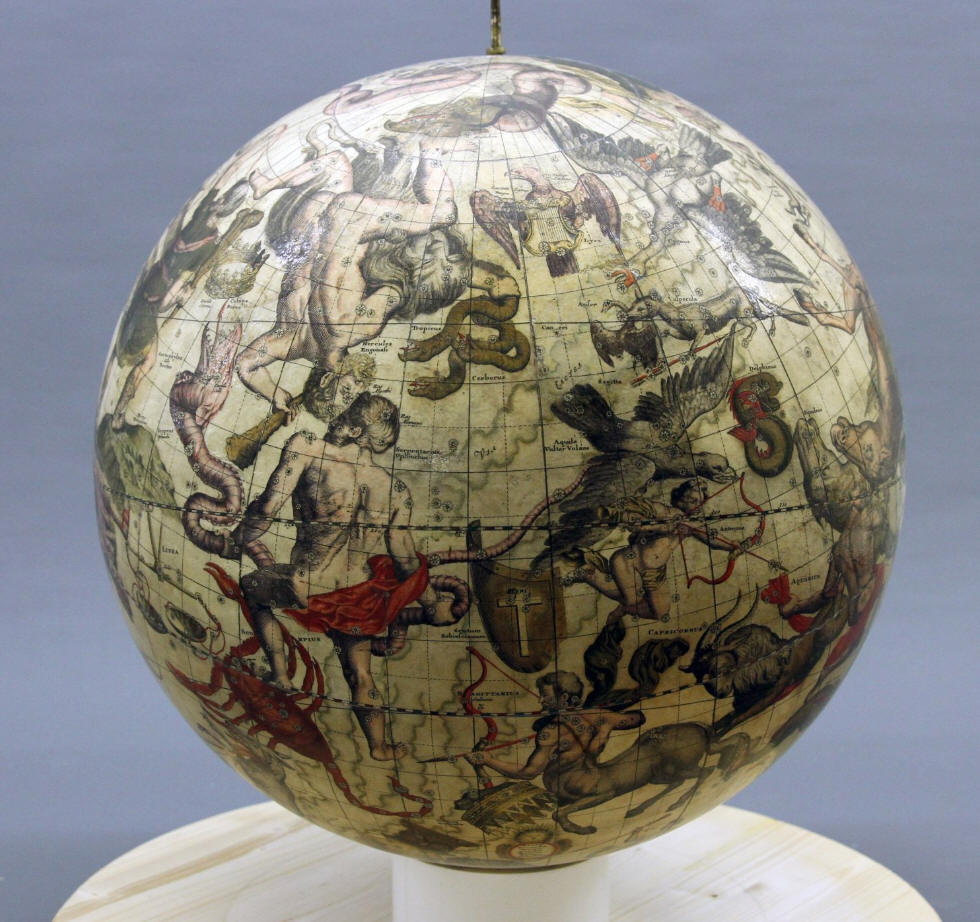
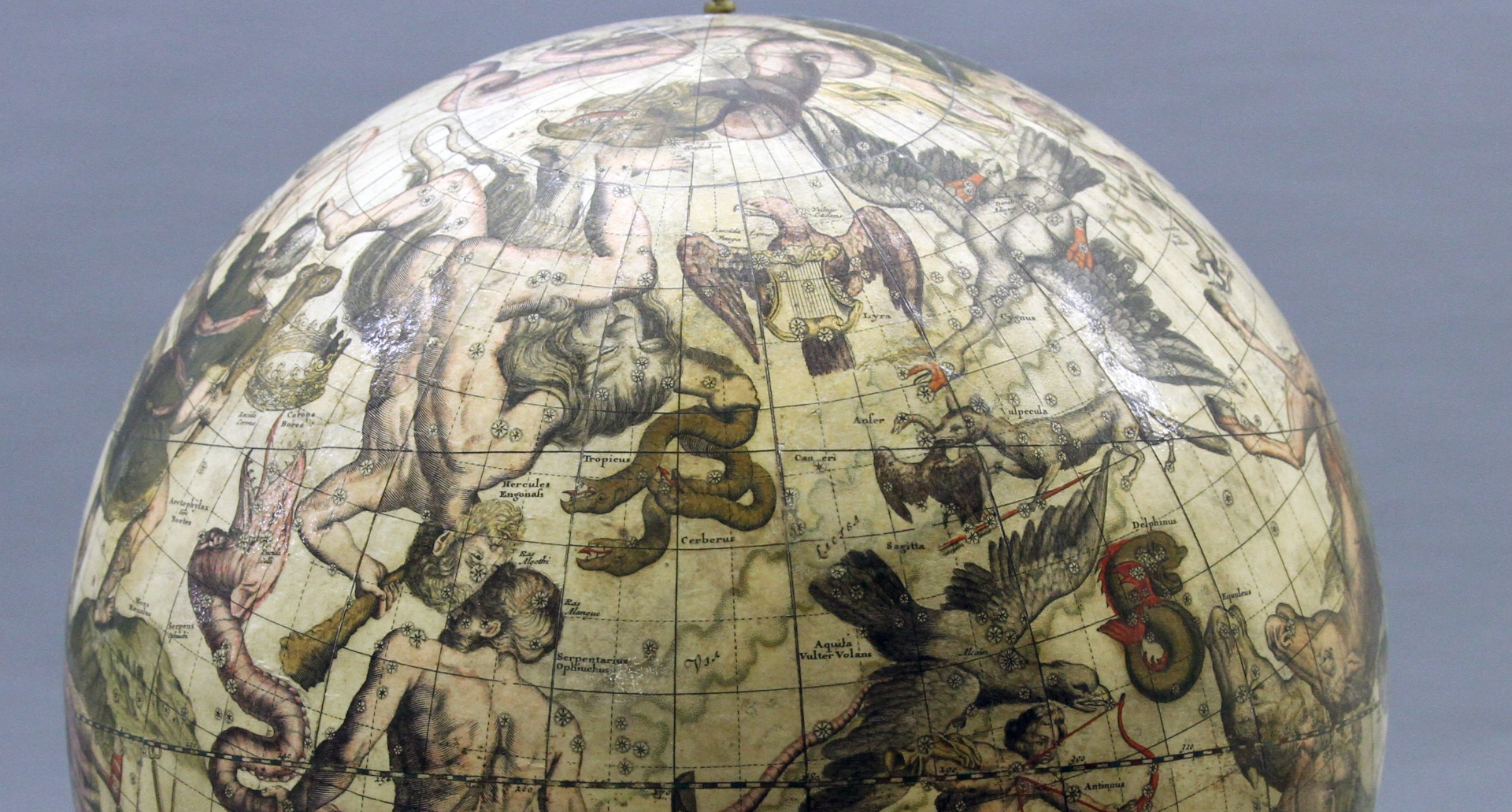
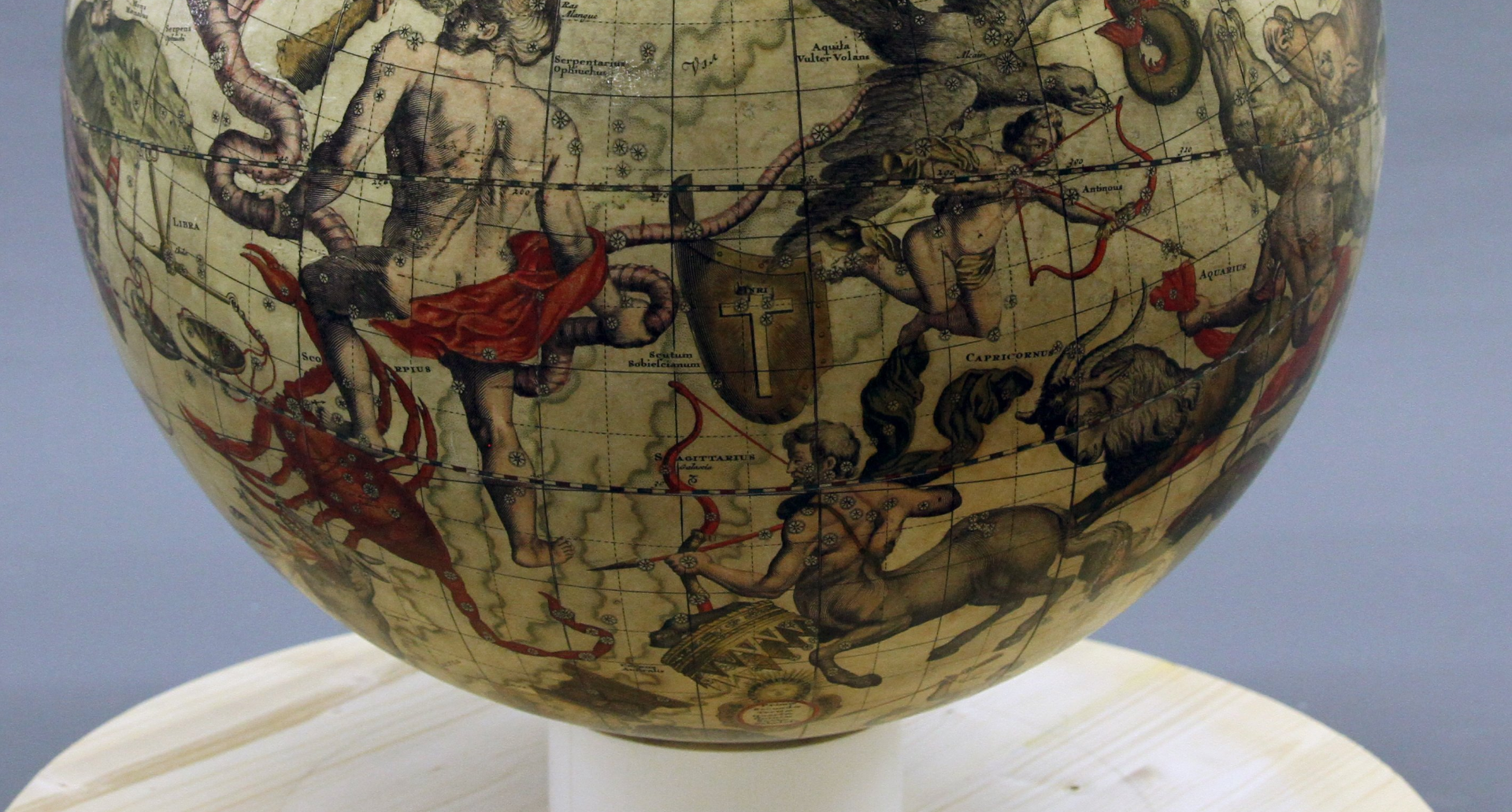
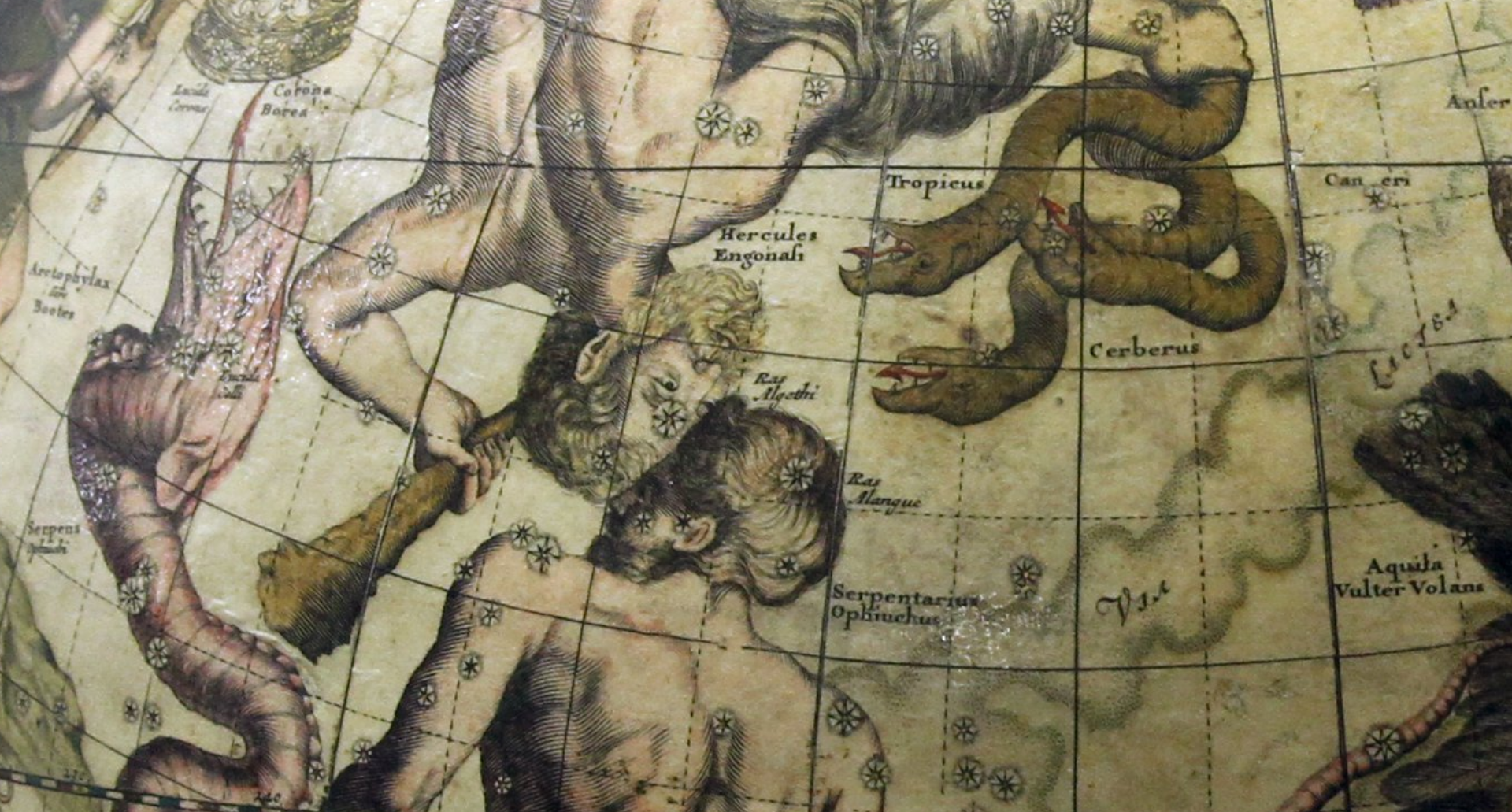
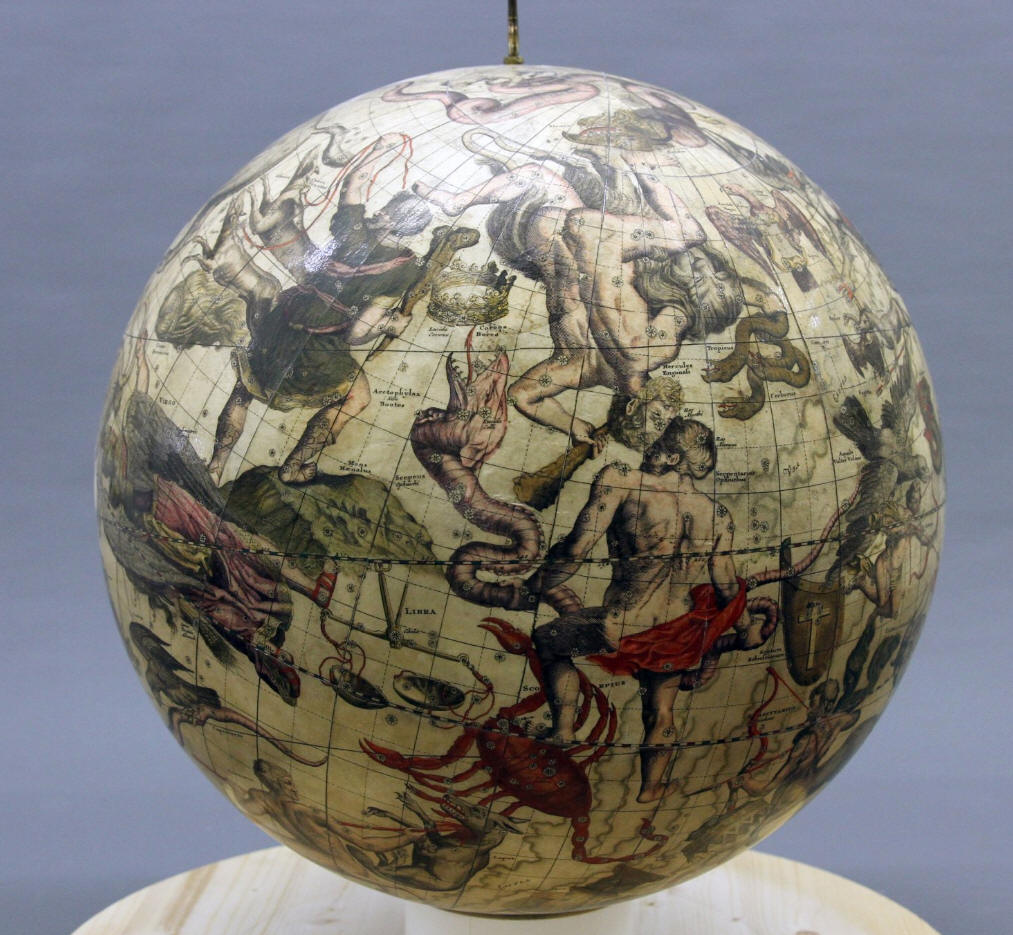
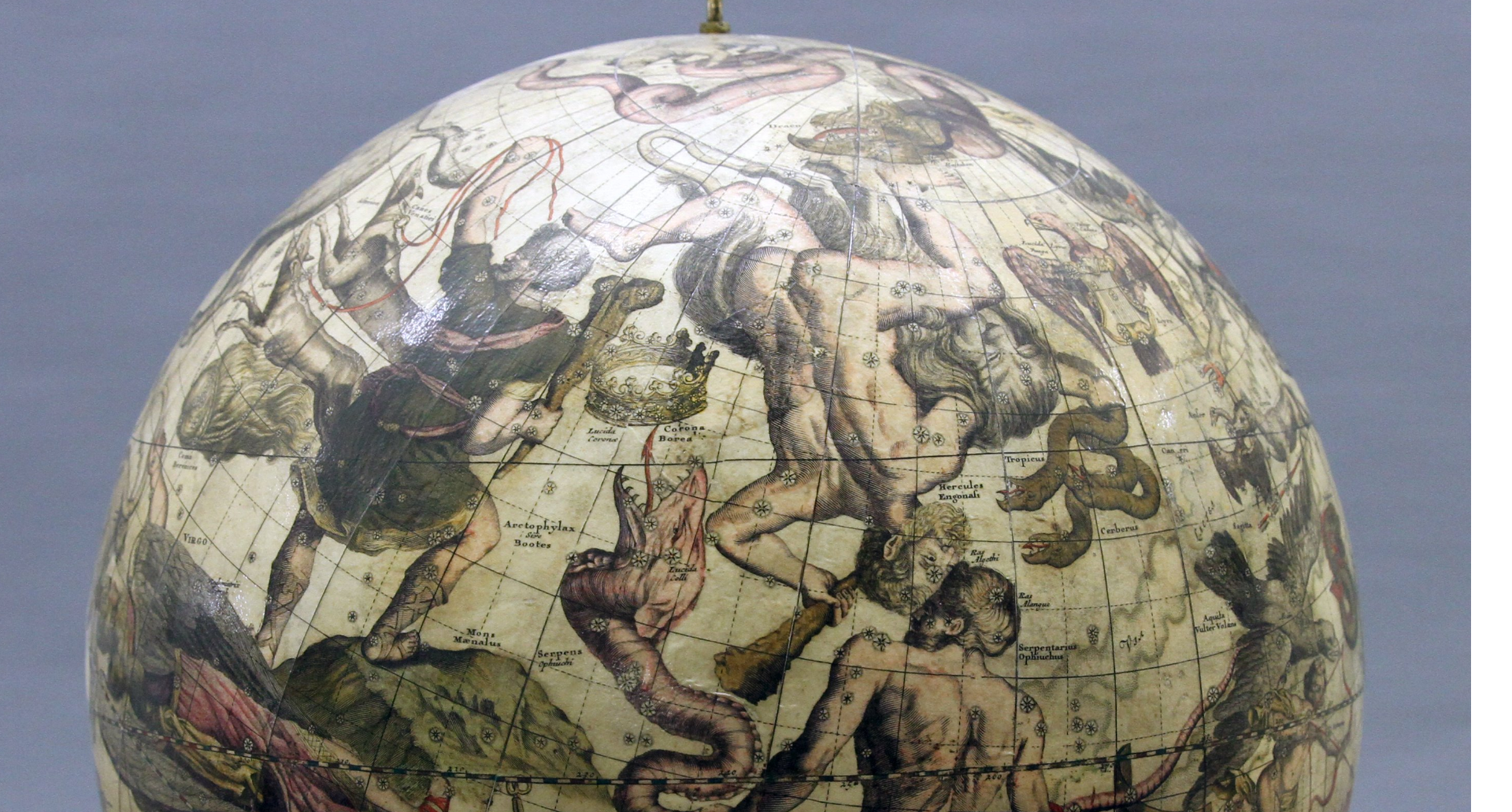
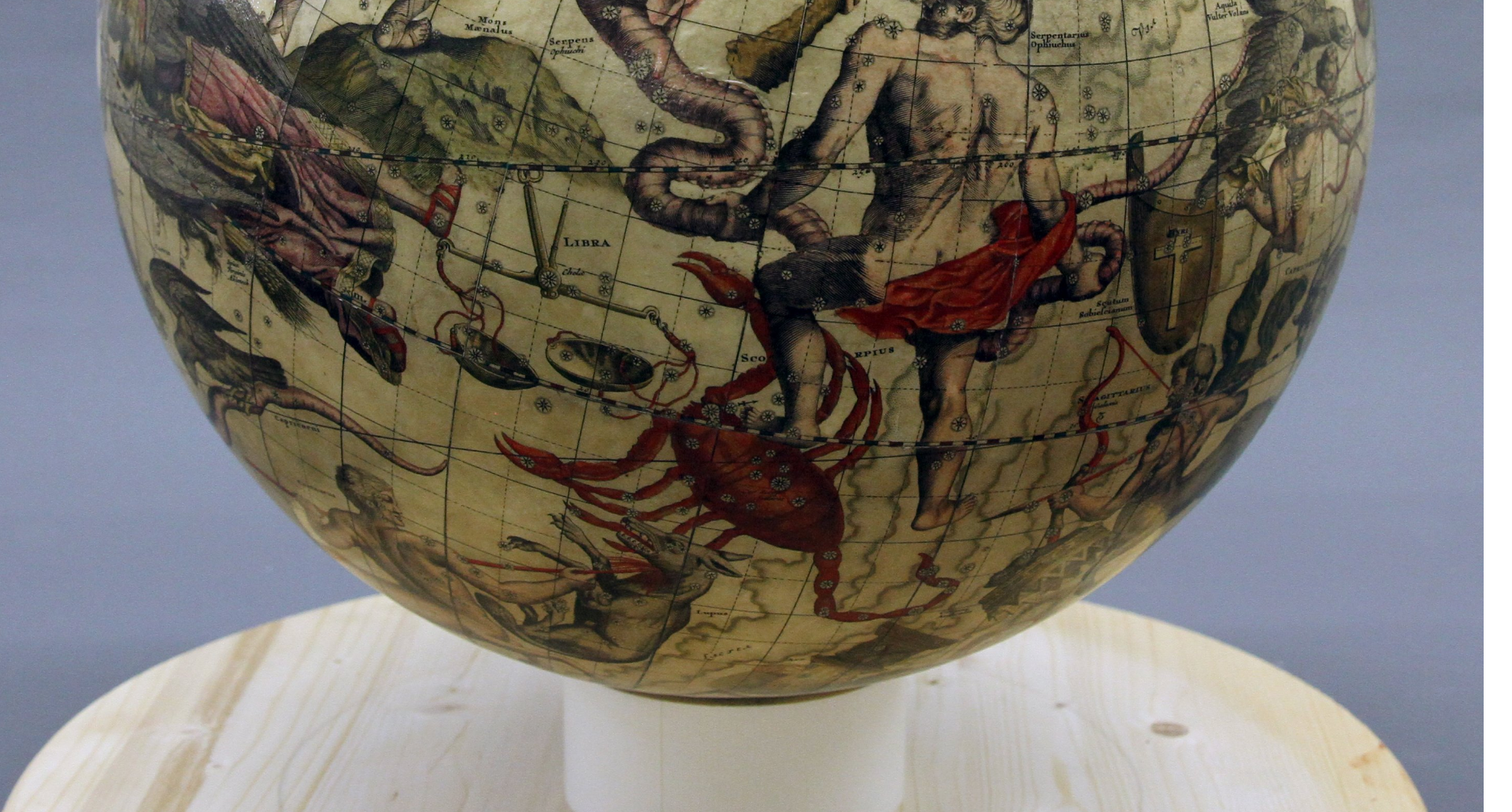
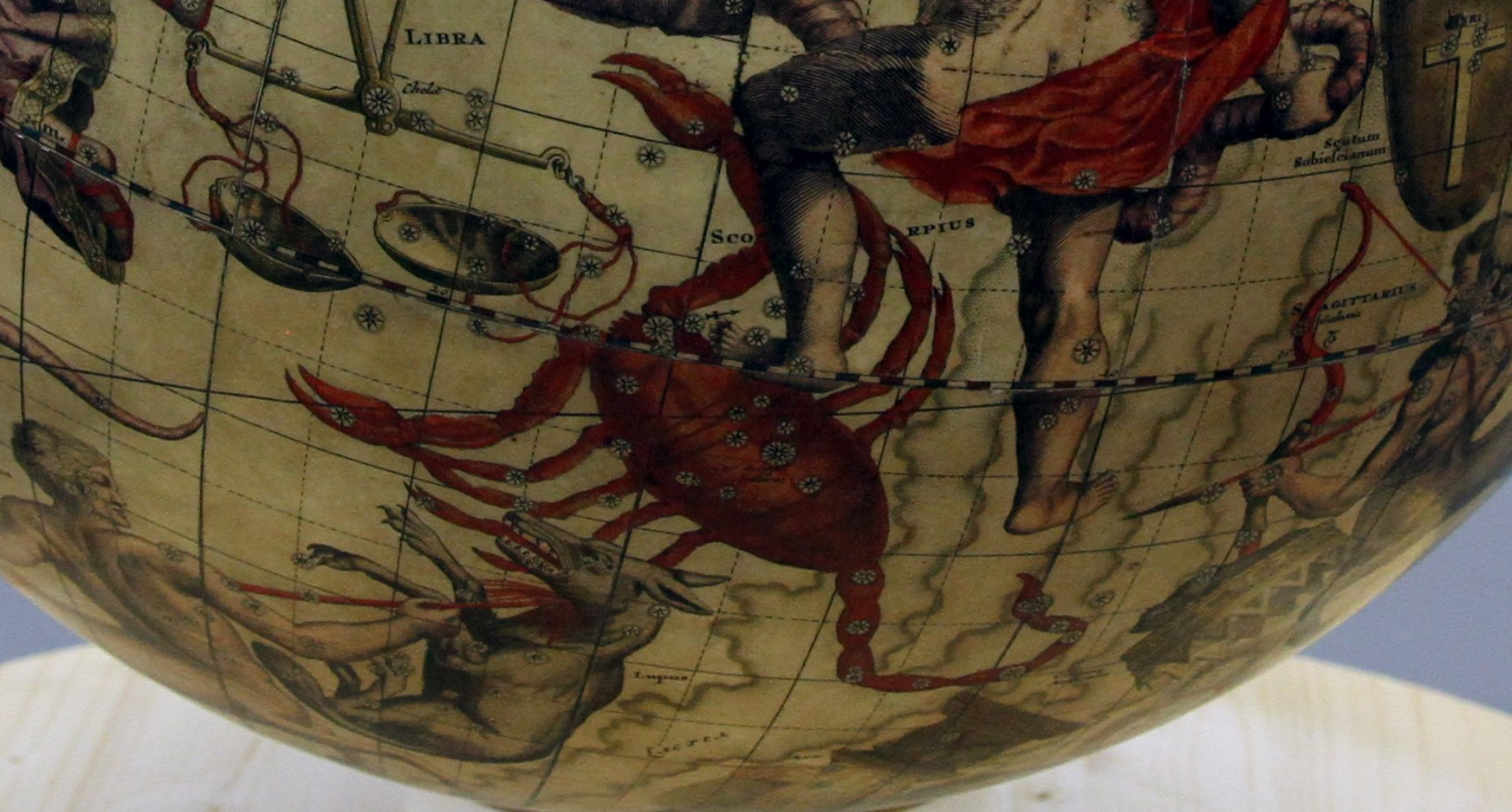
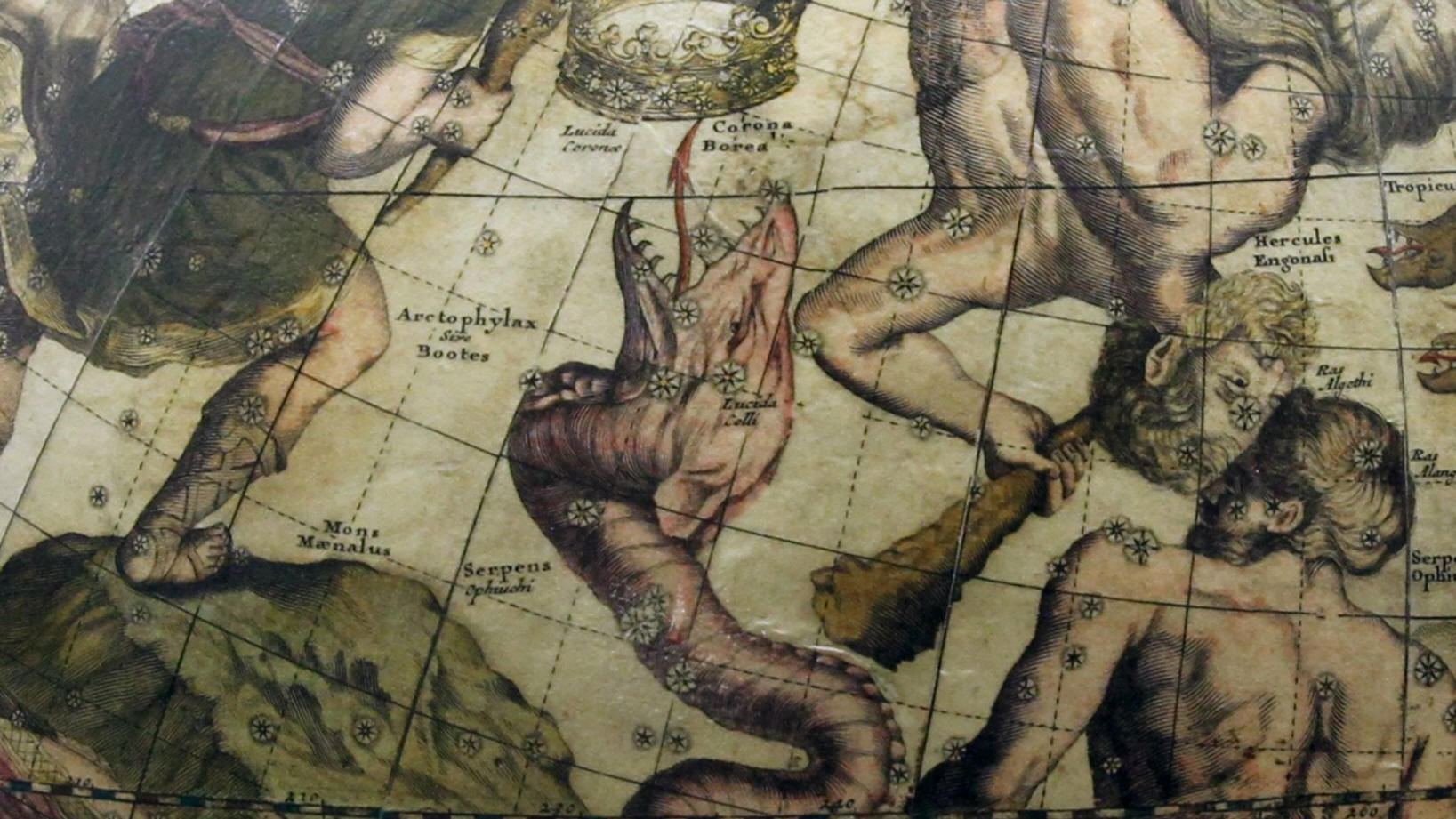
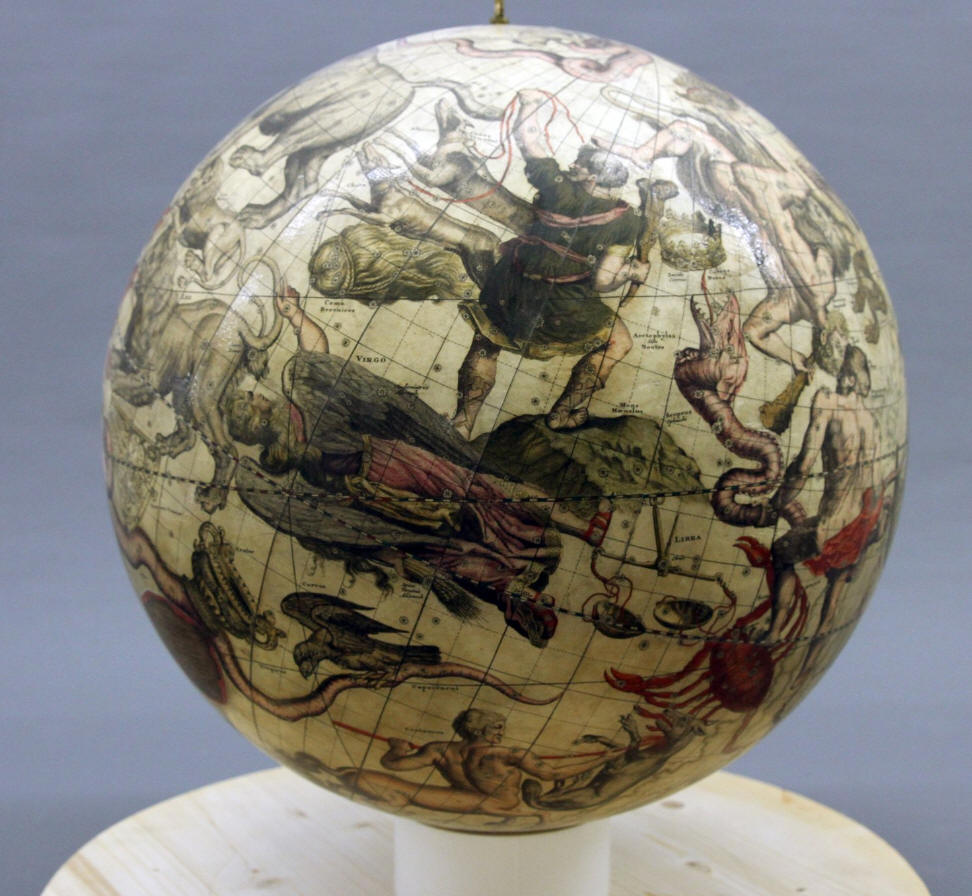
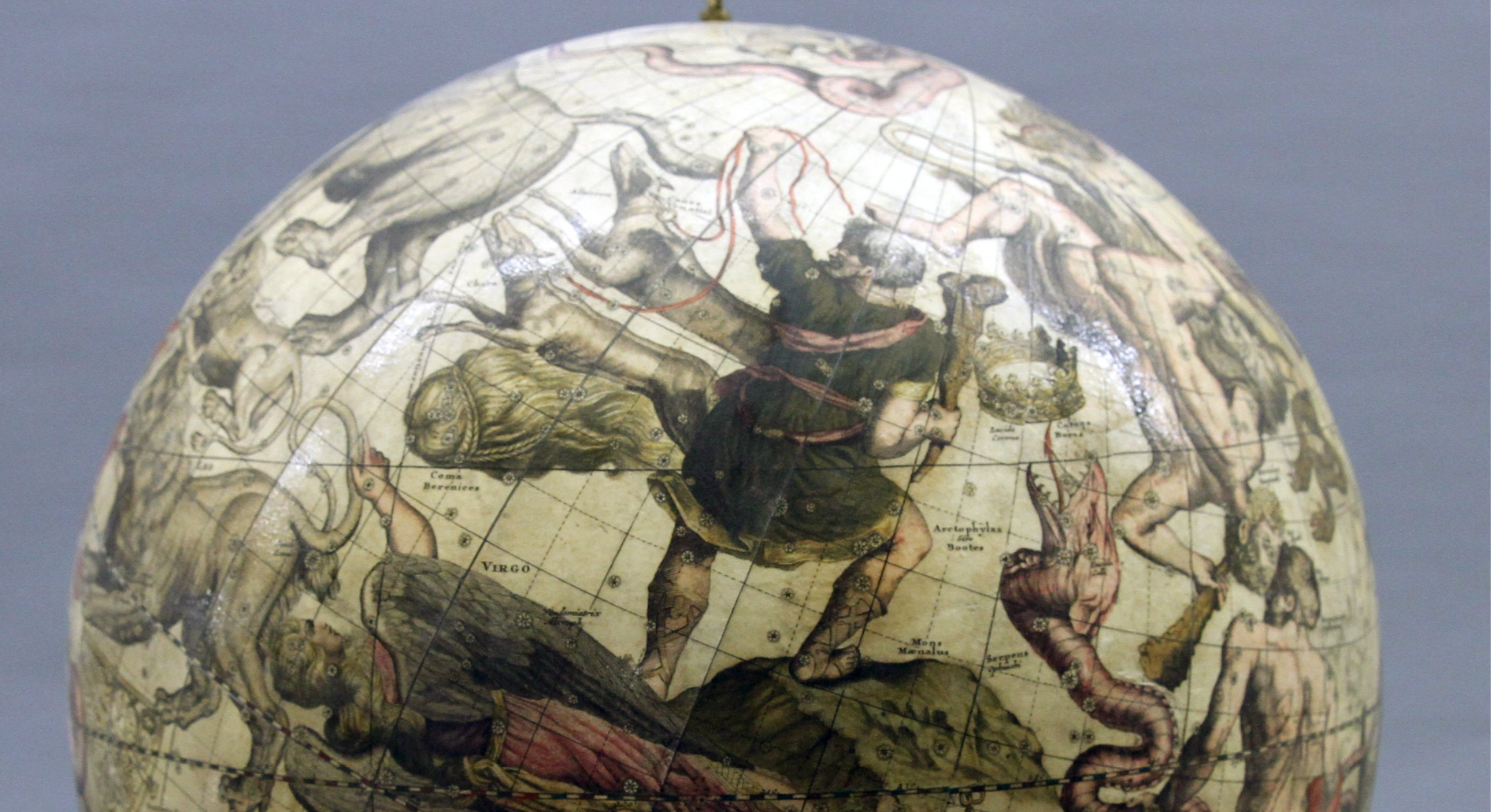
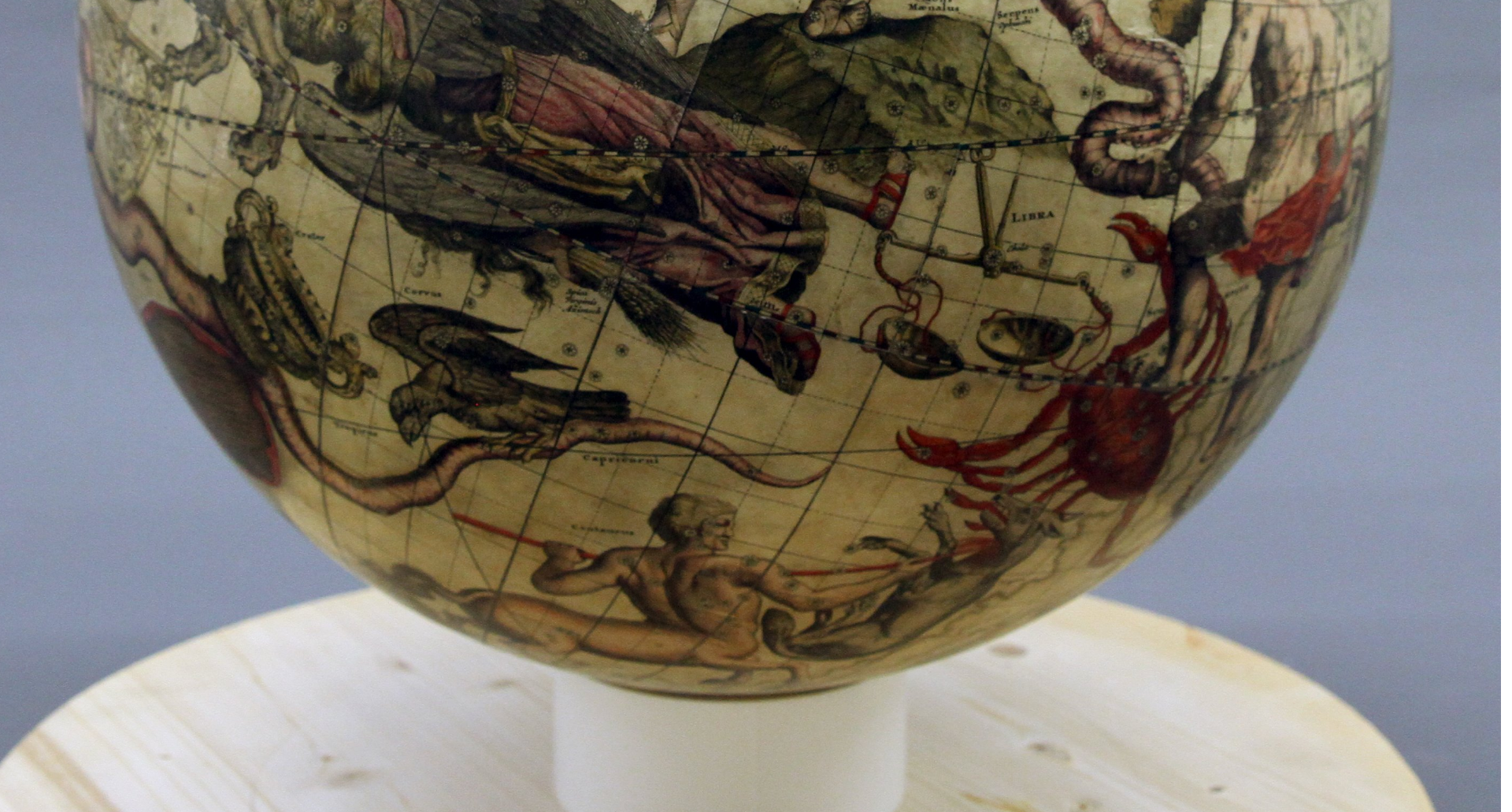
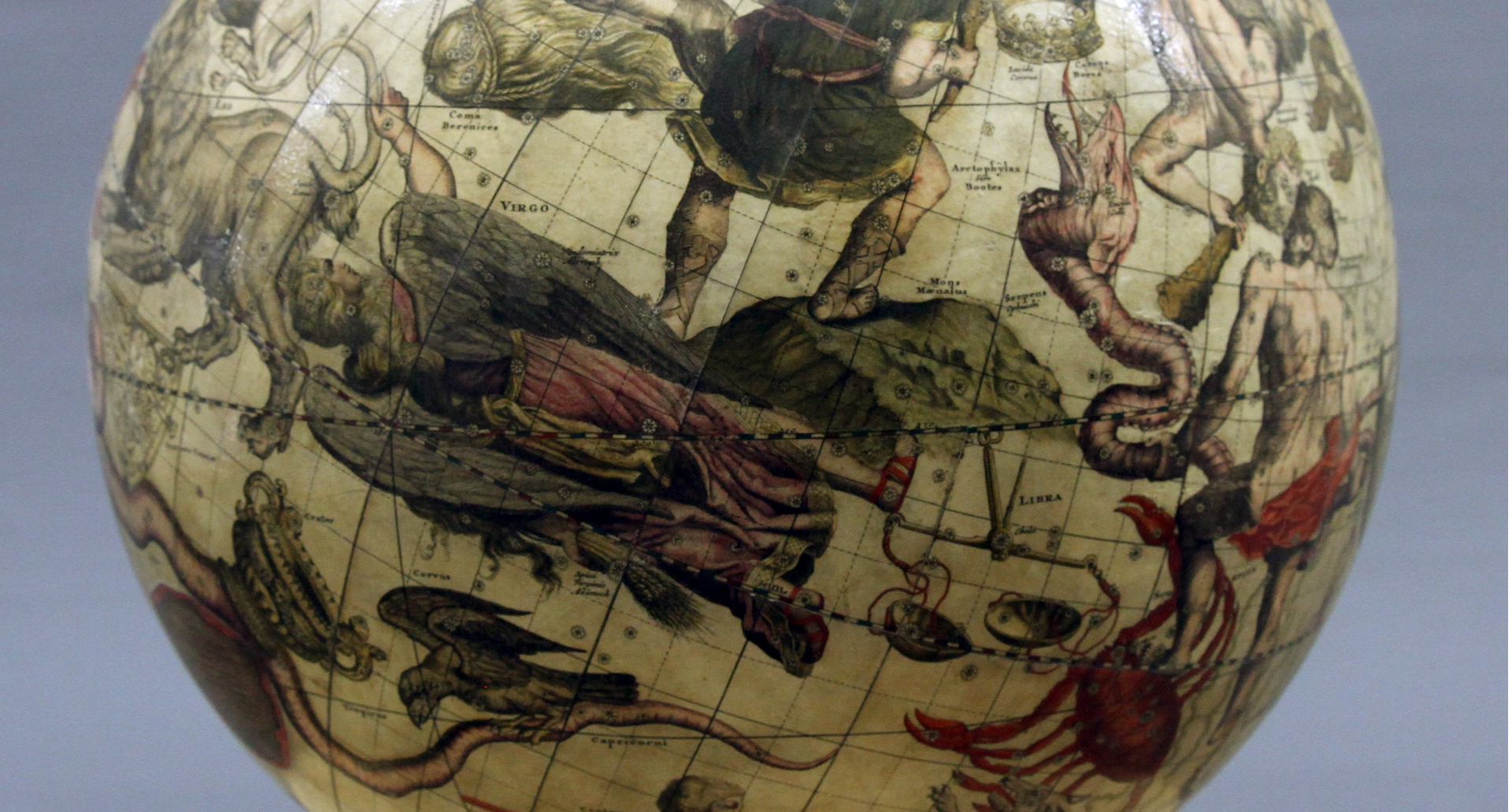
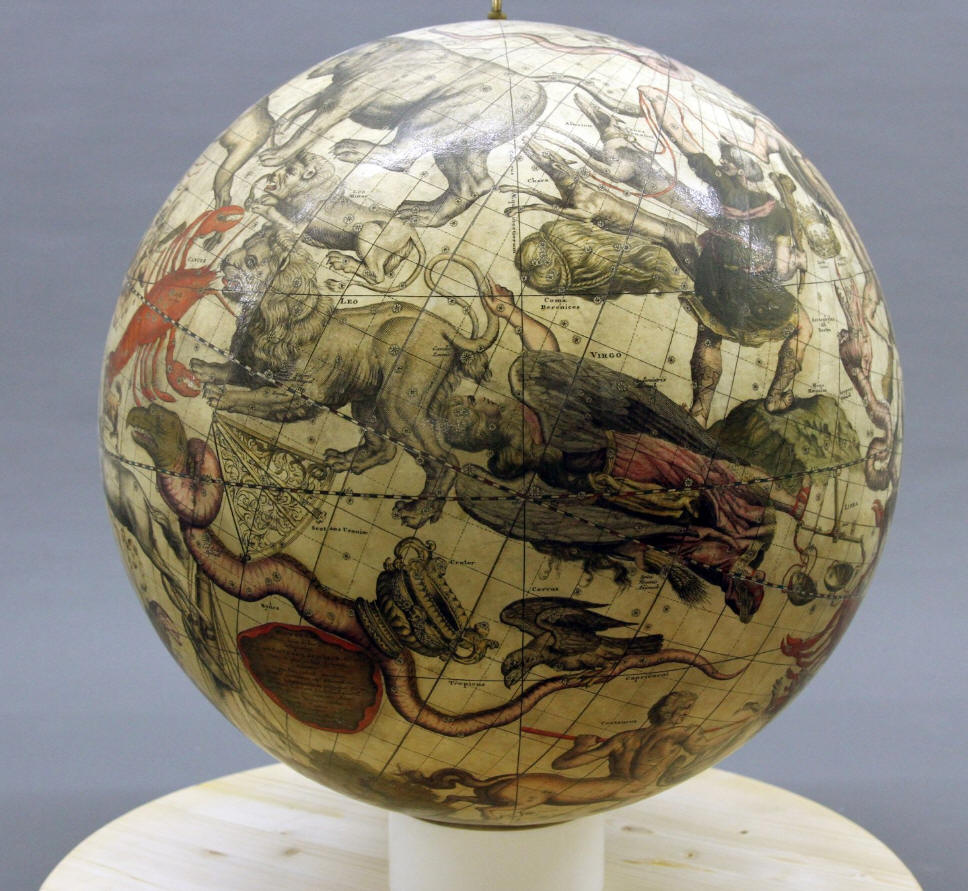
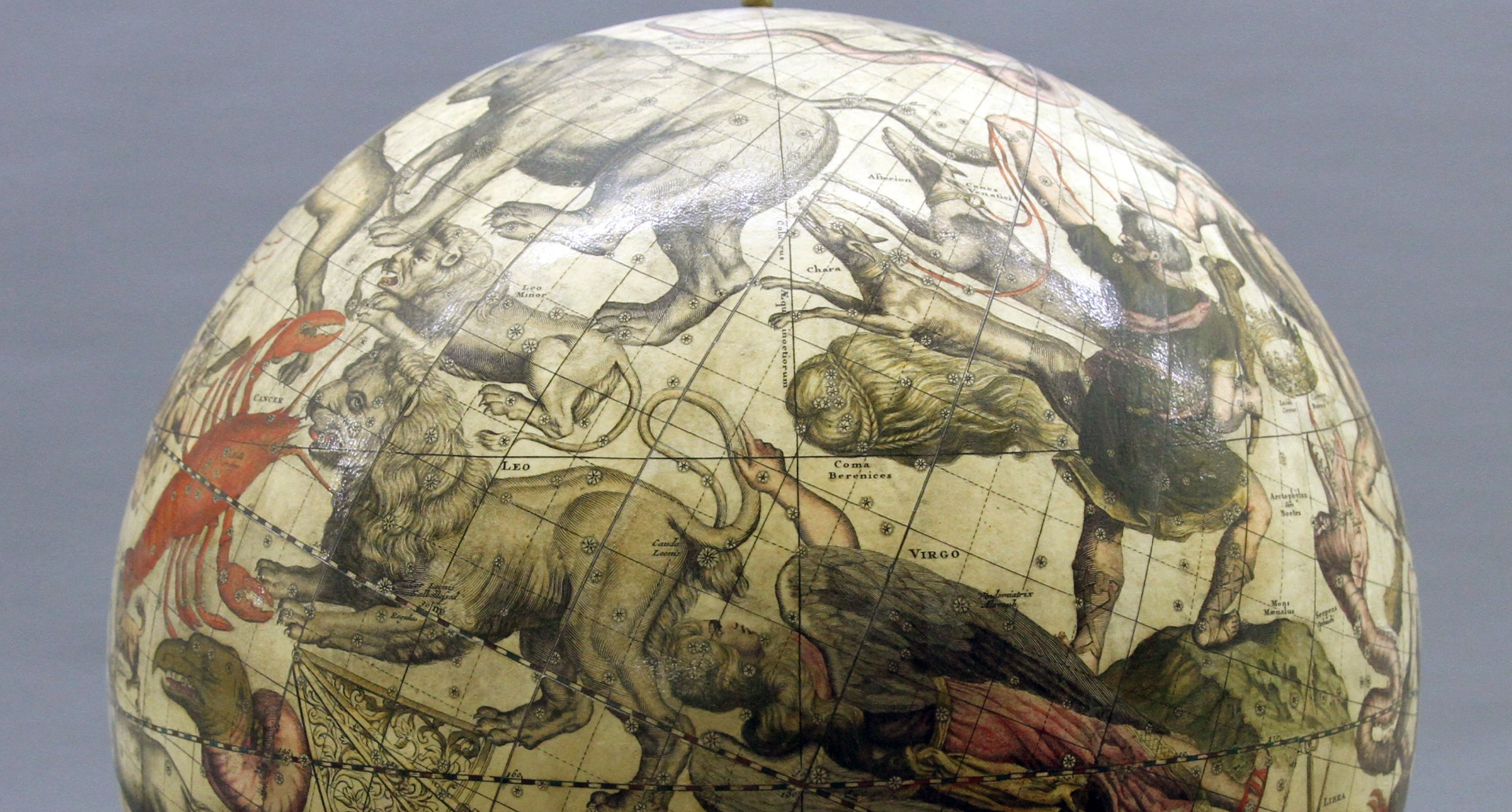
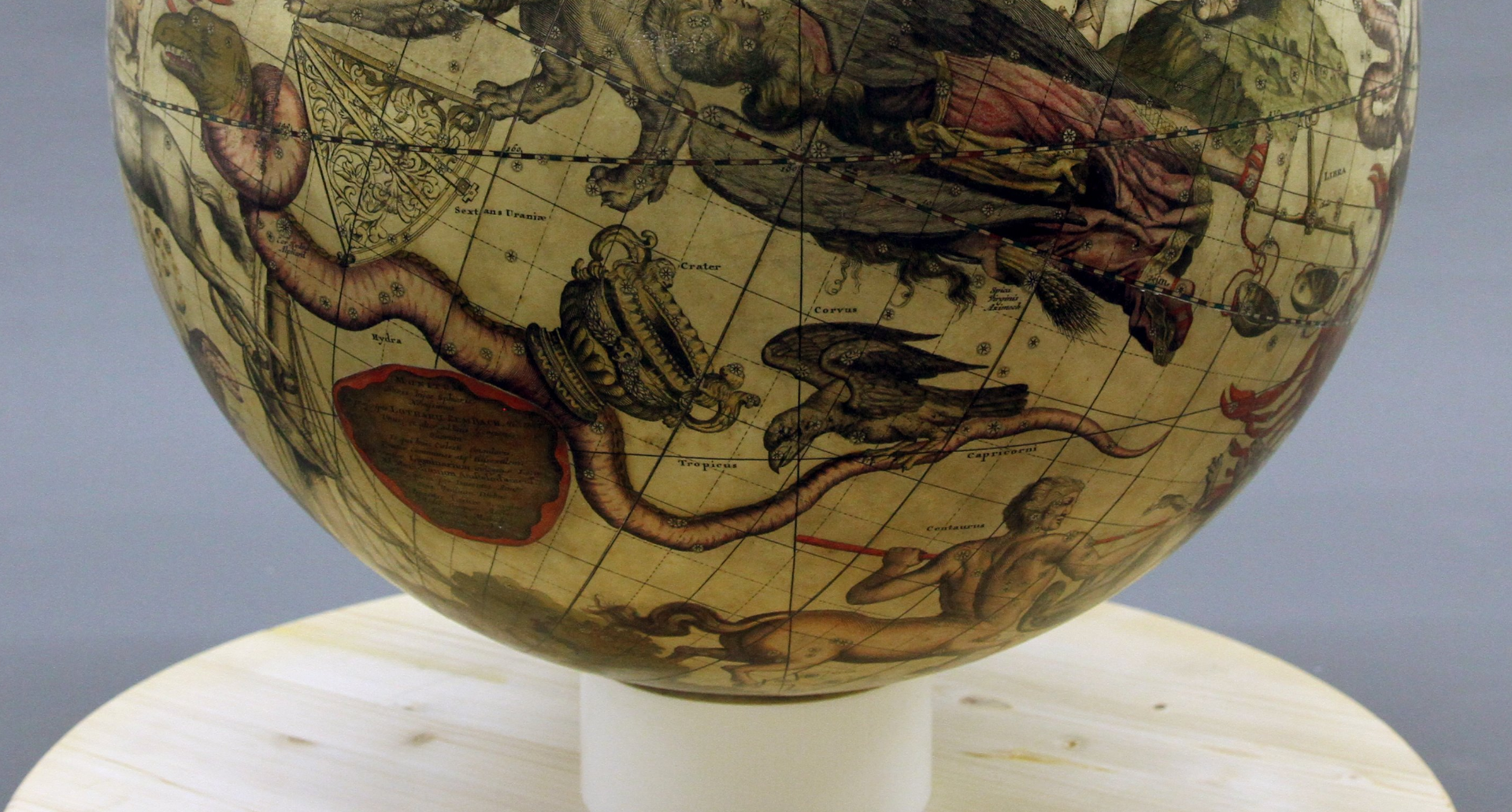
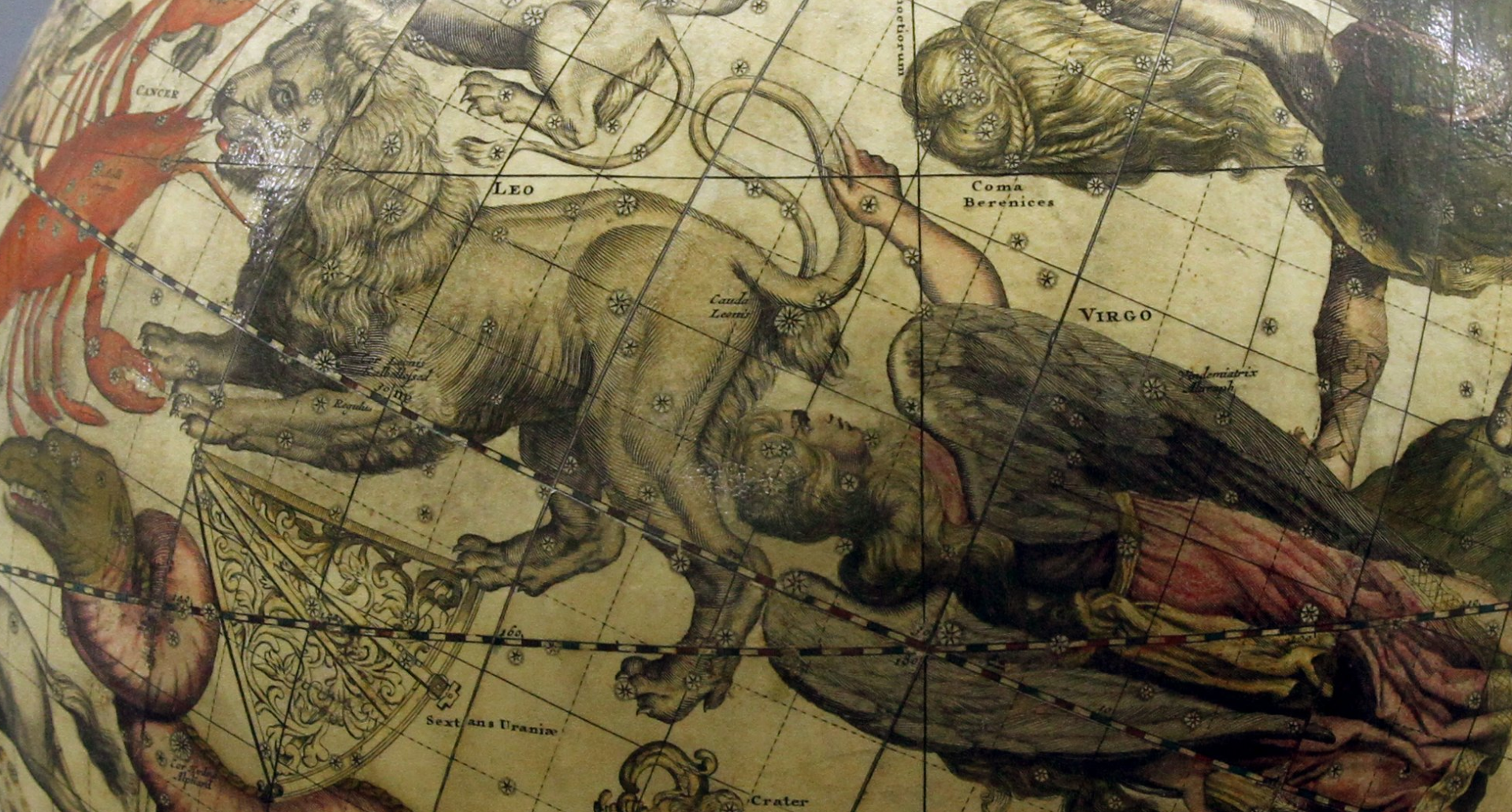
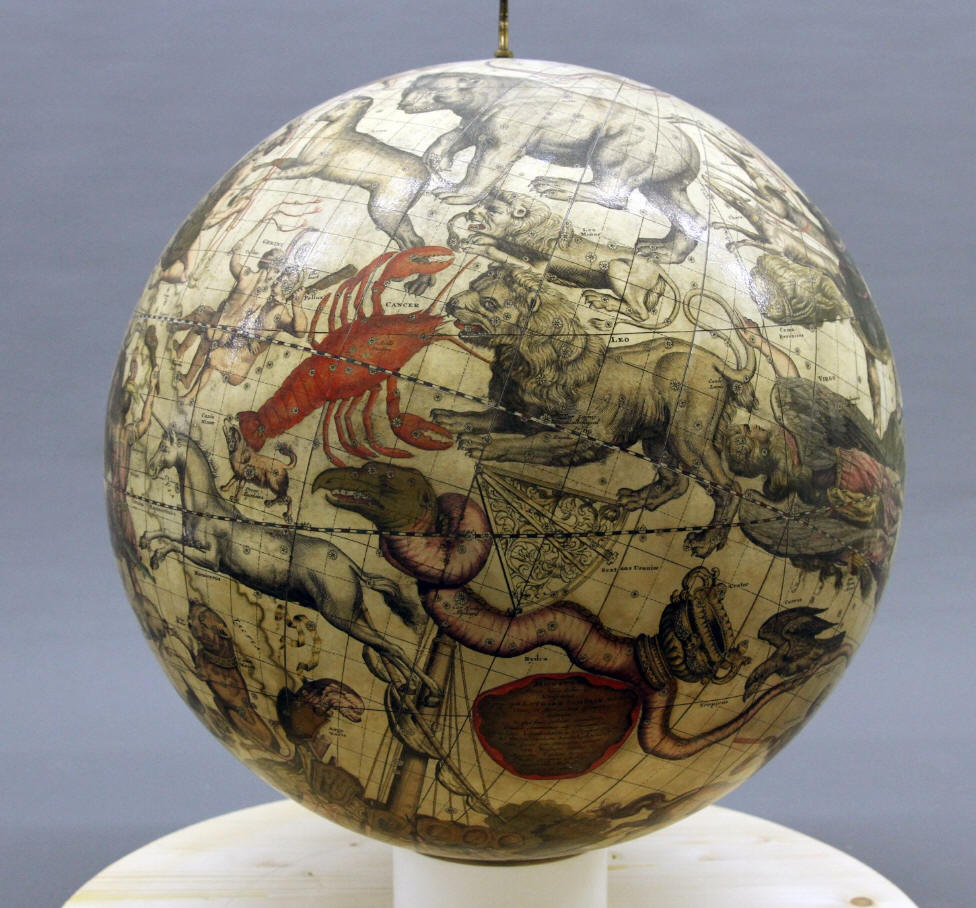
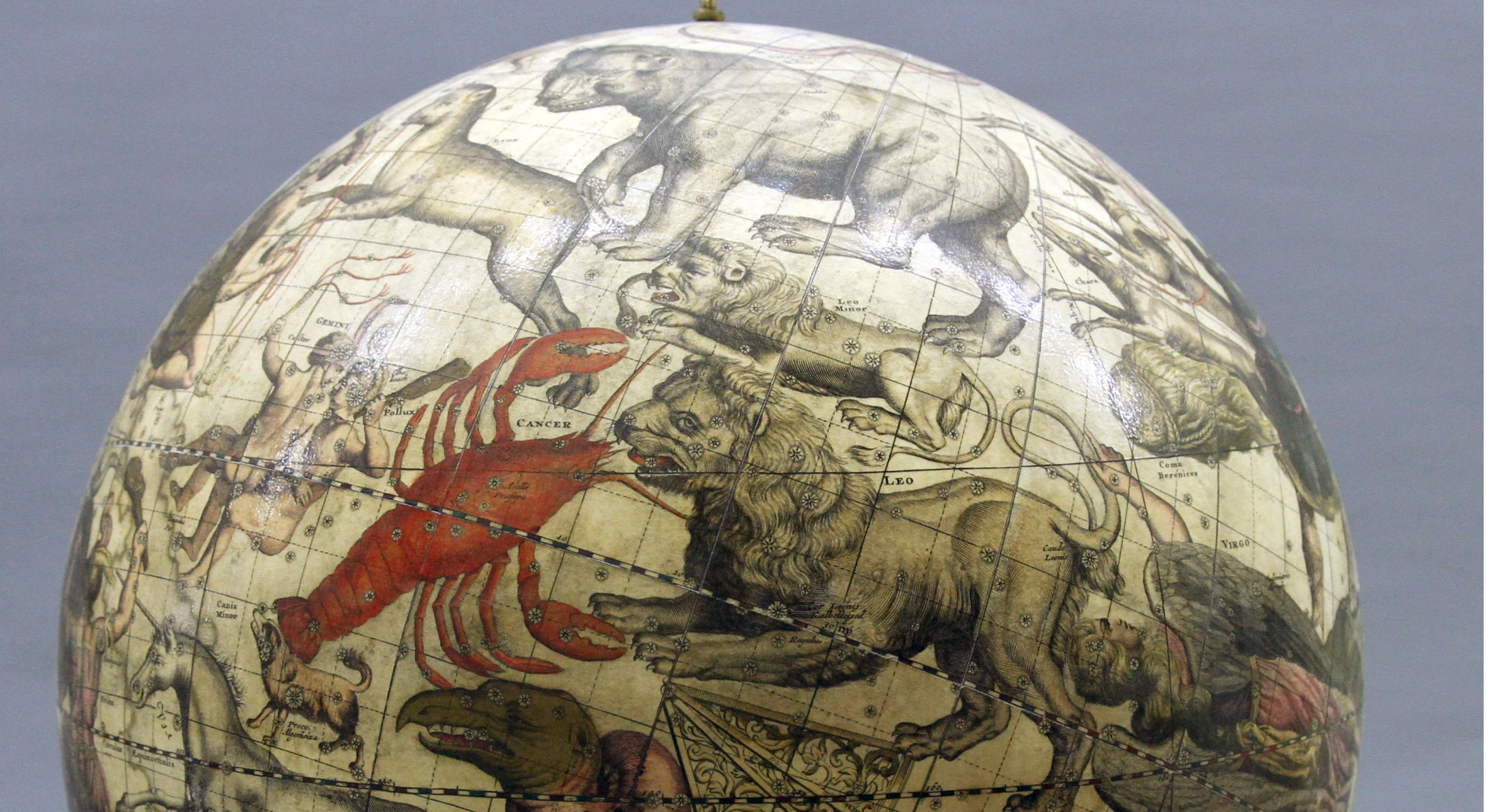
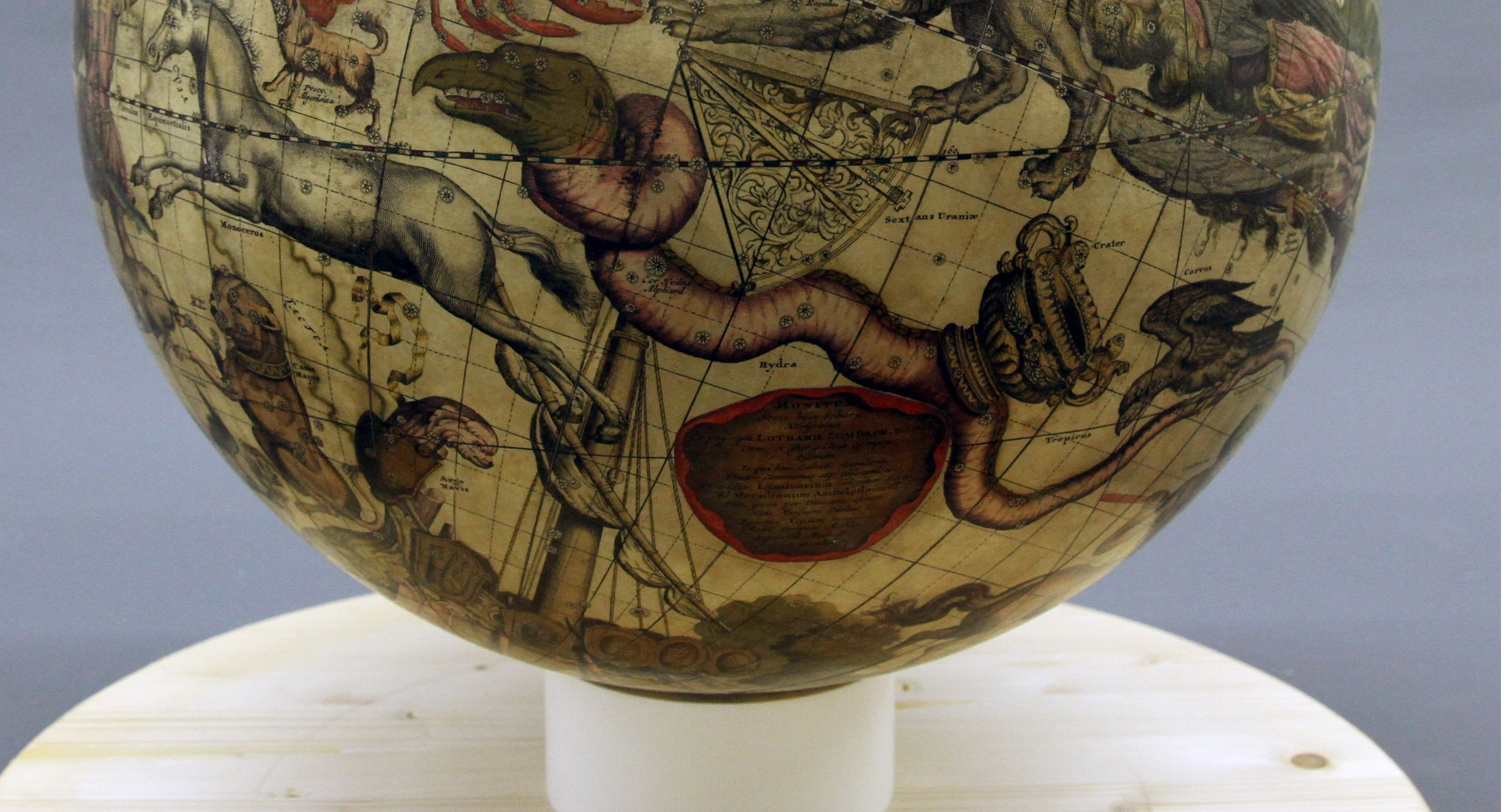
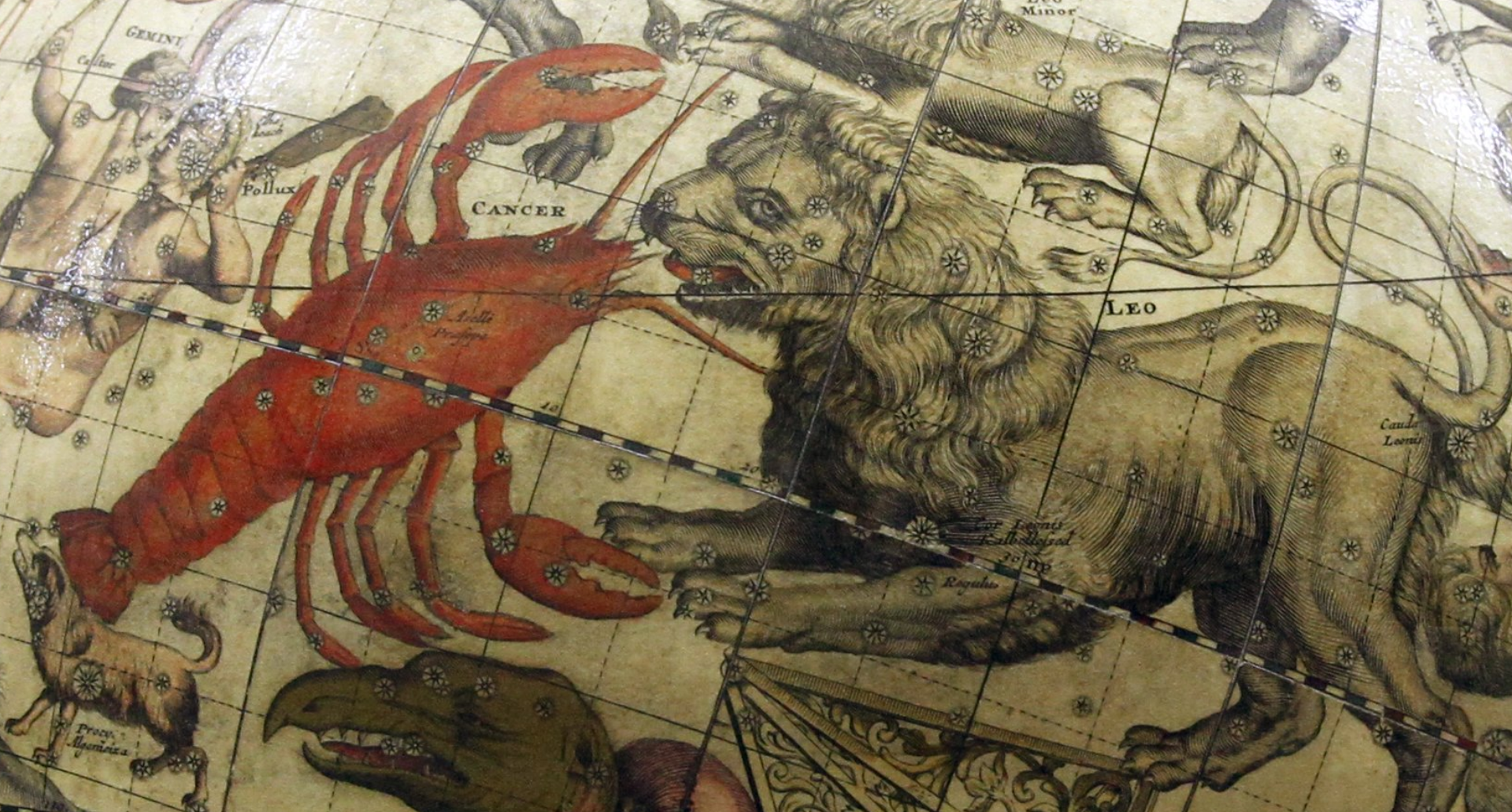
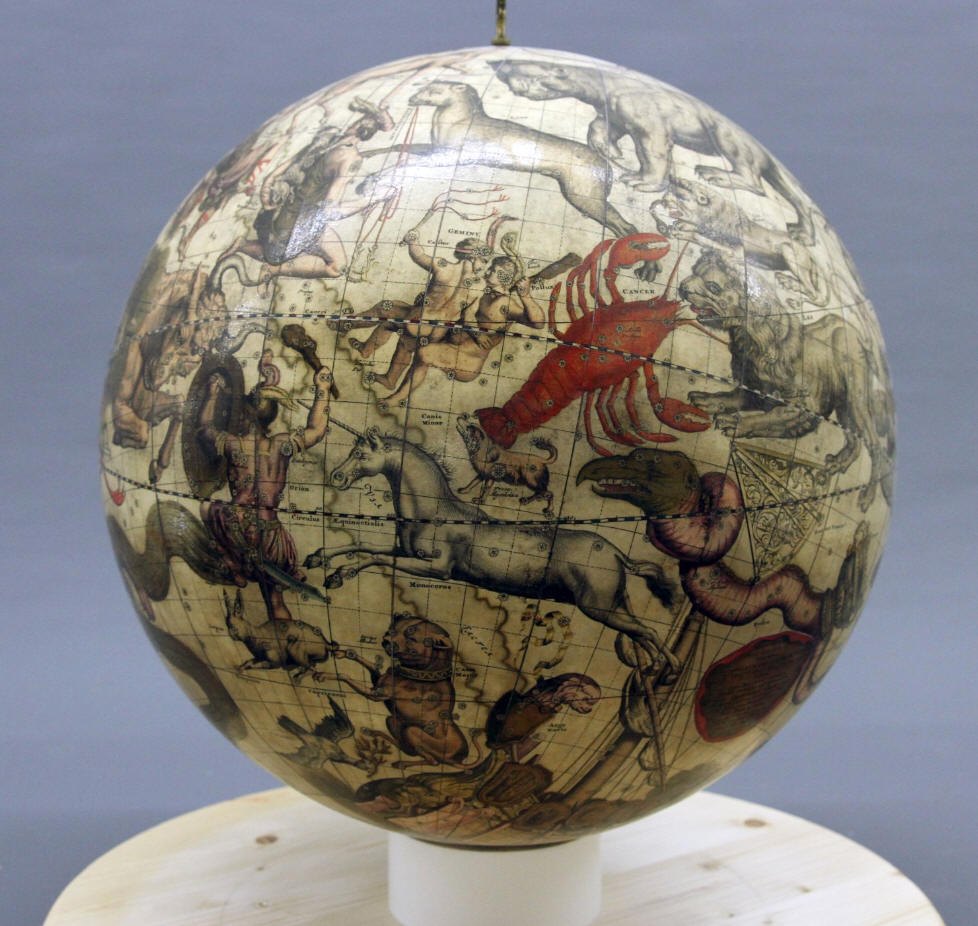
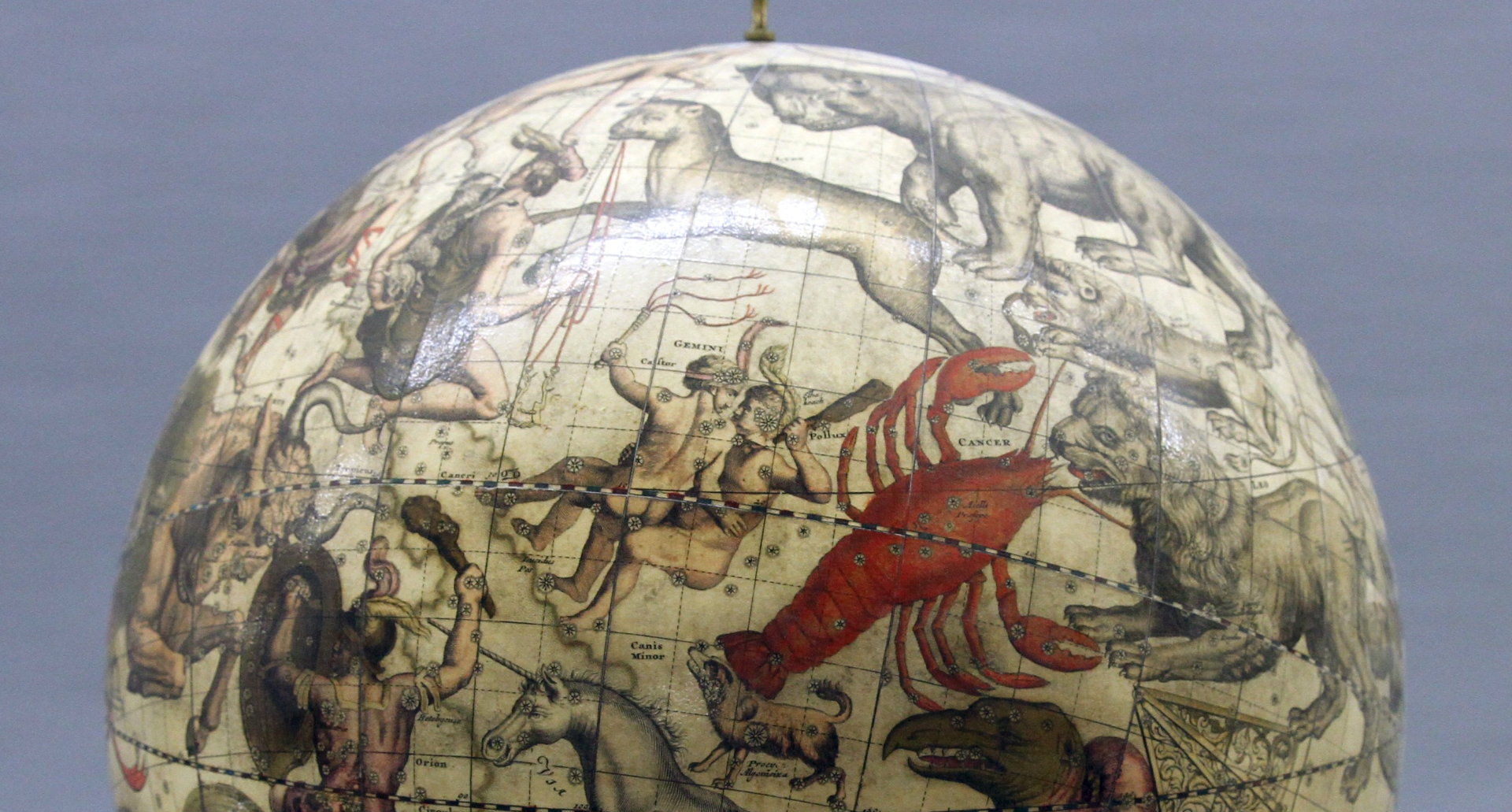
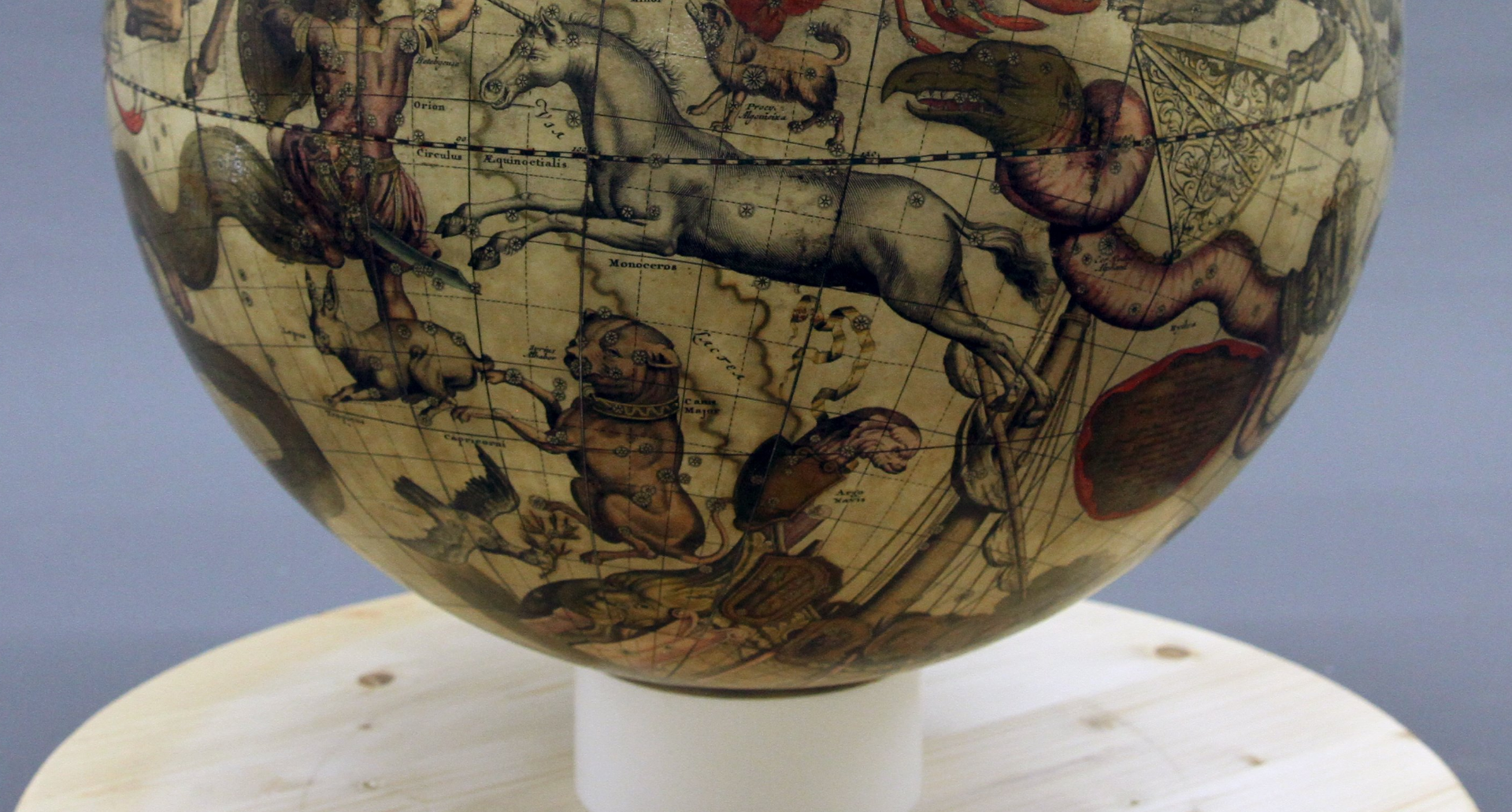
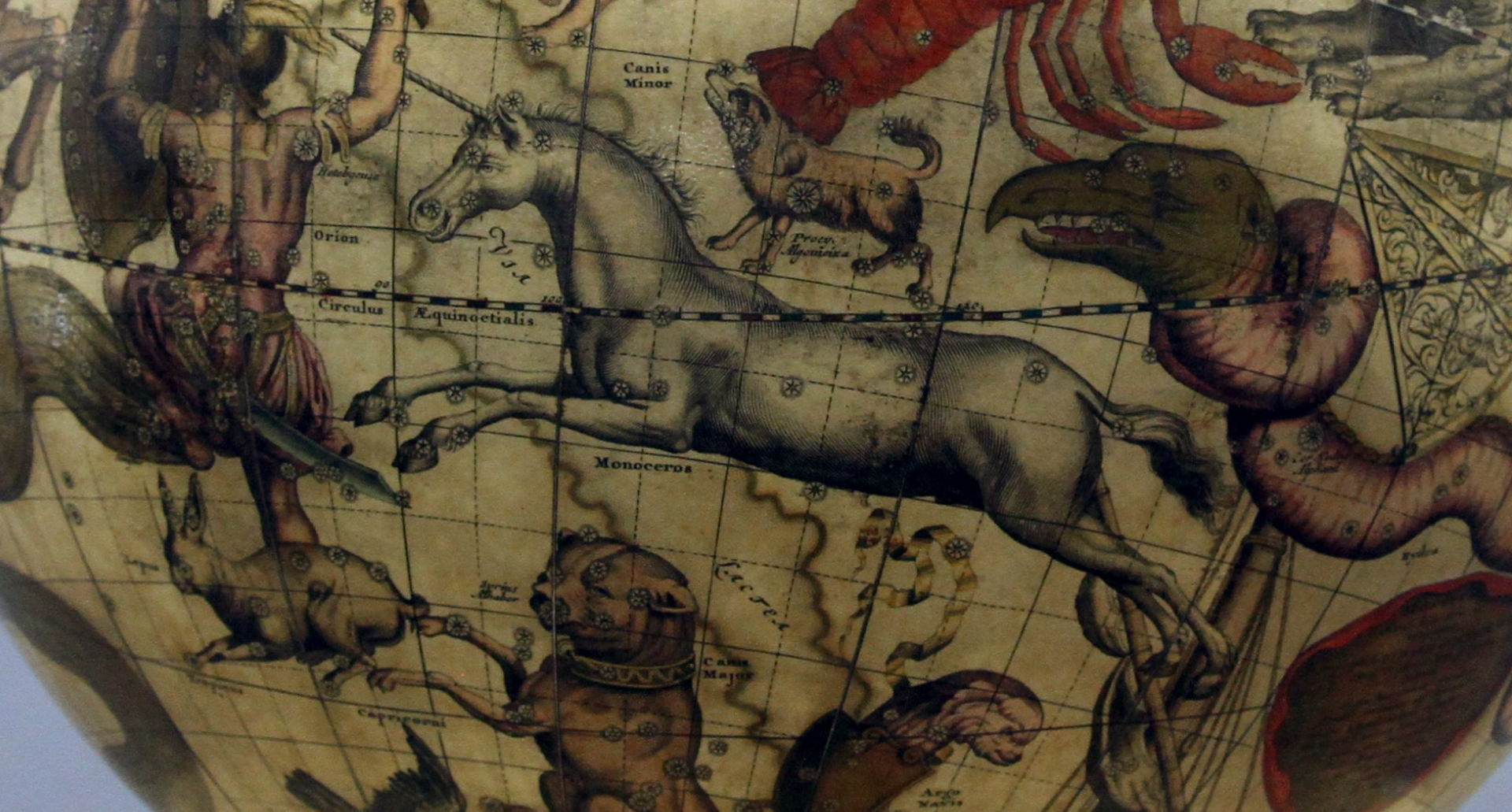
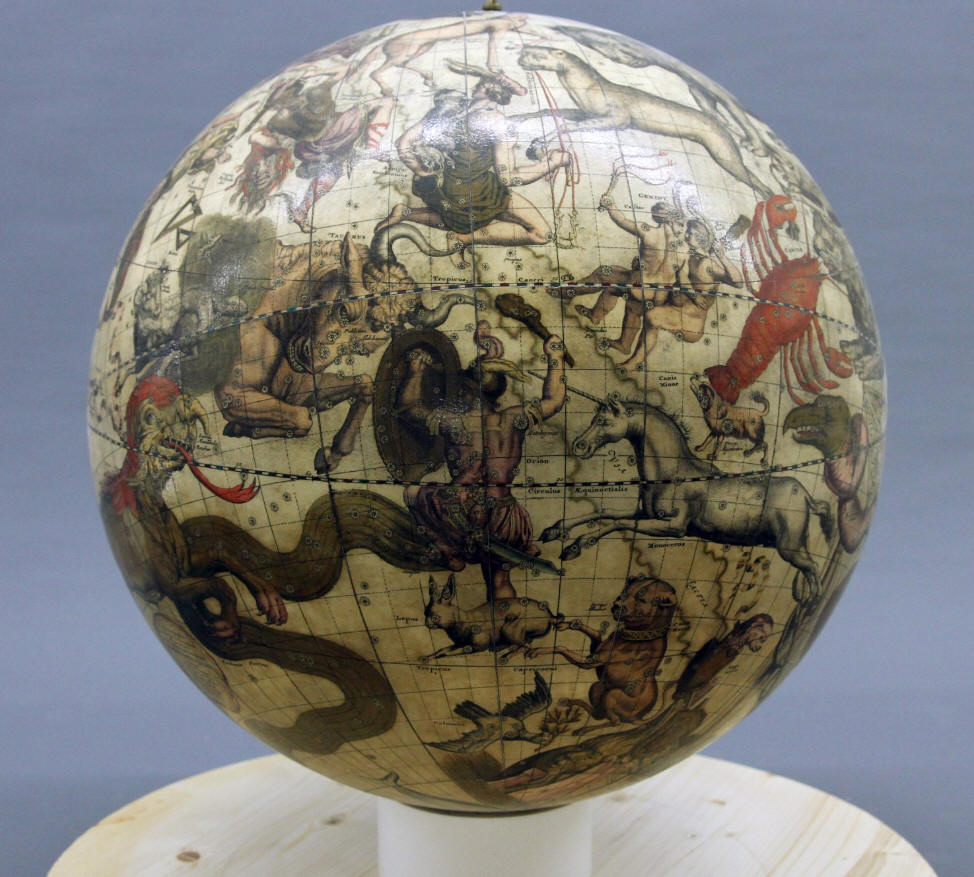
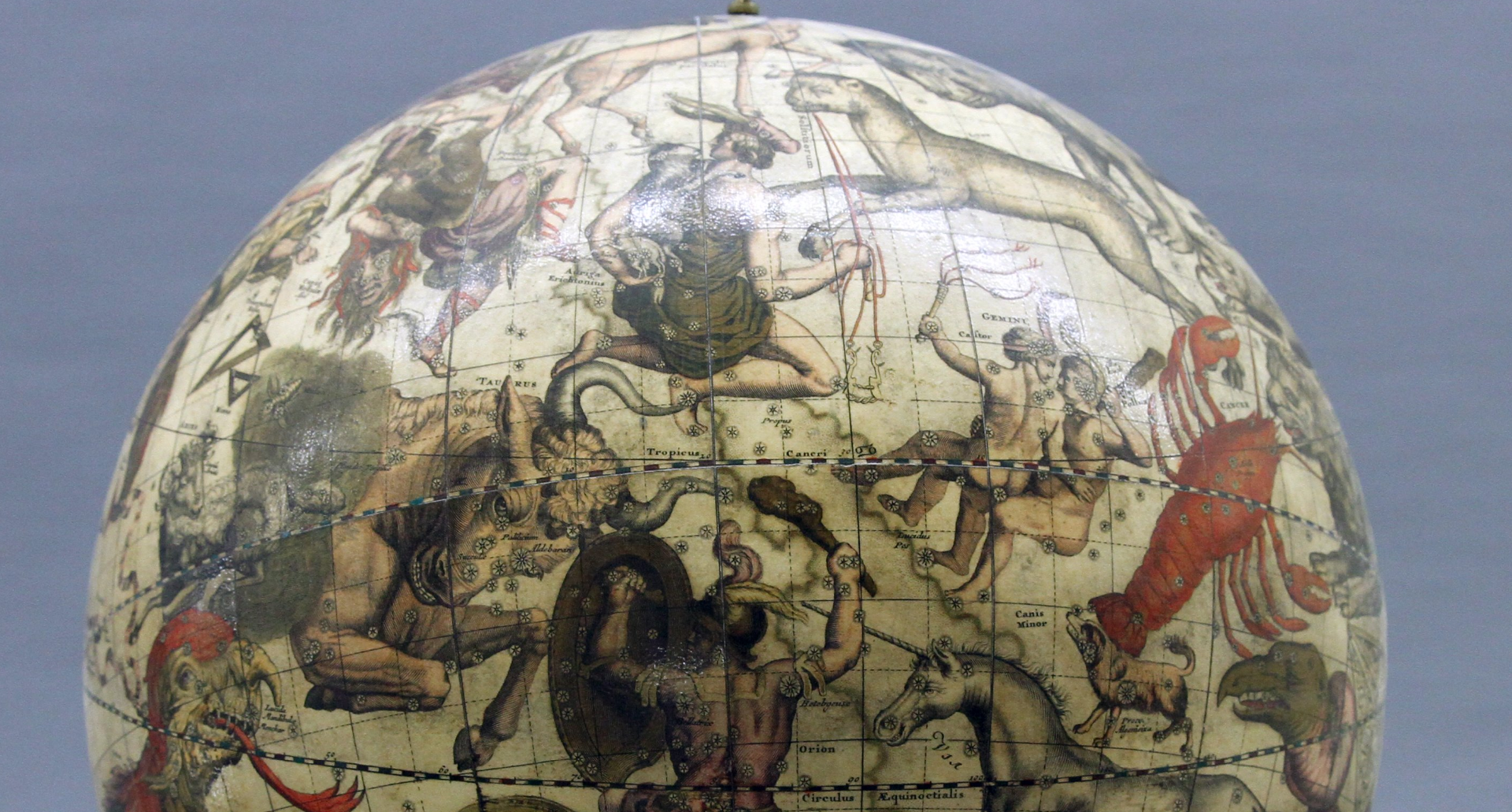
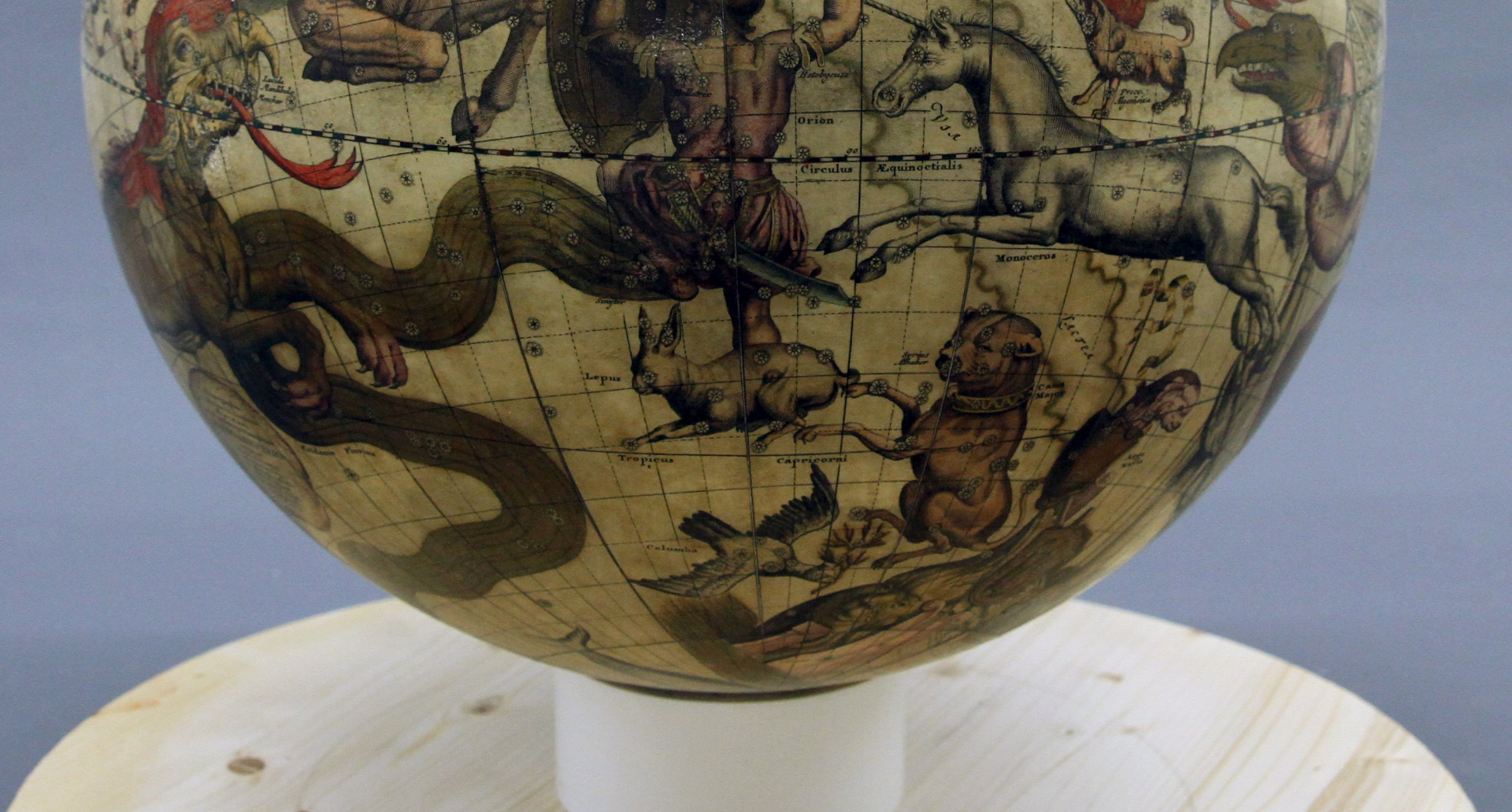
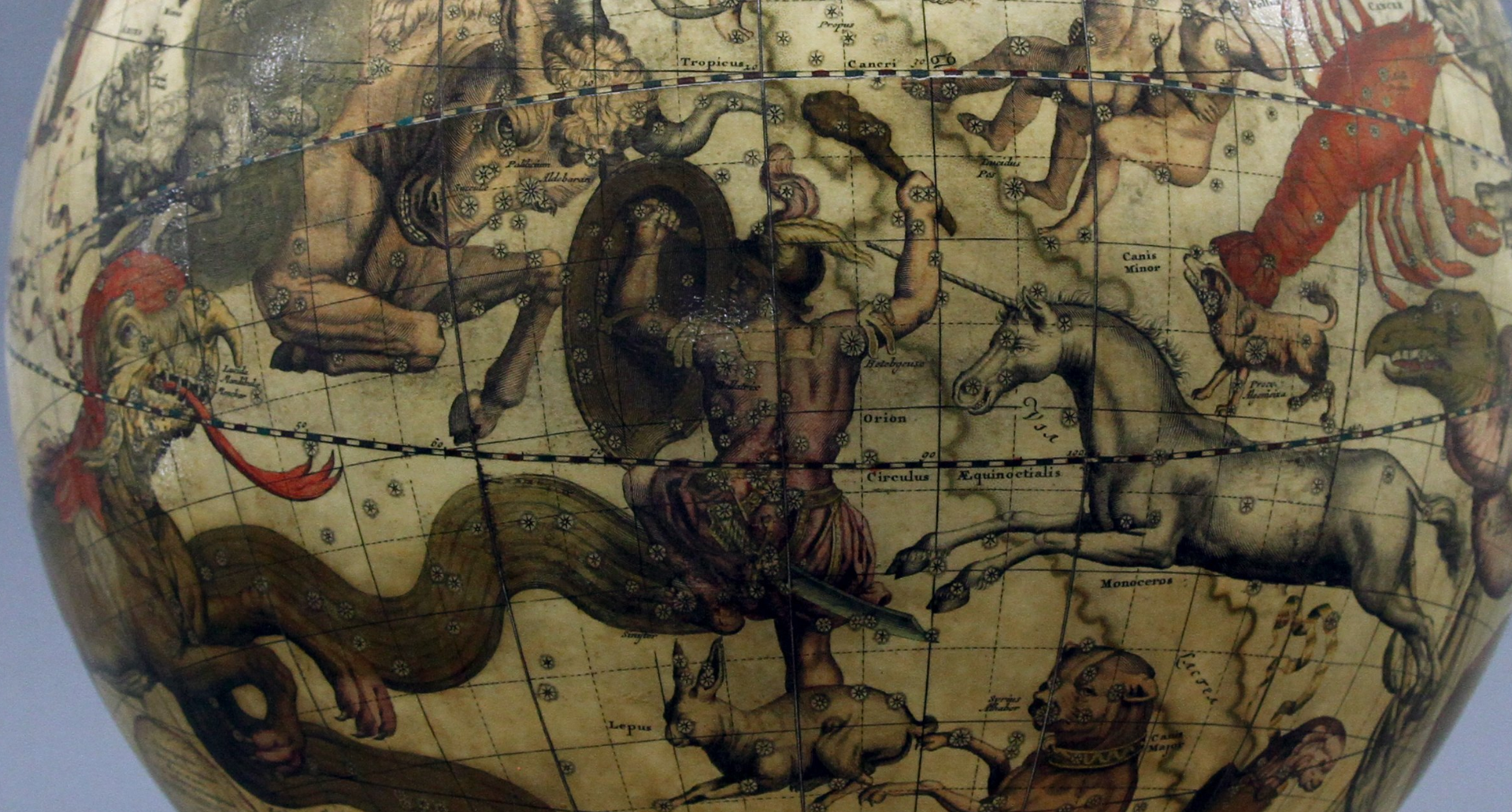
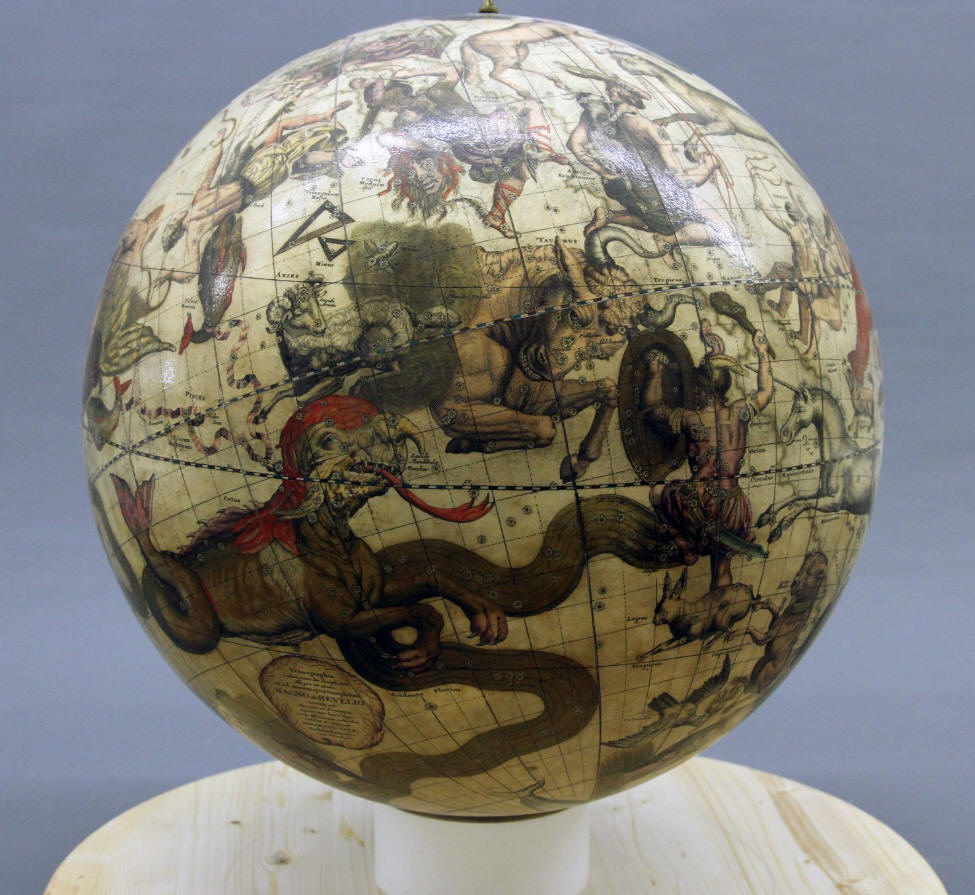
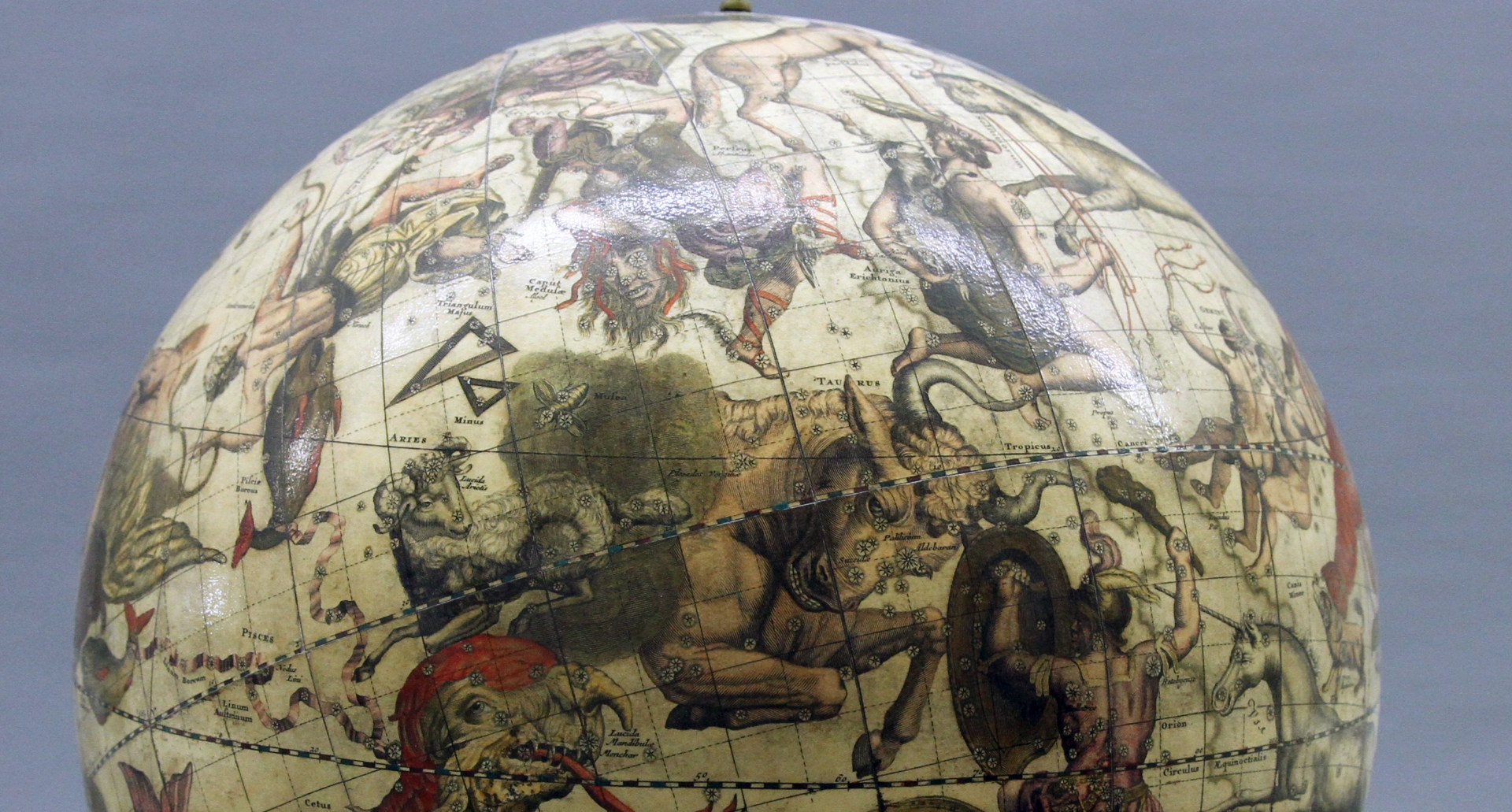
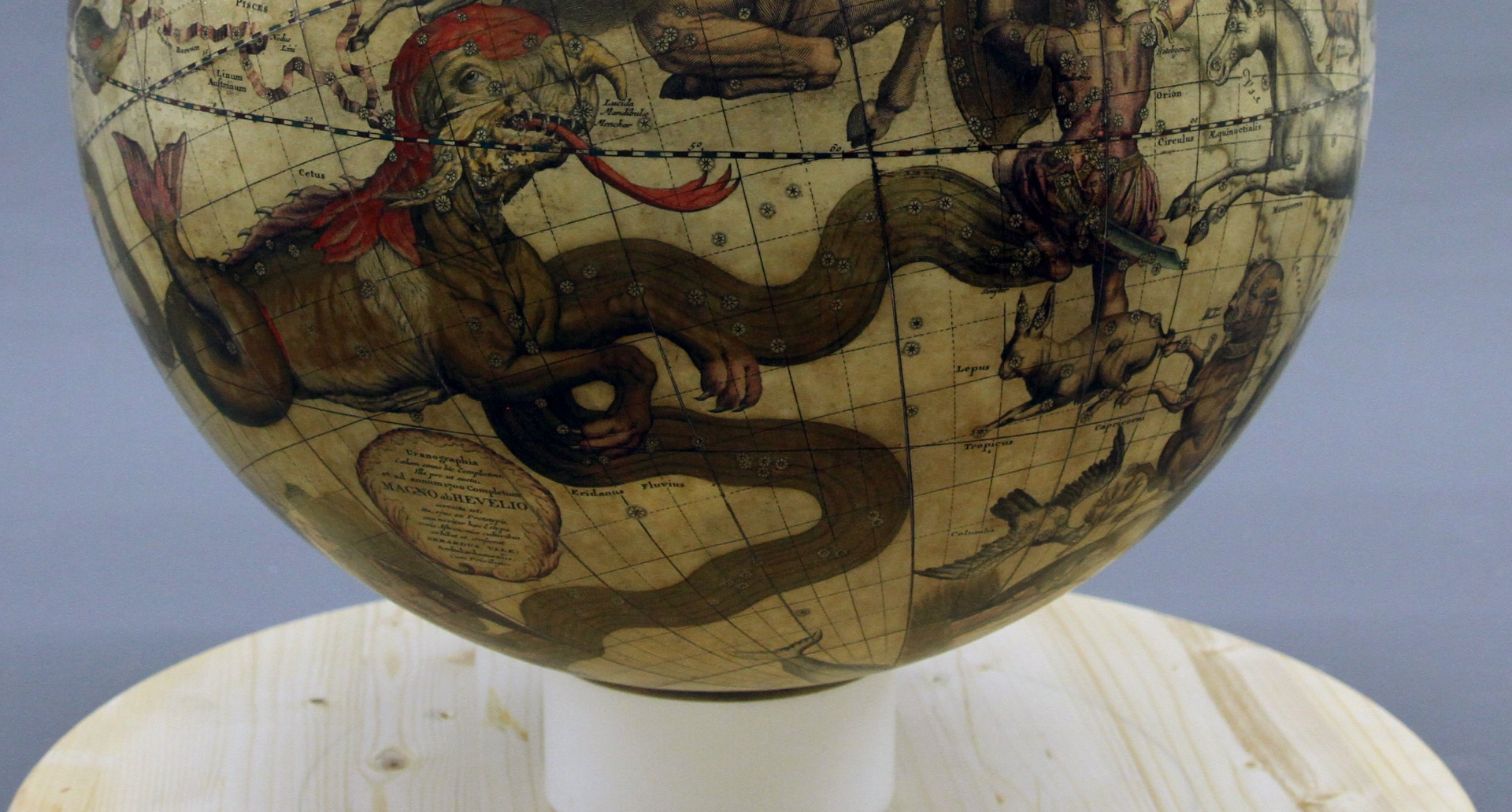
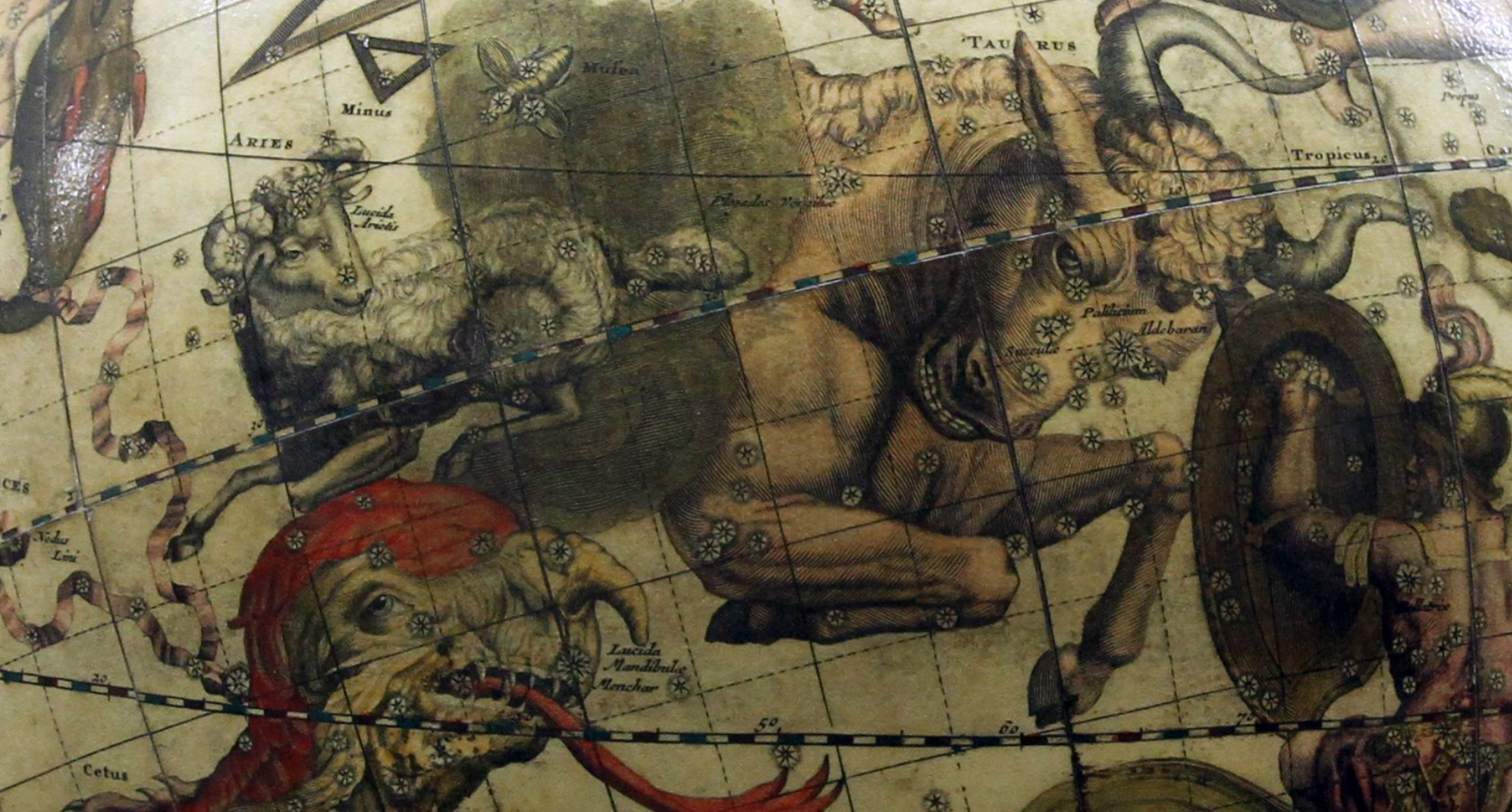
Terrestrial globe
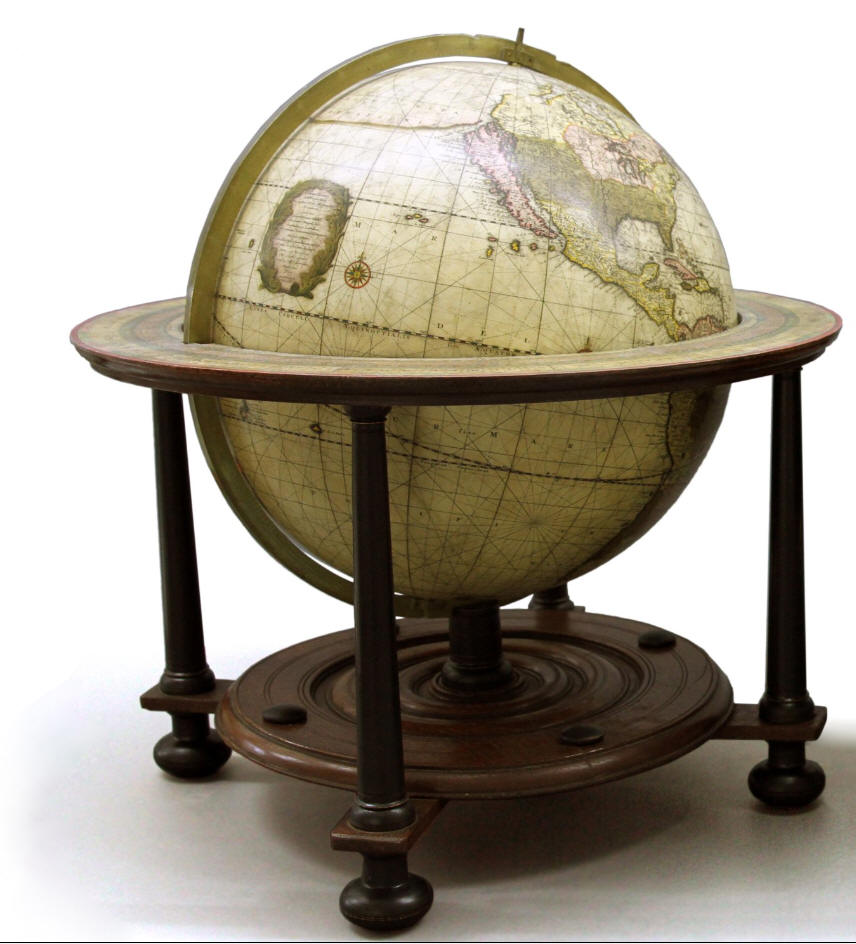
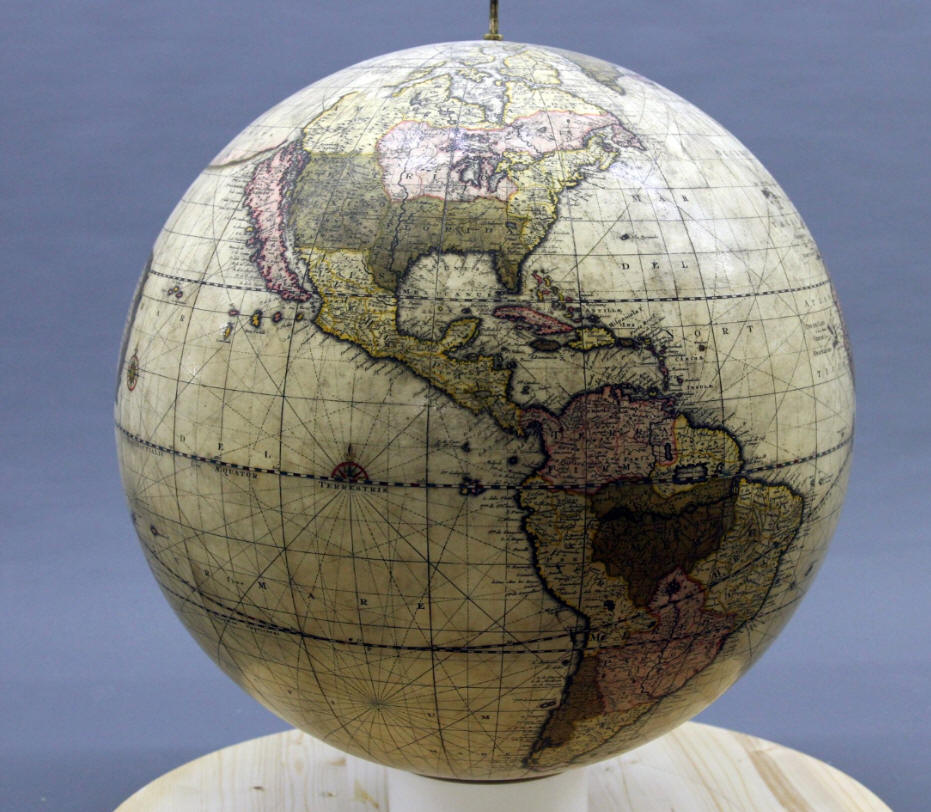
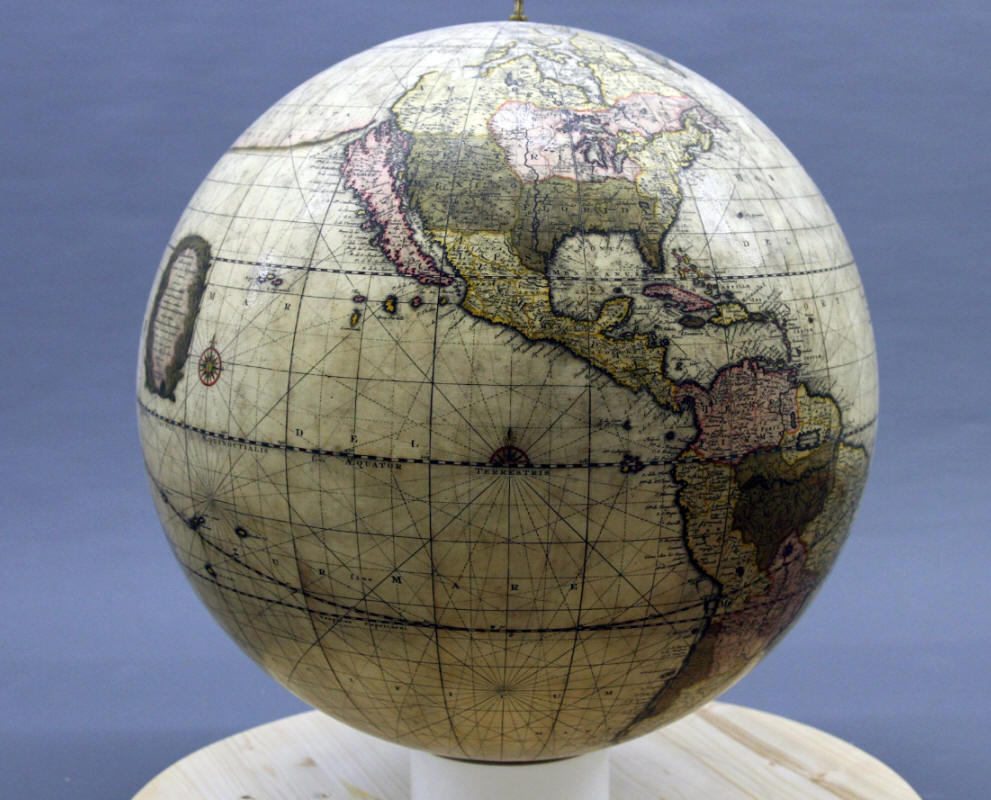
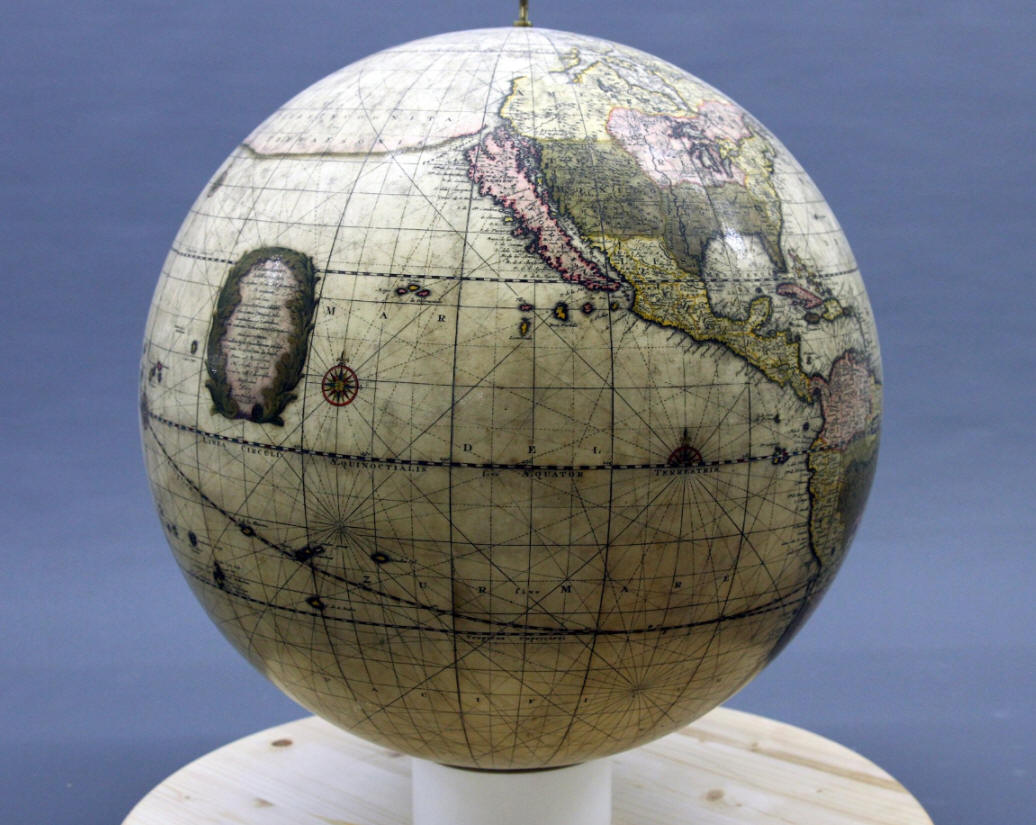
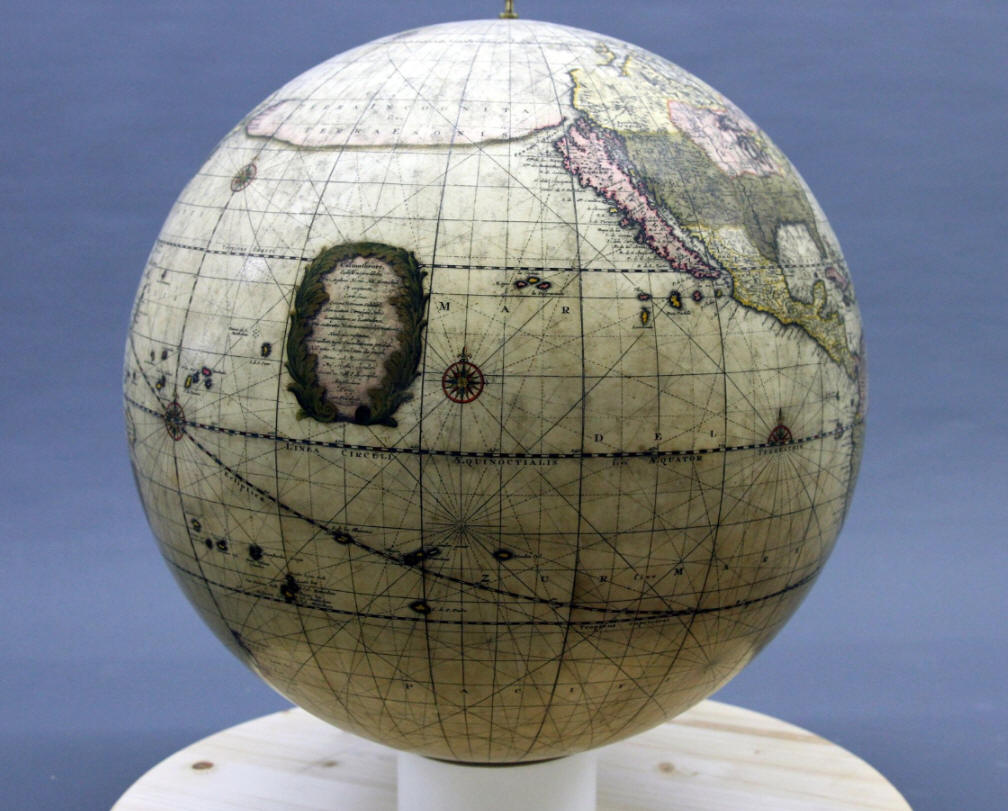
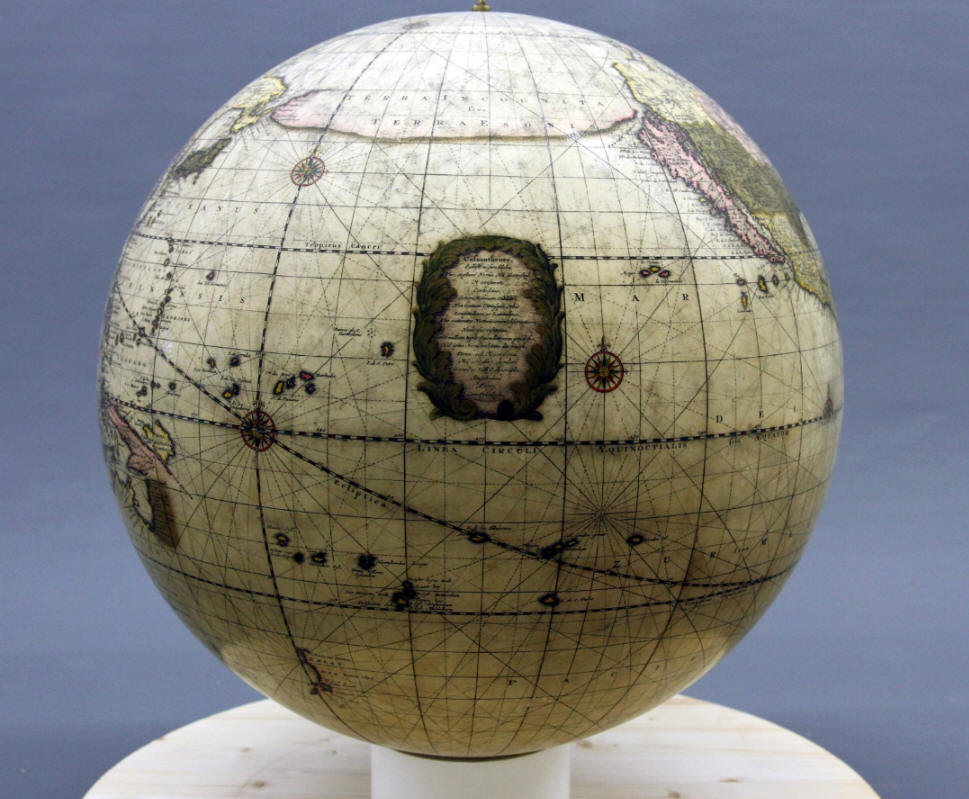
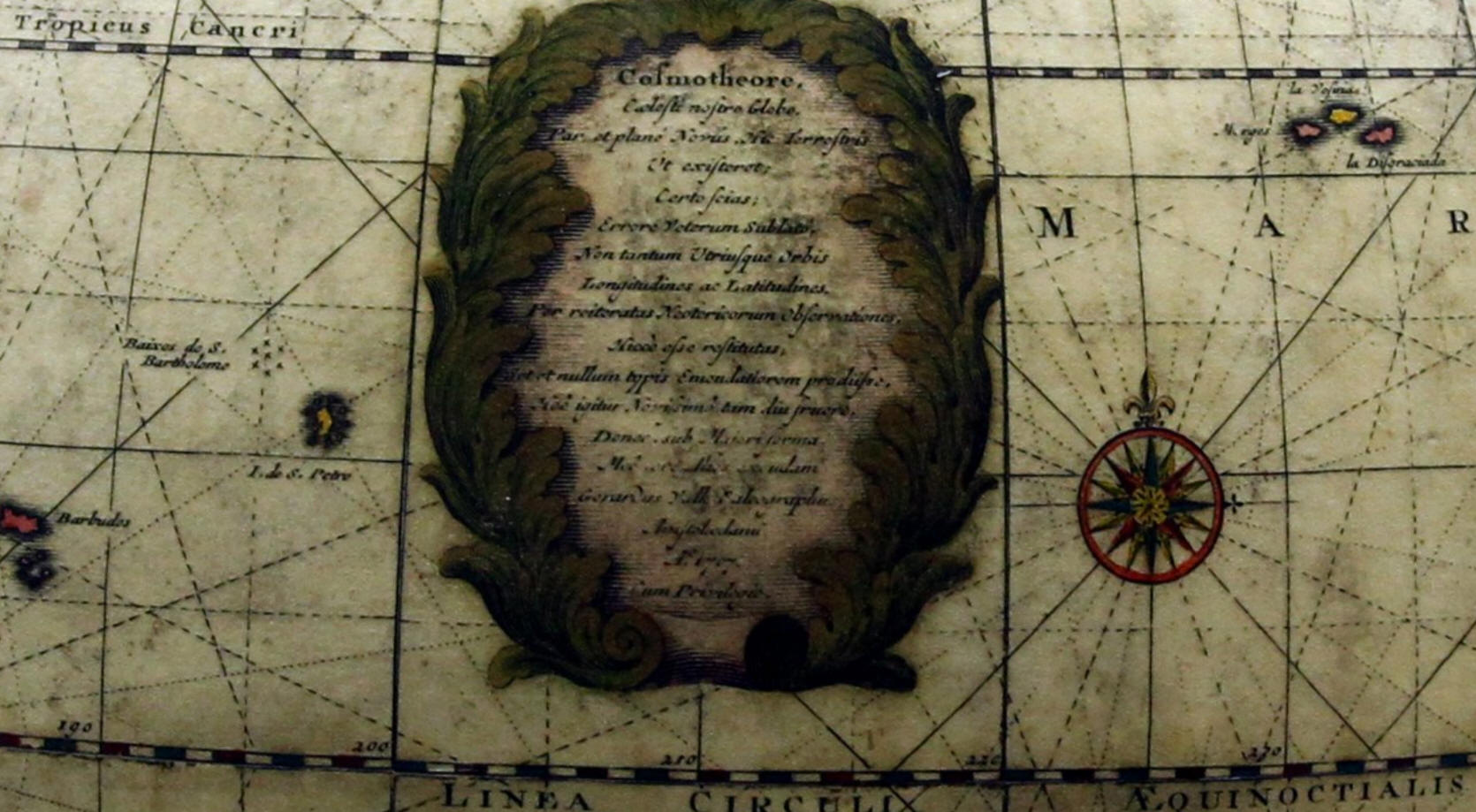
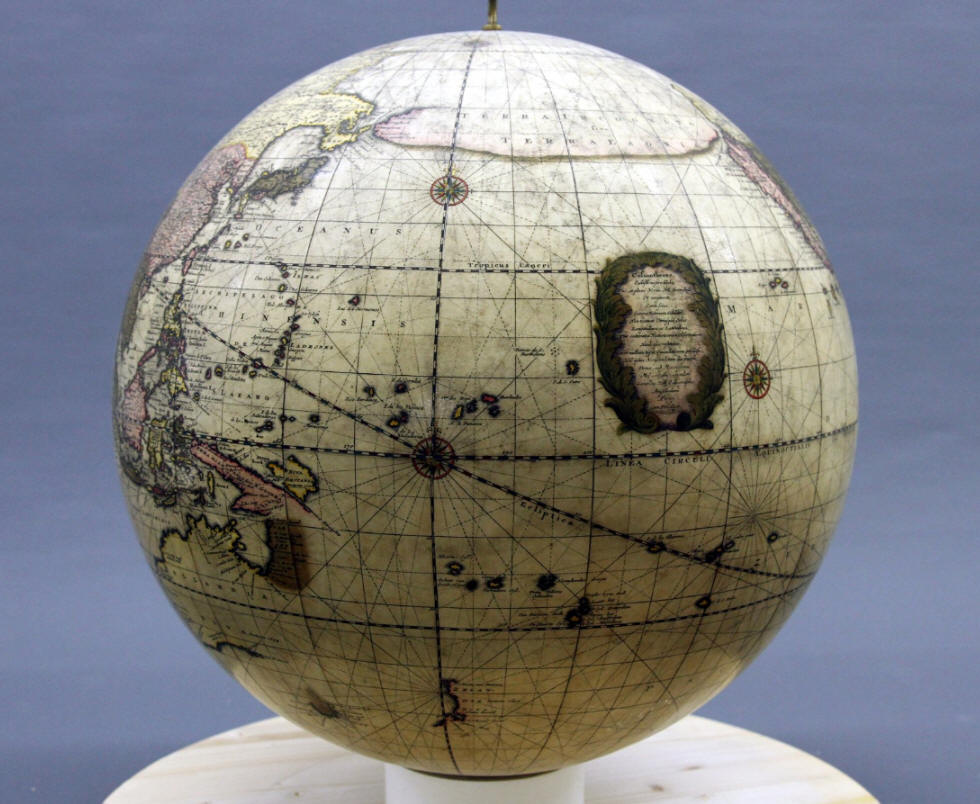
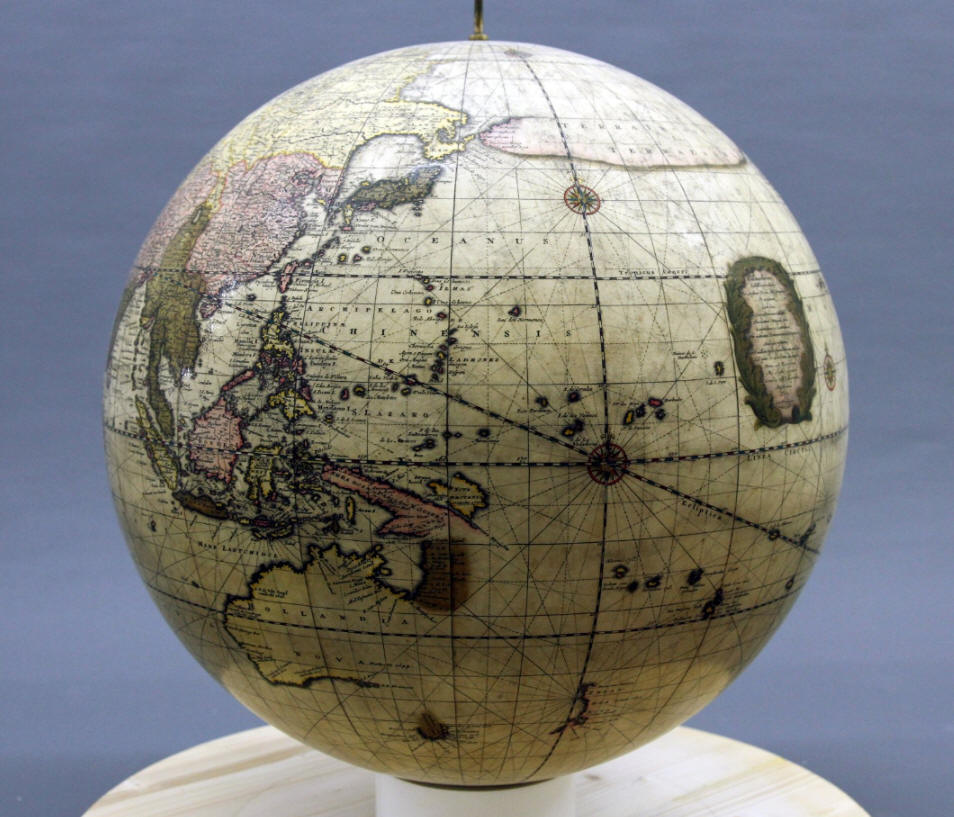
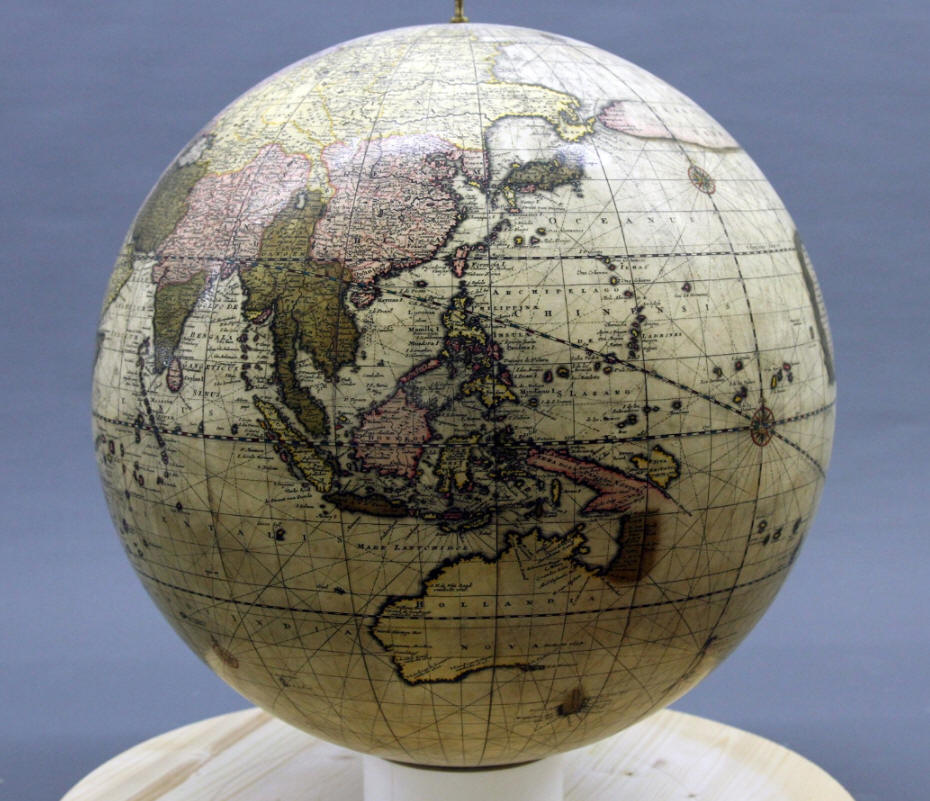
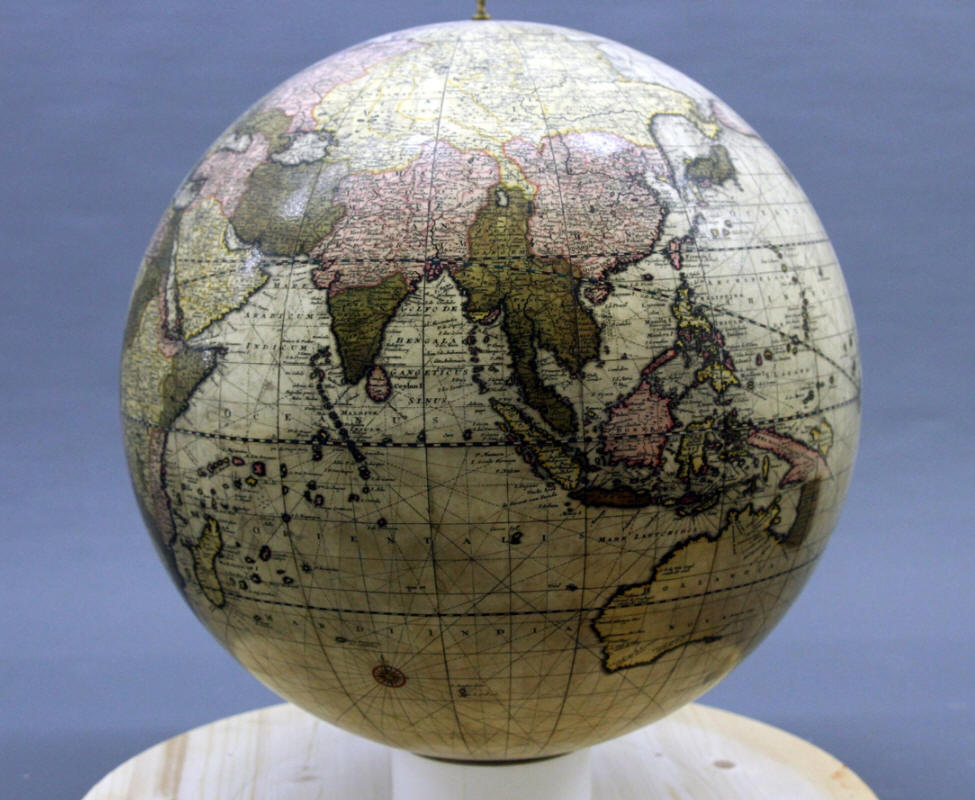
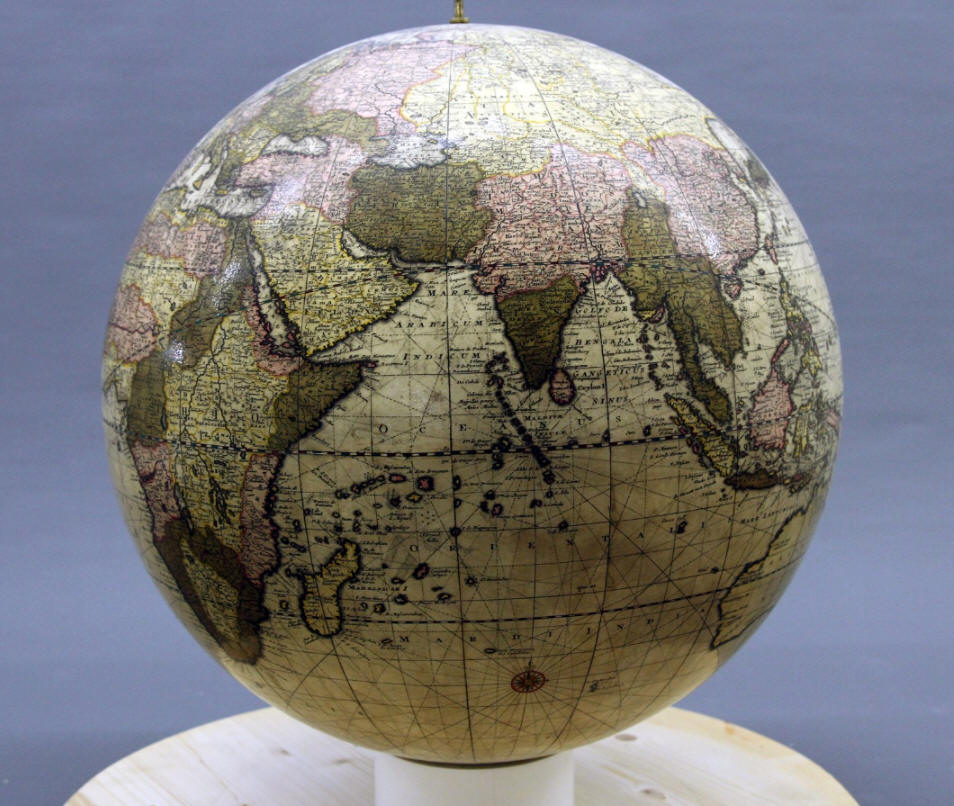
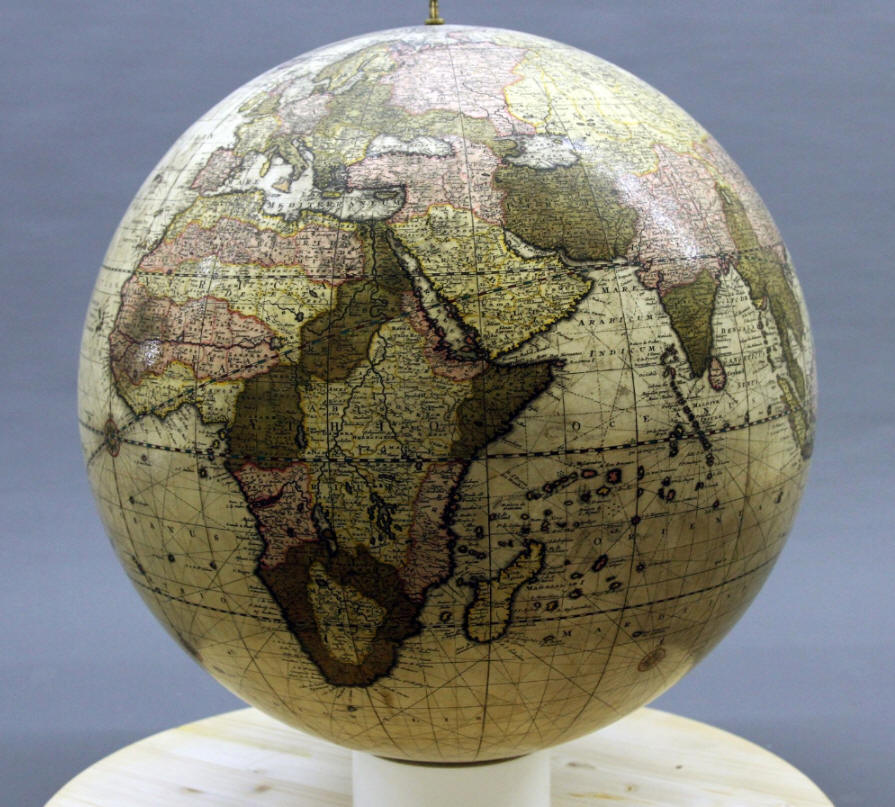
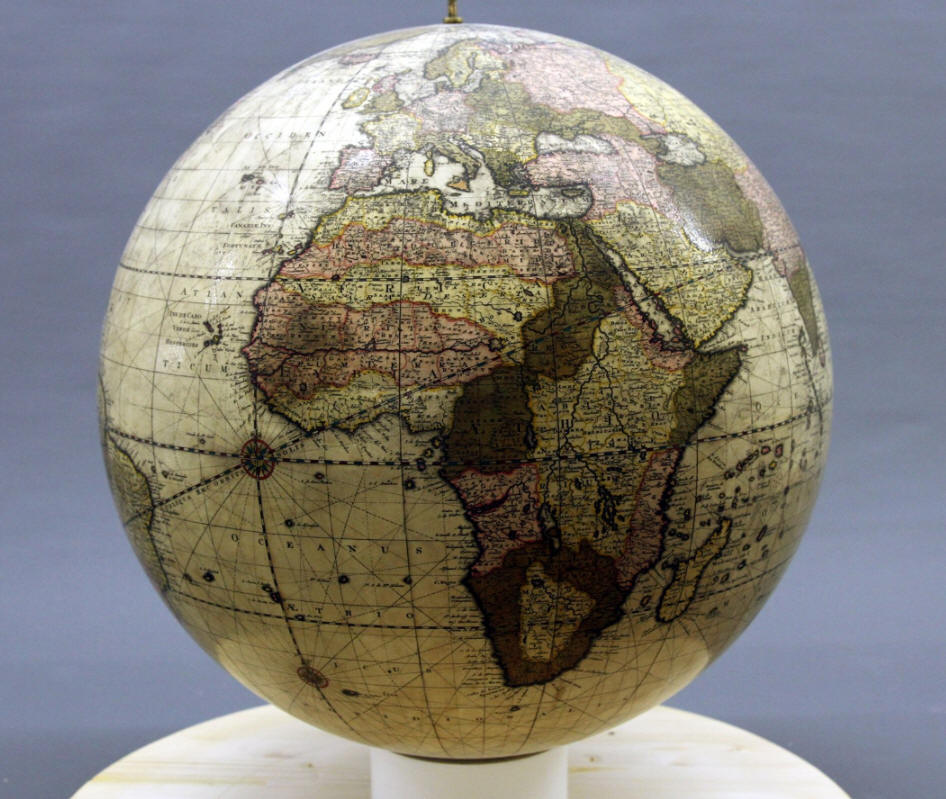
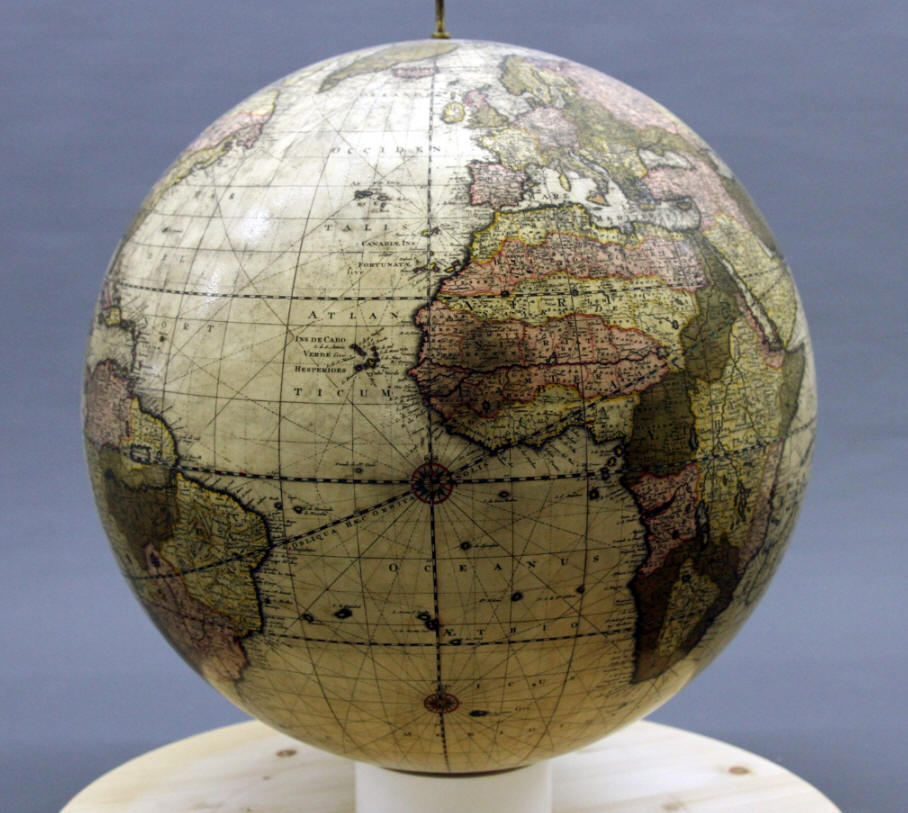
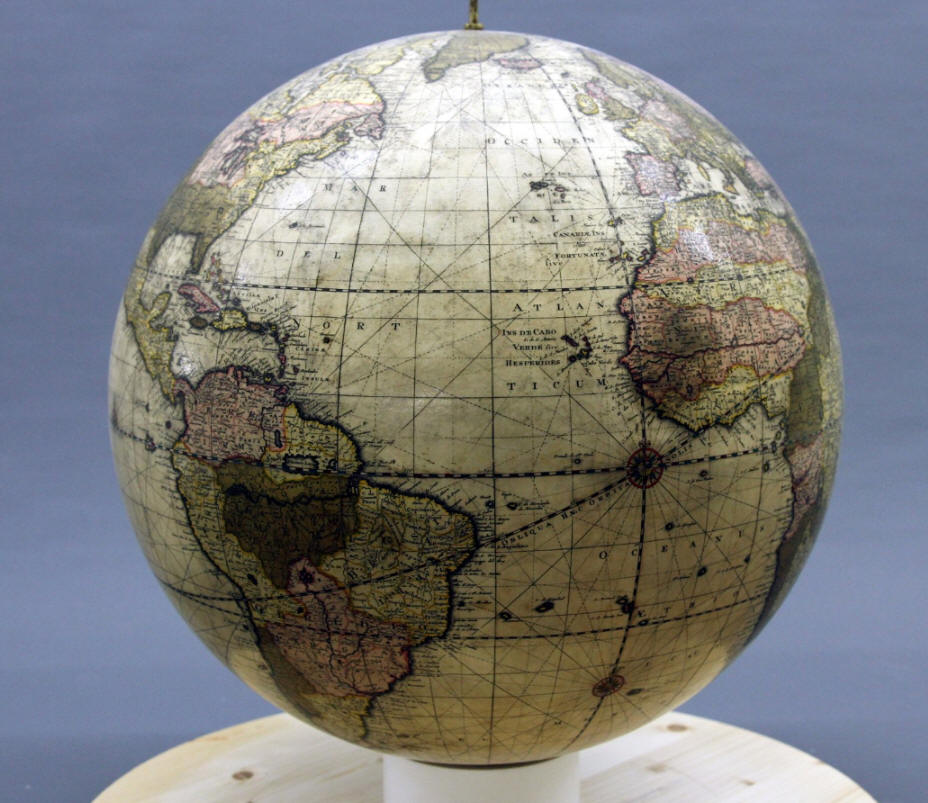
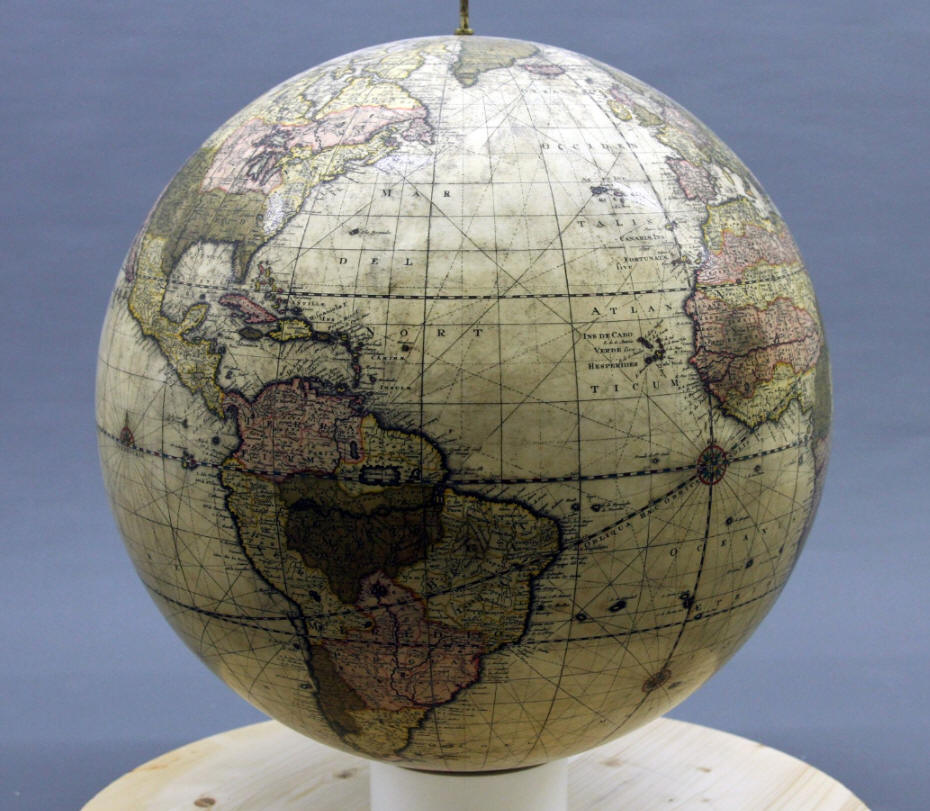
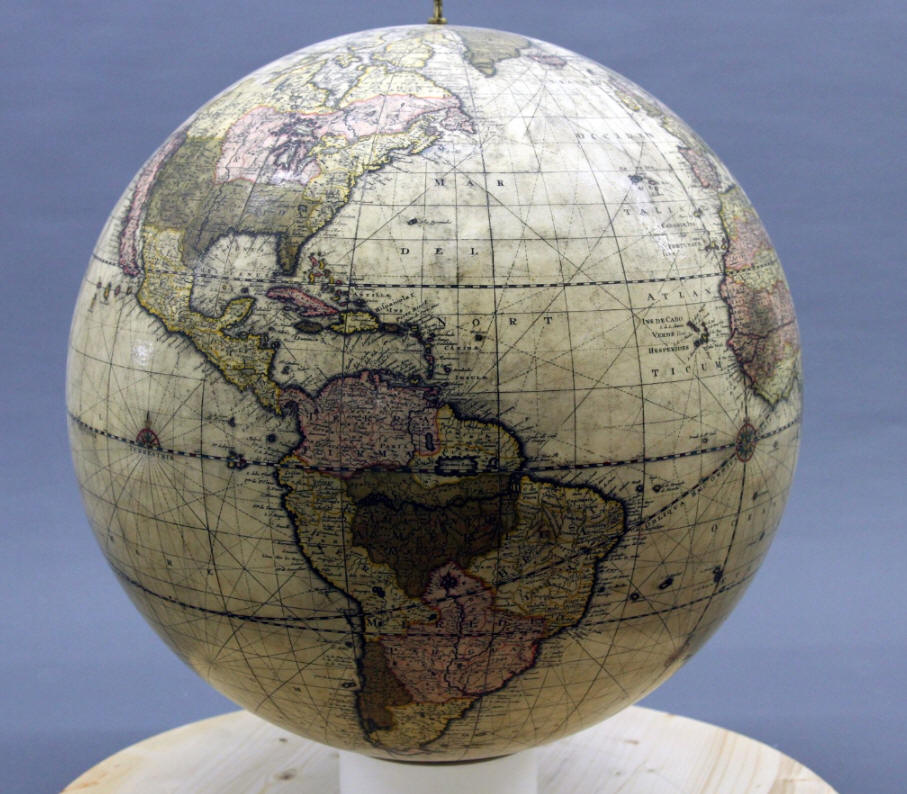
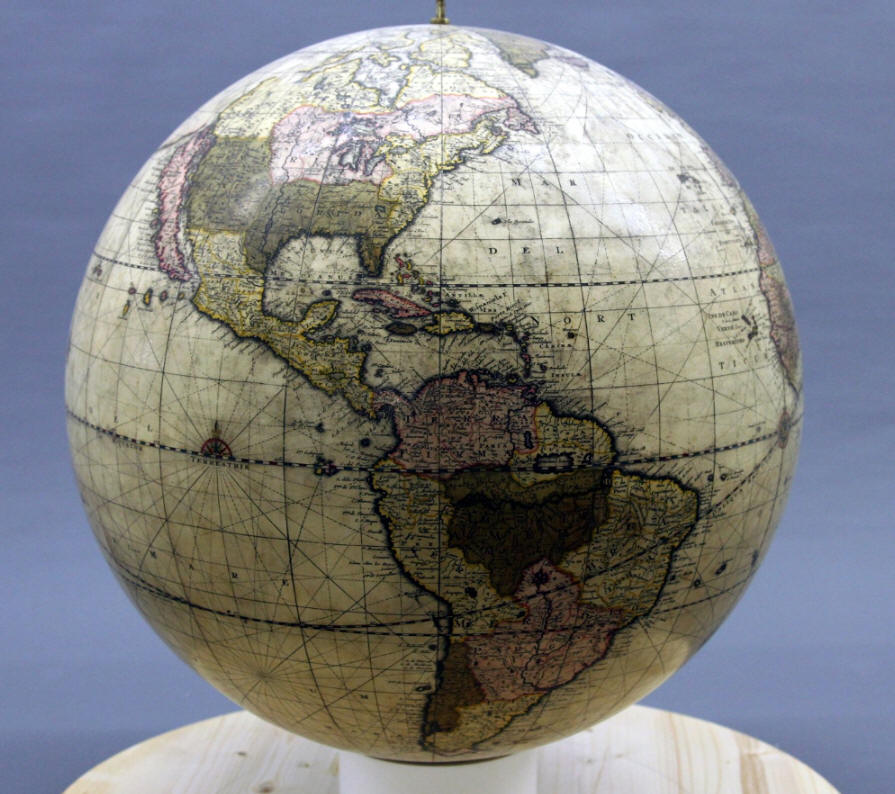
Alla seguente pagina viene presentato un altro globo celeste prodotto ad Amsterdam nel 1715 nel laboratorio tipografico di Gerard e Leonard Valk, il diametro θ di 46 cm e riporta solo piccole variazioni rispetto a quello del 1700:

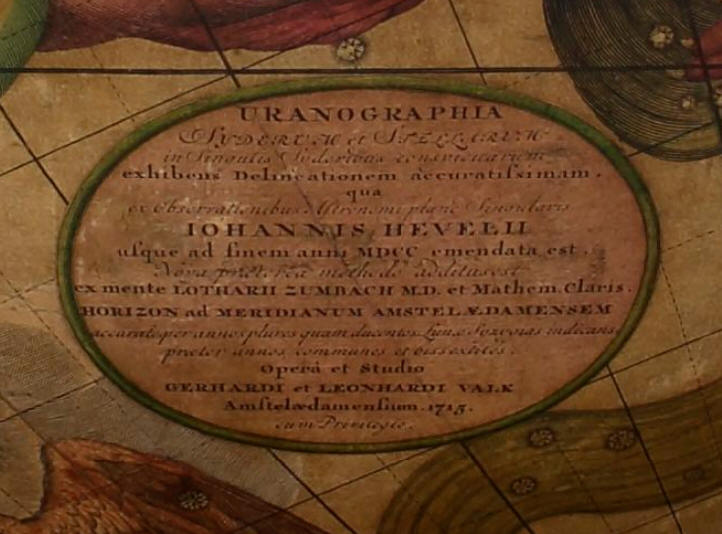

https://gallica.bnf.fr/ark:/12148/btv1b55010411c
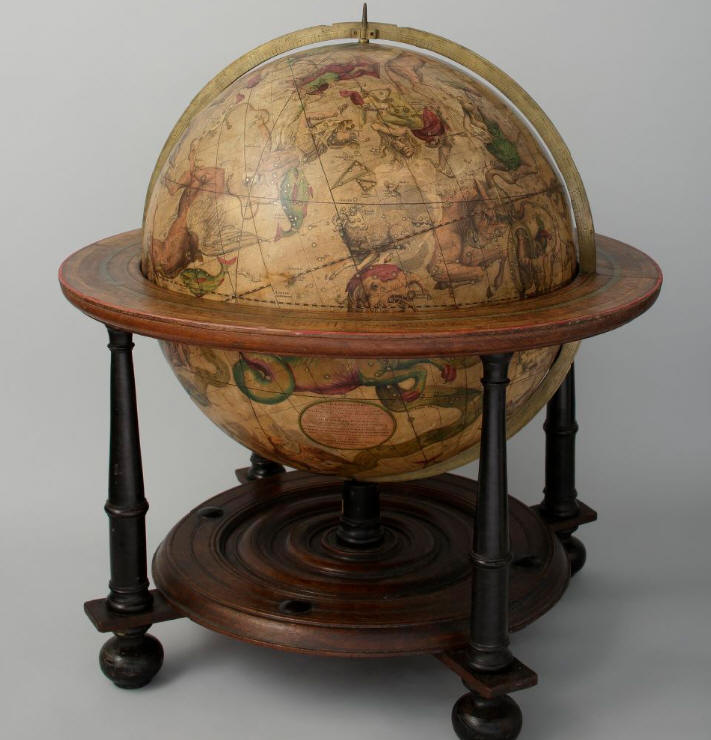
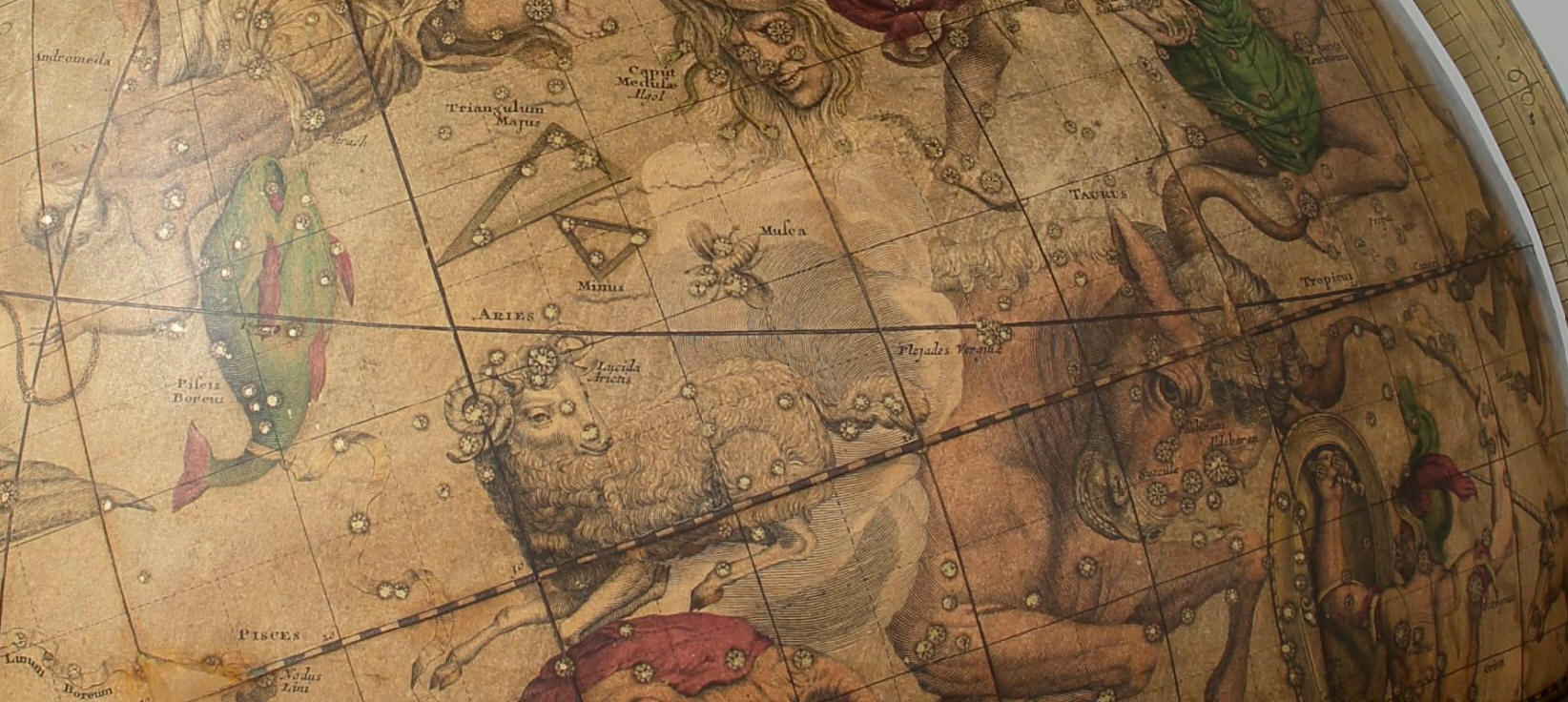
https://gallica.bnf.fr/ark:/12148/btv1b55010411c/f1.item
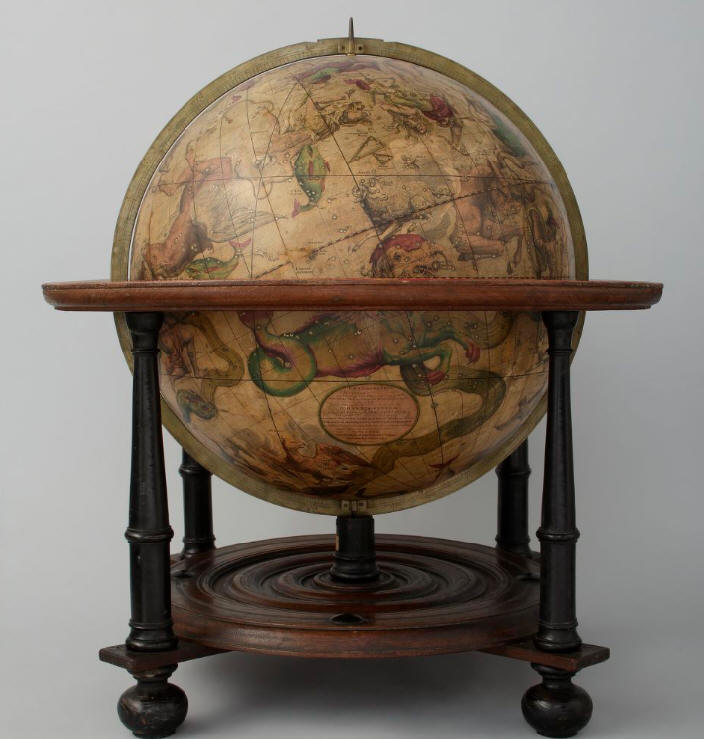
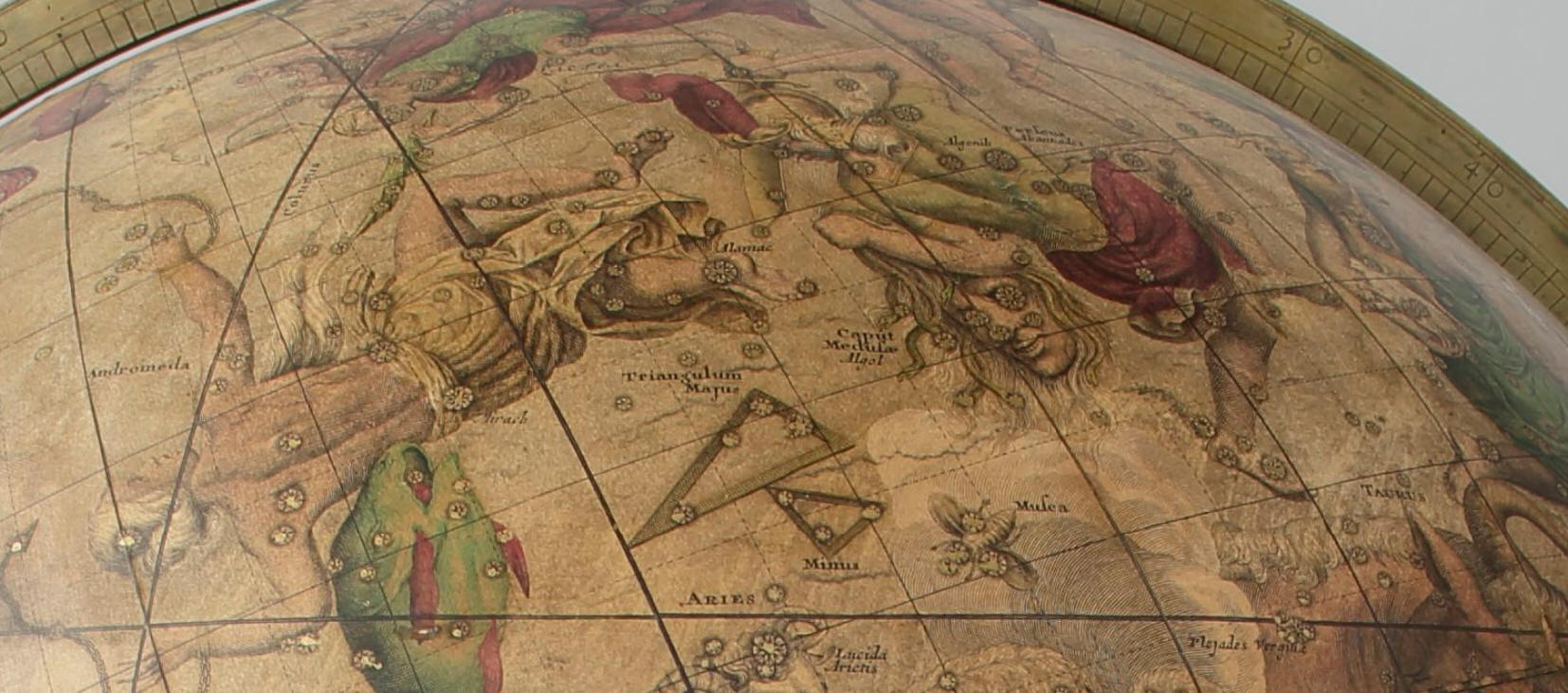
https://gallica.bnf.fr/ark:/12148/btv1b55010411c/f2.item
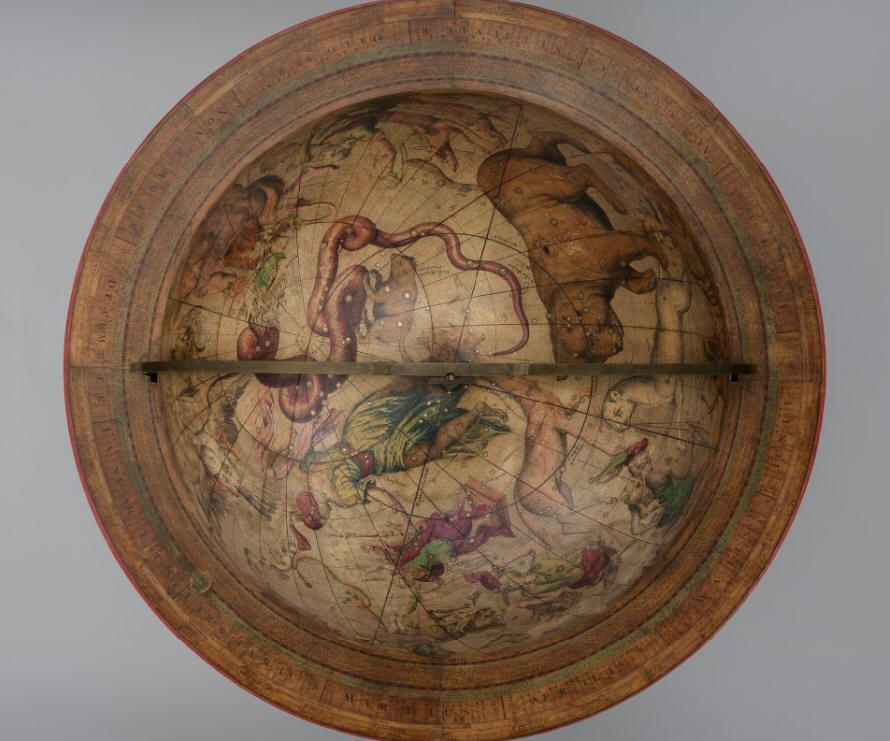
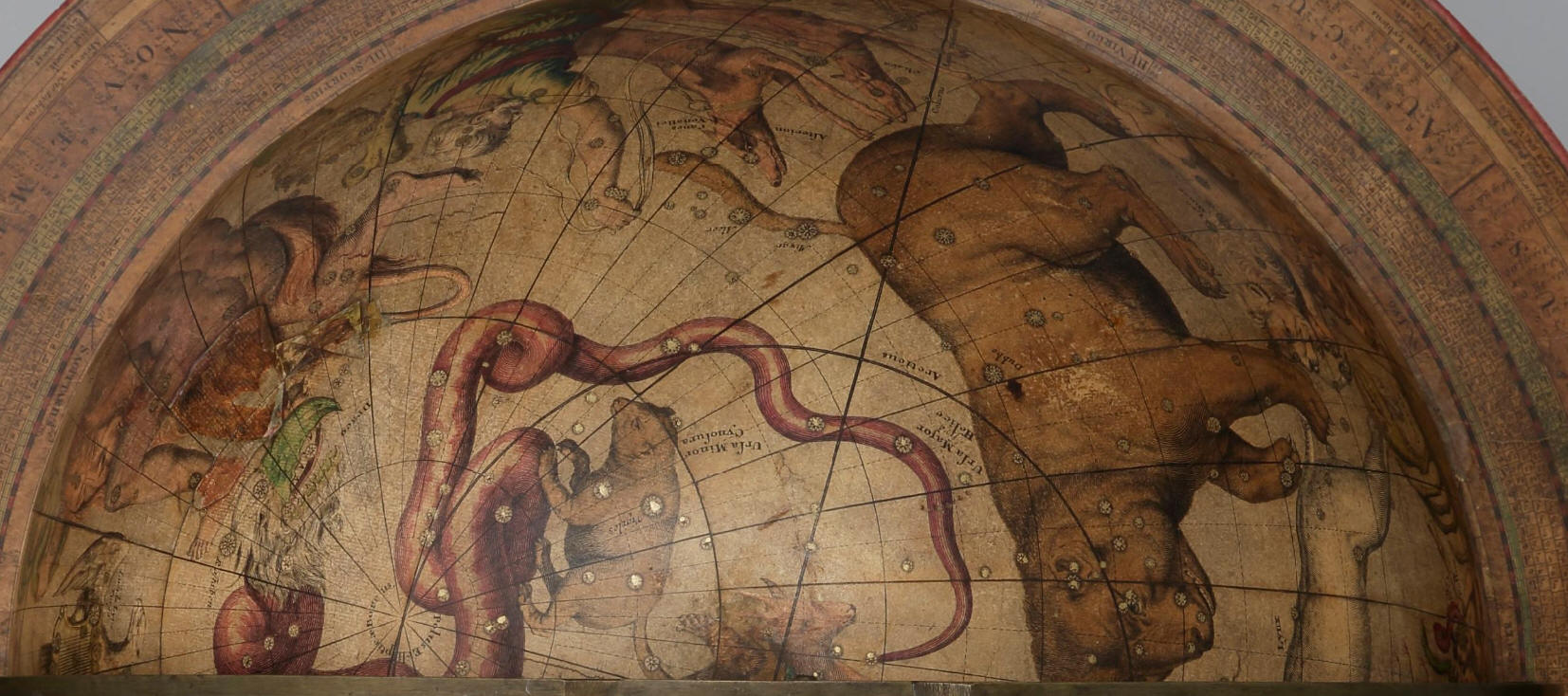
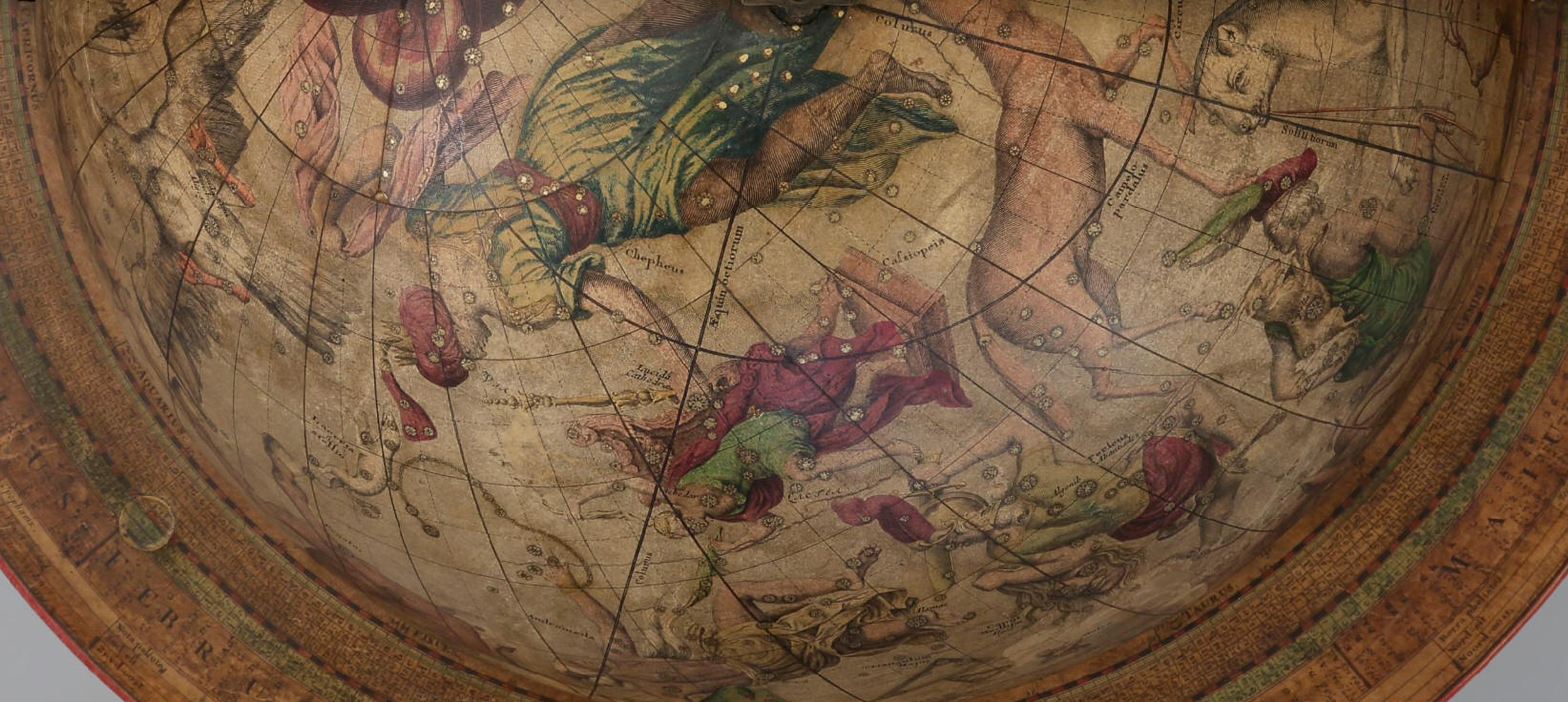
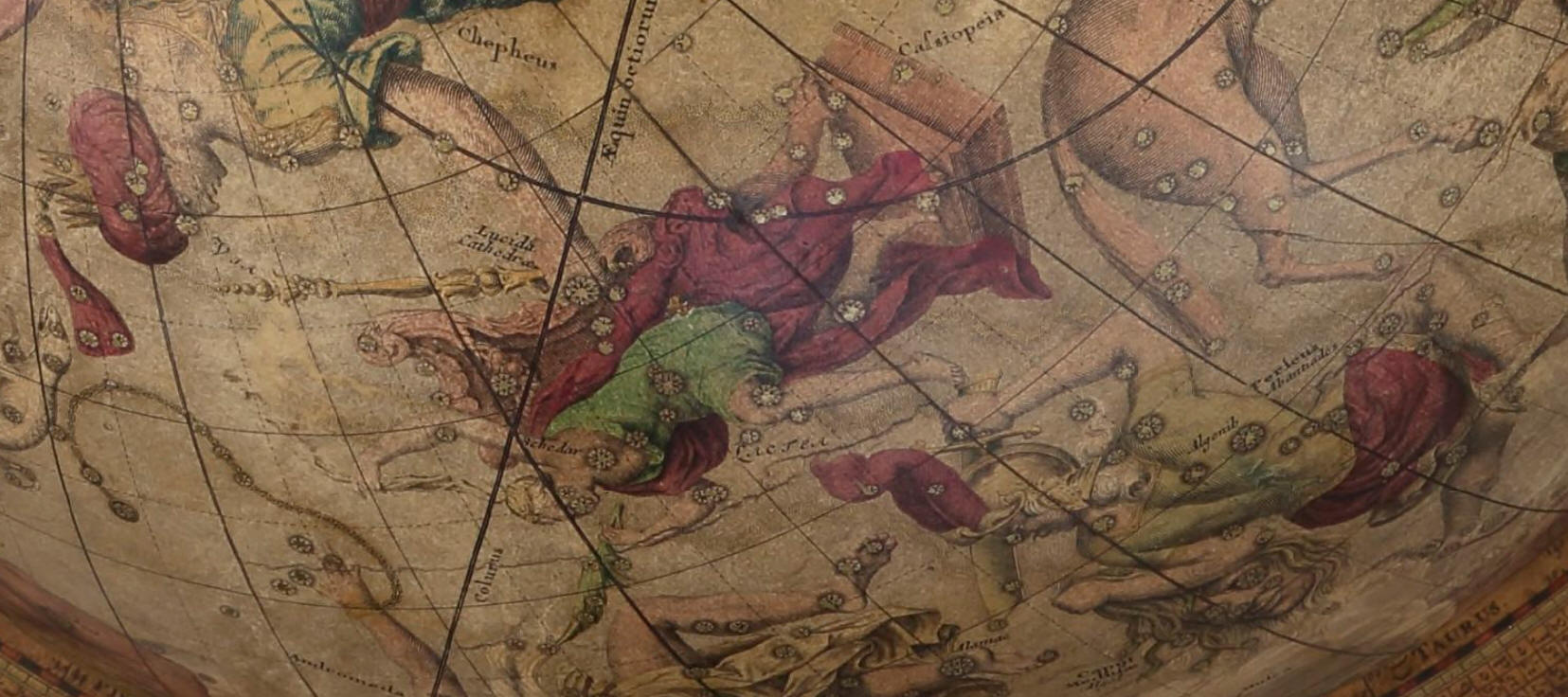
https://gallica.bnf.fr/ark:/12148/btv1b55010411c/f3.item
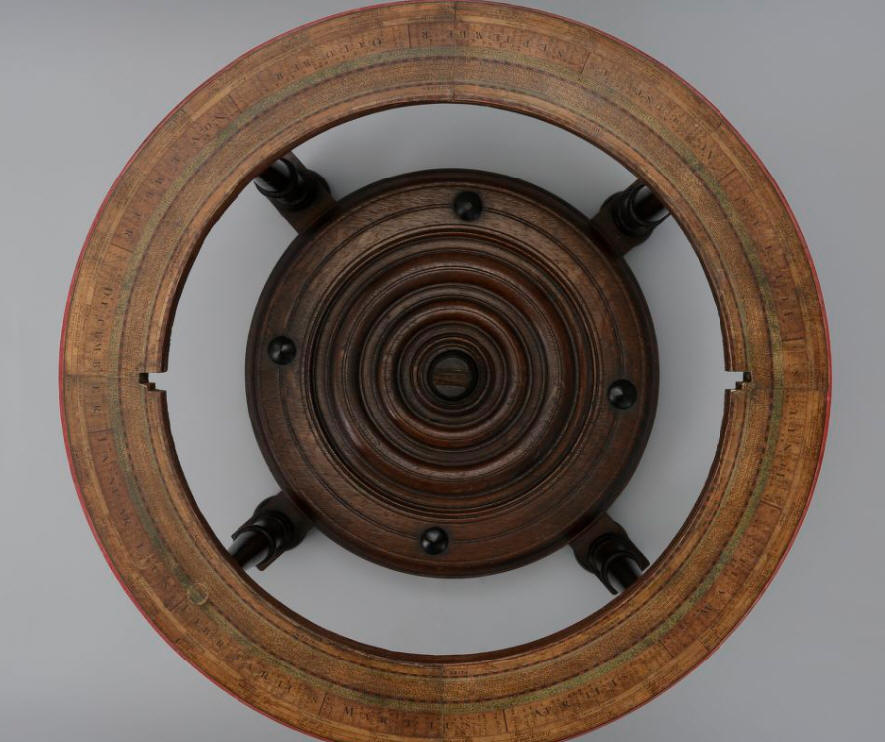
https://gallica.bnf.fr/ark:/12148/btv1b55010411c/f4.item
di FELICE STOPPA
SETTEMBRE 2018
Aggiornato DICEMBRE 2019
